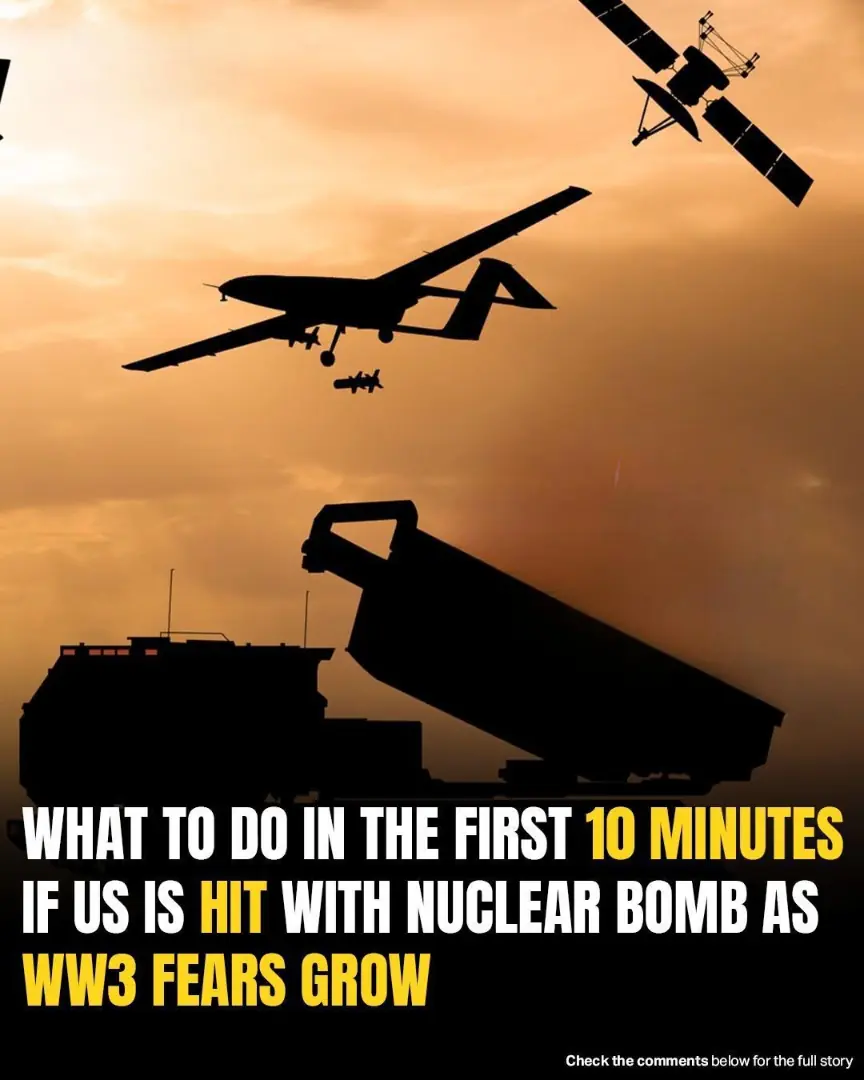
Papal Conclave First Result Is In, Sparking Public Reactions — Details
The signal drew a solemn response from tens of thousands gathered in St. Peter's Square in Vatican City on the first day of the process to elect the next pope.
On Wednesday, May 7, 2025, cardinals gathered in the Sistine Chapel to begin the conclave to elect the next pope. By 9:00 p.m., black smoke rose from the chapel's chimney, showing that the first vote had ended without a result. The moment drew reactions from people following the news around the world.

A netizen's reaction to the result of the first day of the conclave in Vatican City | Source: Facebook/cnninternational
According to Vatican News, the ballot concluded without the election of a Pope. As the outcome remained uncertain, around 45,000 people gathered in St. Peter's Square, awaiting an announcement after 7:00 p.m. — but it wouldn't arrive until nearly two hours later.
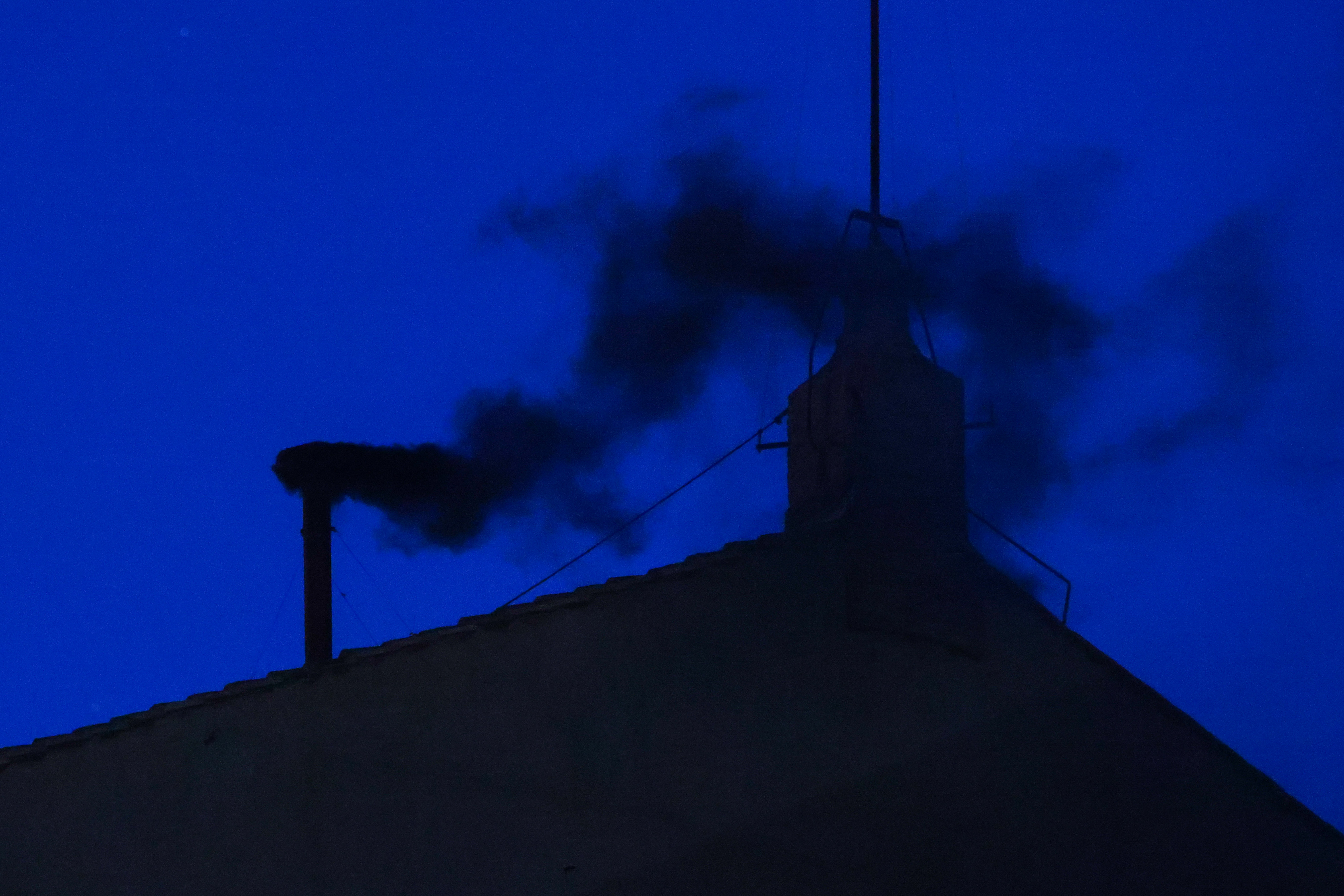
Black smoke is rising from the Sistine Chapel's chimney in Vatican City, on May 7, 2025 | Source: Getty Images
The crowd reportedly began leaving the square soon after black smoke rose above the Sistine Chapel. Among those waiting were tourists hoping their visit would align with a historic announcement, as well as locals who had arrived after work and said they planned to return the following day.
Sharing in the anticipation was Deacon Nicholas Nkoronko from Tanzania, who stood among the faithful in the square. He said, "Our role here is to pray and to join with other Christians, other Catholics, to pray for the Holy Spirit to guide the whole process."
Nkoronko emphasized that the Pope's origin — whether from Africa, Asia, or America — was secondary to his spiritual leadership, stating that what the Church truly needs is "a holy Pope," someone who "will guide the Church and will be the pastor of the Church."
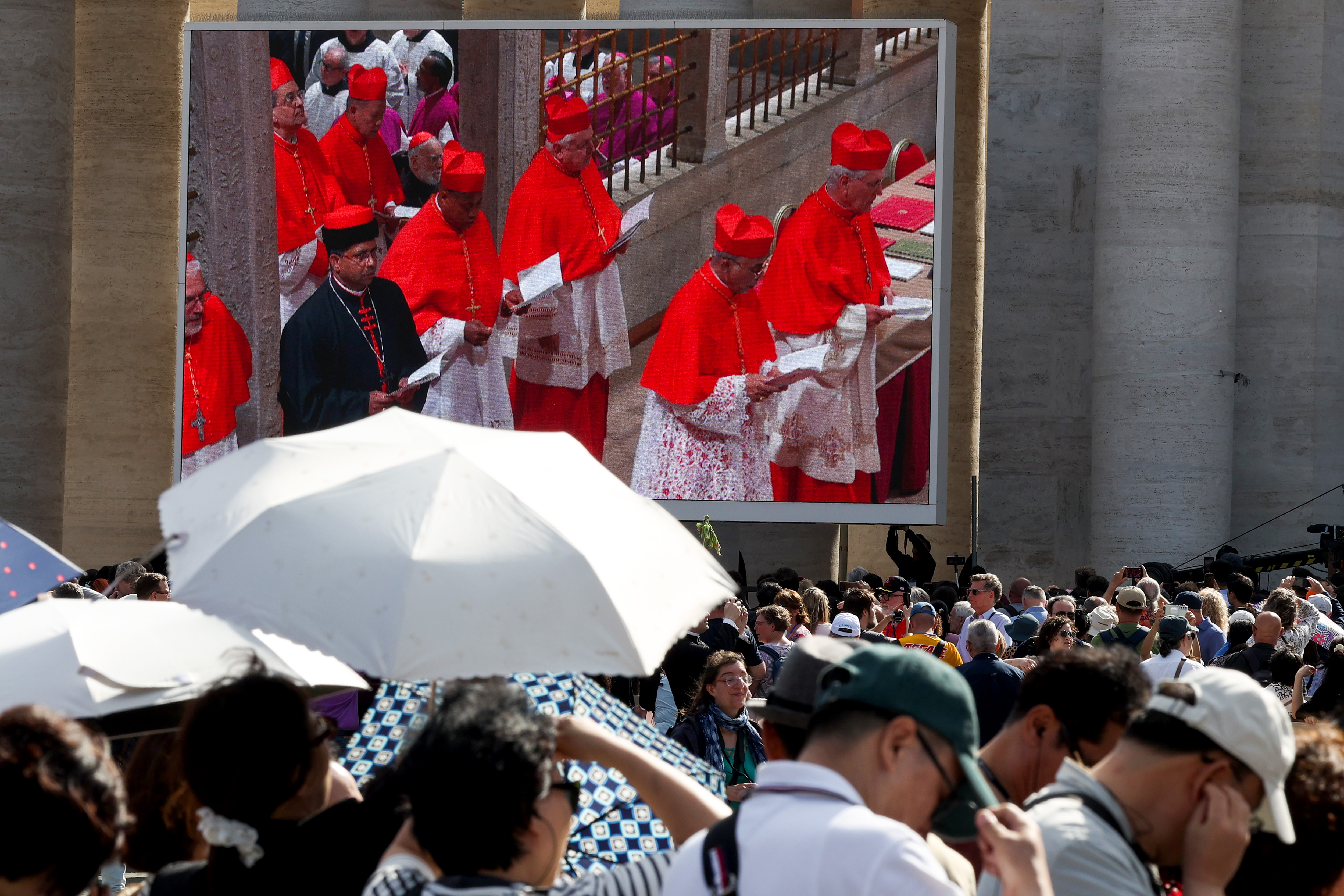
Cardinals enter the Sistine Chapel for the conclave, shown on screens at St. Peter's Square in Vatican City on May 7, 2025 | Source: Getty Images
Online, public reactions varied sharply. One netizen wrote, "Swearing secrecy is not a good thing. This should be open. Secrets only leave room for deception." Another stated, "It is not worthy [sic] one to discuss with. Yet another election with no use."
Others questioned the process. One remarked, "I think these people are voting for themselves," while another asked, "took so long?"
One commenter expressed skepticism about the conclave's speed, predicting it could take months before a new Pope is elected. Another reflected on Pope Francis's legacy, suggesting that finding someone equally great may be difficult.
A different person offered a heartfelt prayer, asking for divine intervention and hoping the next Pope would be someone truly connected to the people. Someone shared mixed emotions — hopeful for the announcement of a new Pope, yet saddened by the end of Pope Francis's tenure.
Another observer acknowledged the expected outcome of the first ballot and offered well-wishes to the cardinals as they prepare for the next day's proceedings.
While the crowd reflected on the moment, the process inside the Sistine Chapel followed long-established rhythms, as explained by Church officials and scholars familiar with the conclave.
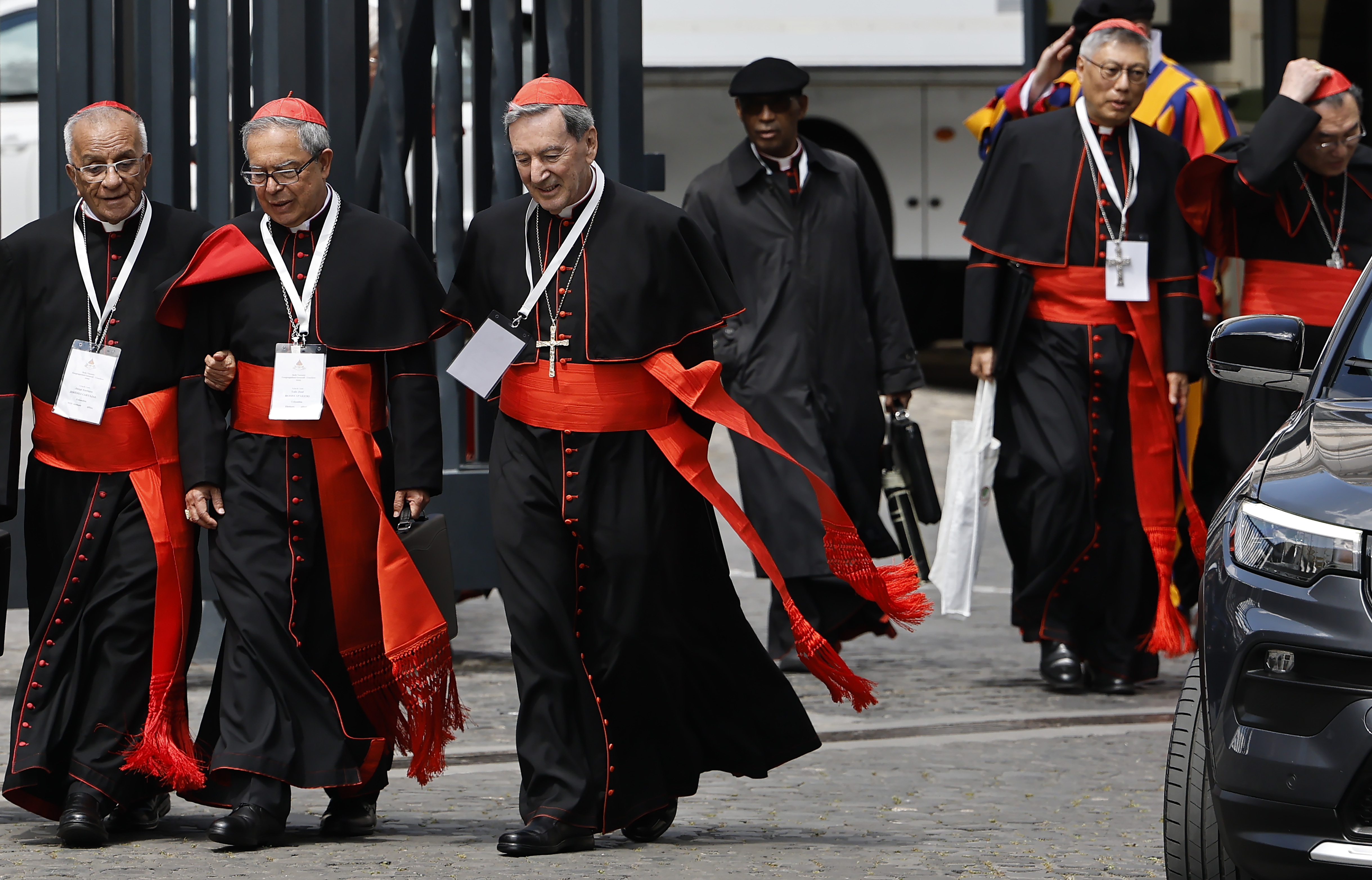
Cardinals Jorge Enrique Jiménez Carvajal and Luis José Rueda Aparicio from Colombia leave a meeting with other cardinals on April 28, 2025, in Rome, Italy. | Source: Getty Images
Kurt Martens, a professor of canon law at The Catholic University, anticipated that the first ballot would run late due to a combination of factors.
He cited the extended length of the homily by Cardinal Cantalamessa, "who has a tendency to preach long," as well as the drawn-out oath-taking process, which he said "took forever as they entered into conclave." Martens noted this was "much longer than last time around."
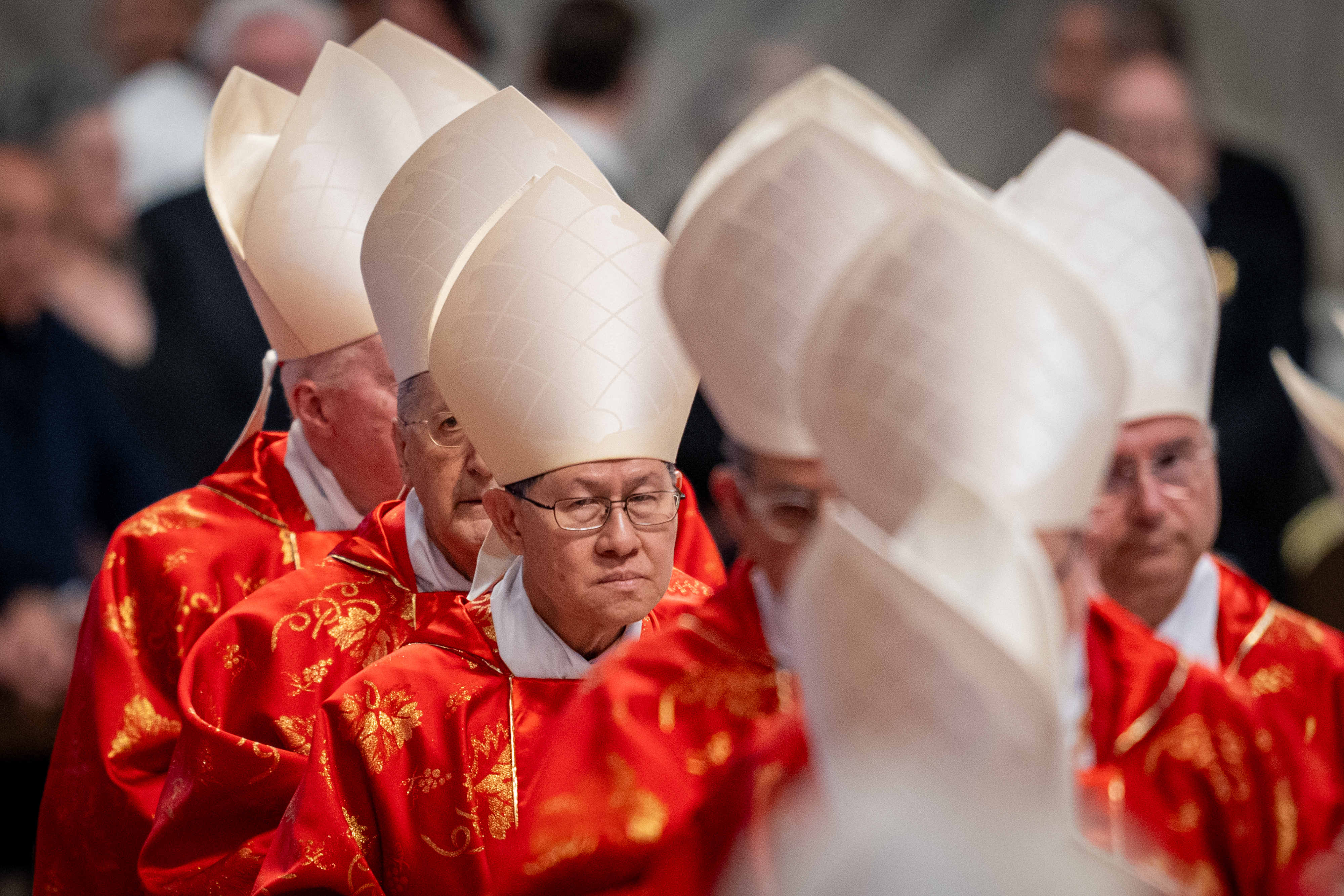
Cardinal Luis Antonio Tagle attends the final Mass before the conclave at St. Peter's Basilica on May 7, 2025 | Source: Getty Images
Martens added that the process unfolds at a measured pace, in part due to the age of many participants. "It's not like you have 20-year-olds running up to the altar, so that takes time," he said.
He also pointed to procedural demands, such as selecting revisers to verify the scrutineers' work. "So it's a lengthy process," he said, and later added, "So be patient. And extend your airtime a little longer."
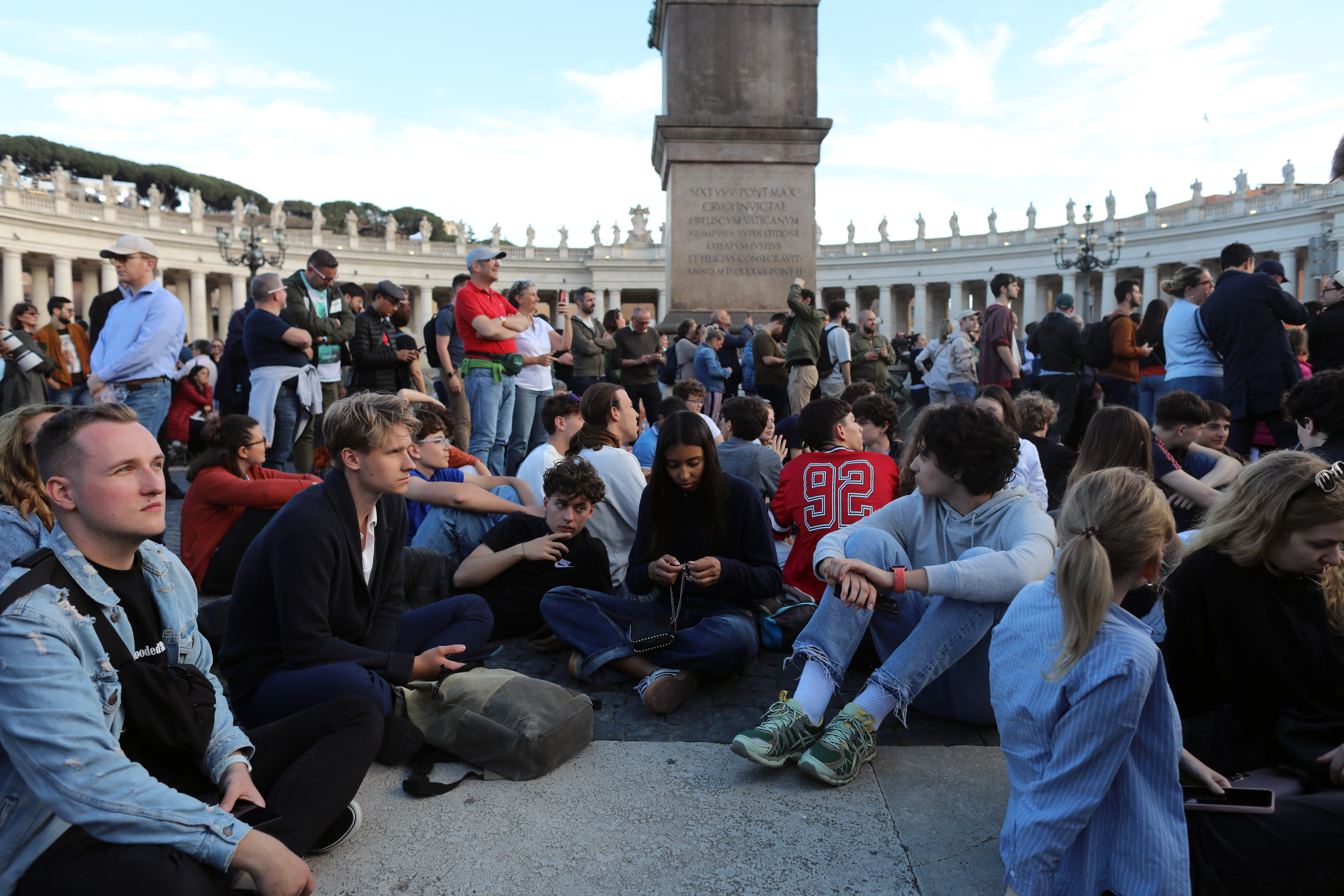
People gather in St. Peter's Square on May 7, 2025, in Vatican City for the first day of the conclave | Source: Getty Images
While the first round rarely produces a result, it still serves a purpose. Bishop Robert Barron, founder of Word on Fire, noted that while "it's close to no chance" that a pope is selected during this time, the vote still matters.
He called it "an important one, almost certainly indecisive," but noted that it "will give a good indication of where the conclave is."
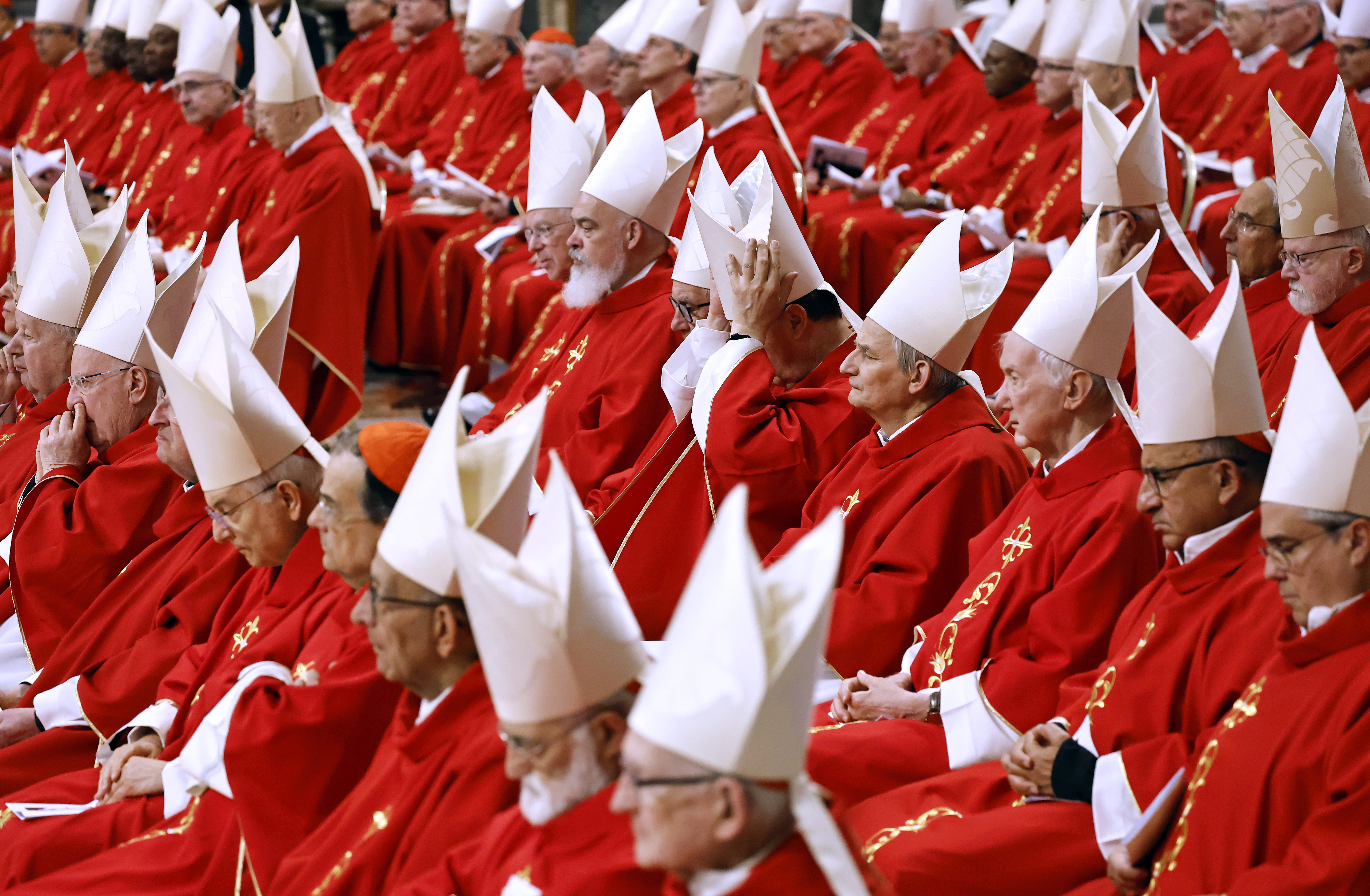
Cardinals attend the third Novemdiales mass for Pope Francis in St. Peter's Basilica on April 28, 2025. | Source: Getty Images
Meanwhile, Reverend Sam Sawyer, a Jesuit priest and editor-in-chief of America Media, emphasized that the conclave's secrecy is designed to shield the cardinals from outside influence. "It gives them the freedom to vote within their own conscience for the man they think is best suited to be the pope," he remarked.
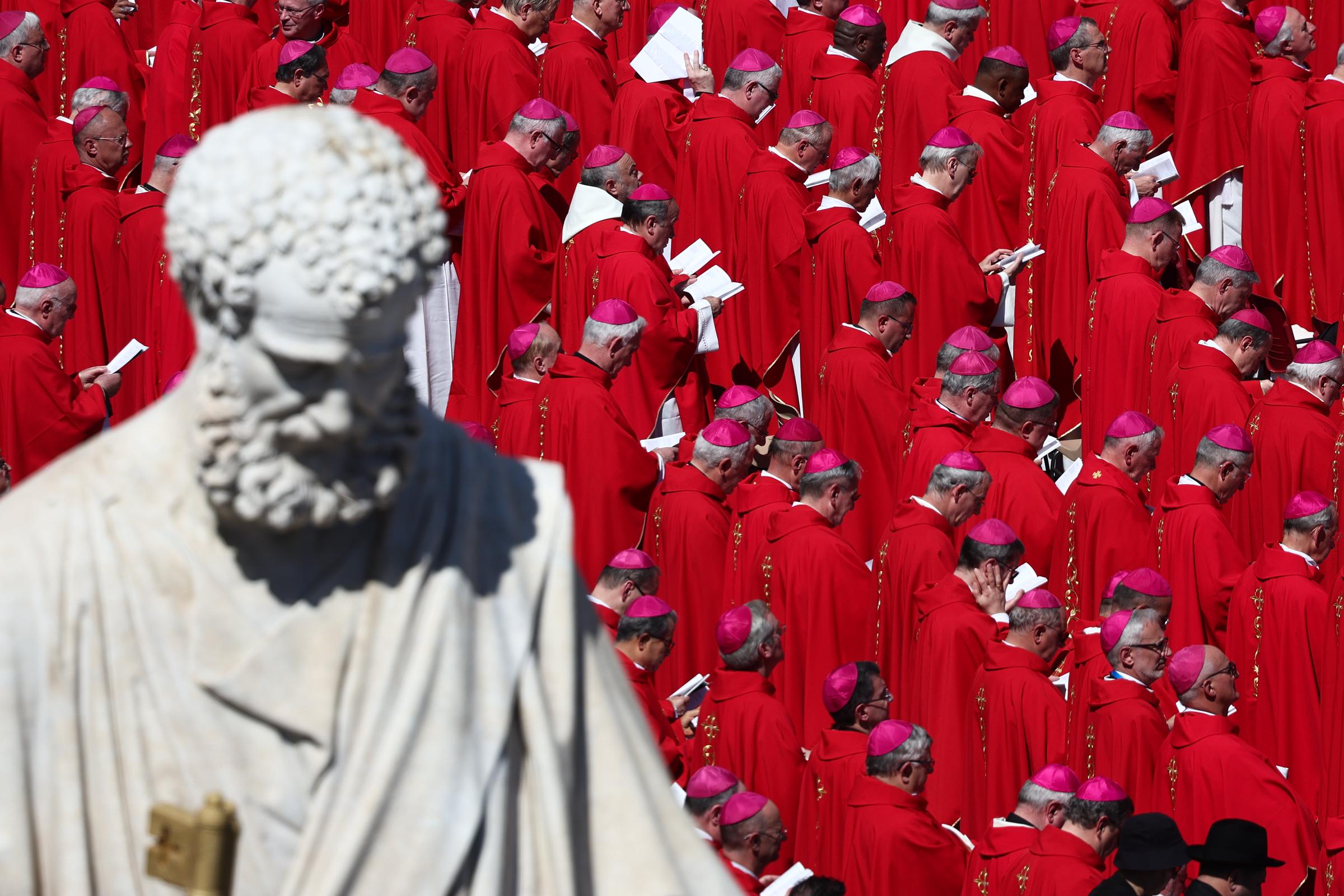
The cardinals attend the funeral ceremony of Pope Francis at St. Peter's Square in Vatican City on April 26, 2025. | Source: Getty Images
He added that it also enables open and honest discussions among the electors, allowing them "to be really frank with each other."
Sawyer further noted the historical importance of confidentiality, "In the past, one of the reasons to protect the conclave this way is because it would come under political pressure or come under, you know, pressure from people who would basically hand the papacy down within families."
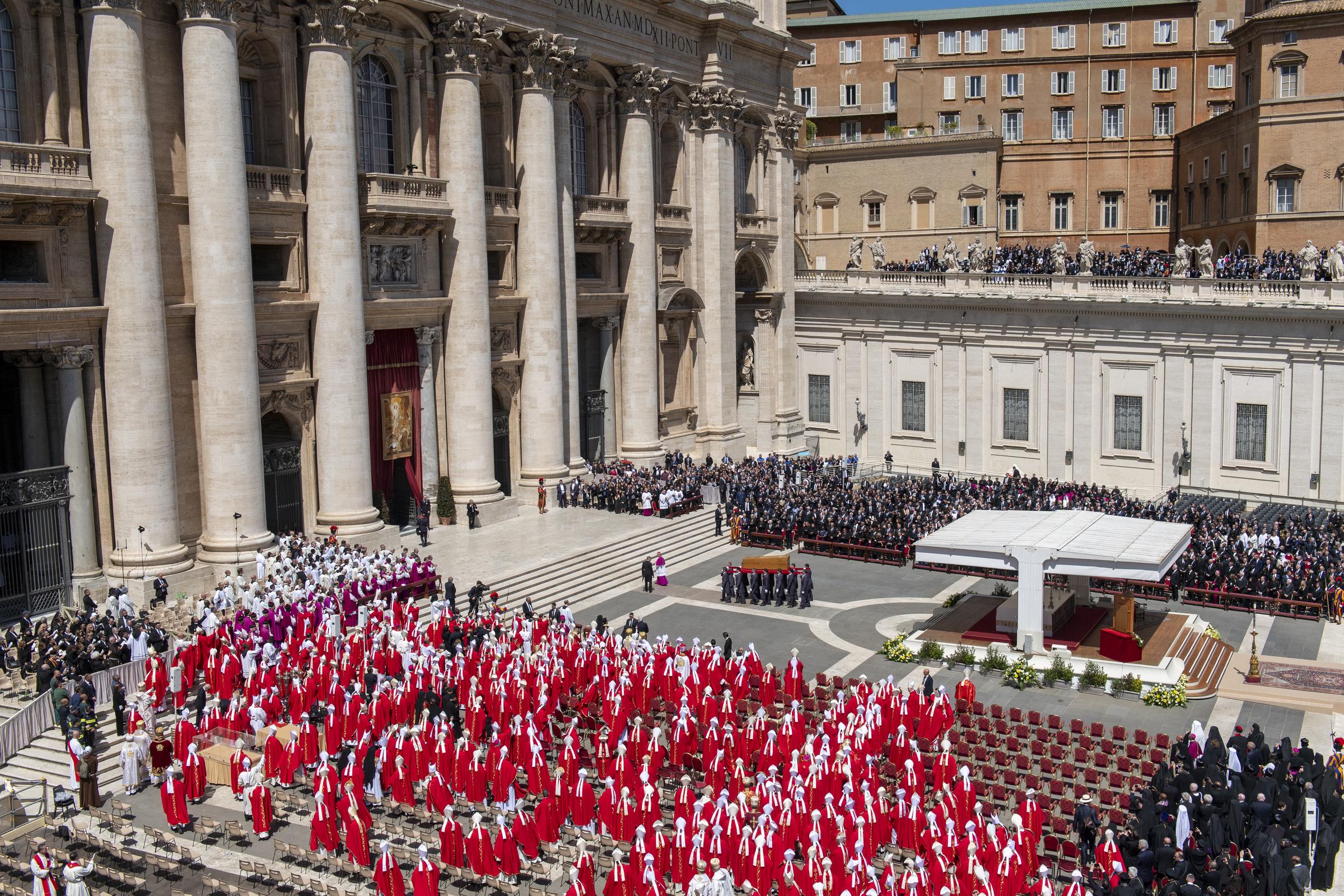
Pope Francis' coffin is carried into St. Peter's Basilica after his funeral in Vatican City on April 26, 2025. | Source: Getty Images
That protection is reinforced by the rigid structure of the conclave itself. As detailed by Vatican News, each stage of the election follows a strict and centuries-old procedure.
Cardinal electors receive ballots printed with the Latin phrase "Eligo in Summum Pontificem." They write the name of their chosen candidate, fold the ballot, swear an oath, and place it in a chalice at the altar using a plate.

A cardinal reads from the Gospel as others stand in prayer during the papal conclave at the Vatican on May 7, 2025 | Source: Getty Images
For those unable to approach the altar due to illness, a scrutineer deposits the vote on their behalf. If a cardinal is too unwell to be in the chapel, three designated infirmarii carry a sealed box to their quarters to collect the ballot, then return it under strict procedural safeguards.
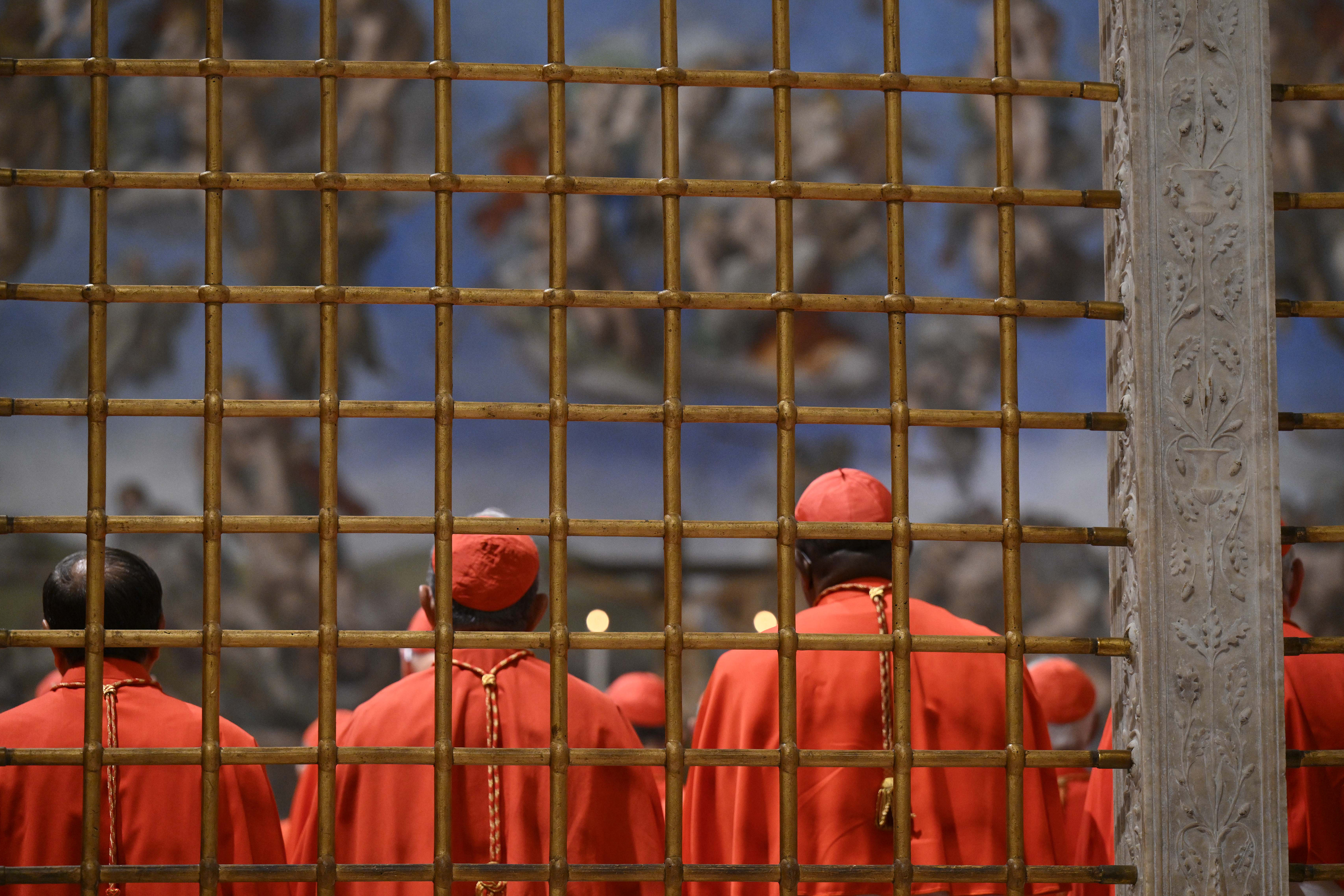
Cardinals gather inside the Sistine Chapel as the papal conclave begins in Vatican City on May 7, 2025 | Source: Getty Images
After all votes are cast, scrutineers confirm the count and read each name aloud. The ballots are then threaded together and burned in a cast-iron stove. A second stove, installed in 2005, releases the smoke through the chimney. Chemicals added to the fire produce black smoke if no Pope is elected and white smoke when one is.
To elect a Pope, a candidate must receive a two-thirds majority — at least 89 votes from the 133 electors. Up to four ballots are held each day. If no decision is reached after multiple rounds, the process includes scheduled pauses for prayer and reflection.
After 21 inconclusive votes, only the two leading candidates remain eligible, though they cannot vote themselves, and the two-thirds threshold still applies.
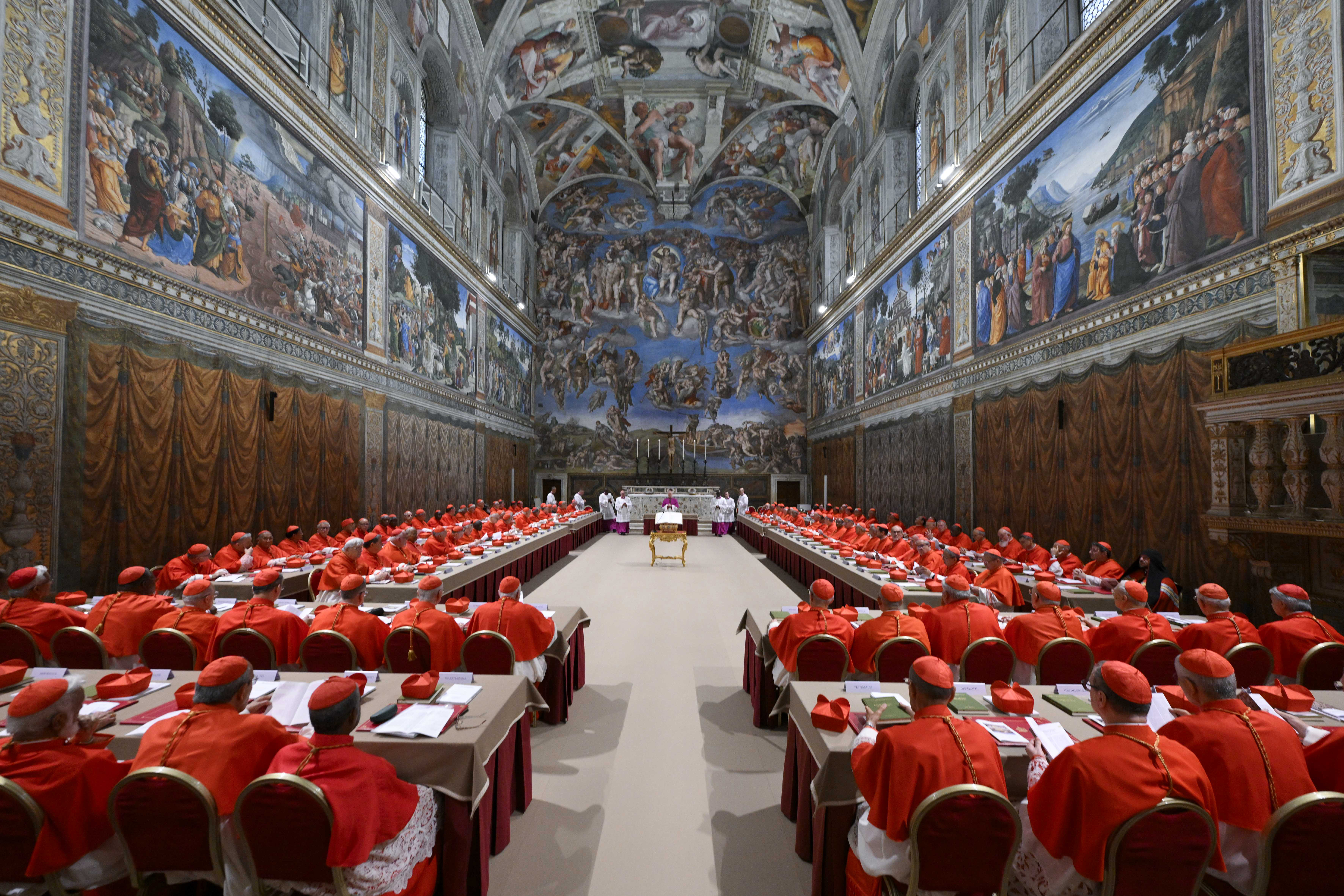
Cardinal-electors enter the Sistine Chapel on May 7, 2025, to begin the conclave following Pope Francis’ death | Source: Getty Images
With the first vote behind them and black smoke confirming no consensus, attention now turns to the days ahead and to the figures who may shape the Church's future.
The death of Pope Francis on April 21 triggered a sacred and centuries-old process to select his successor.
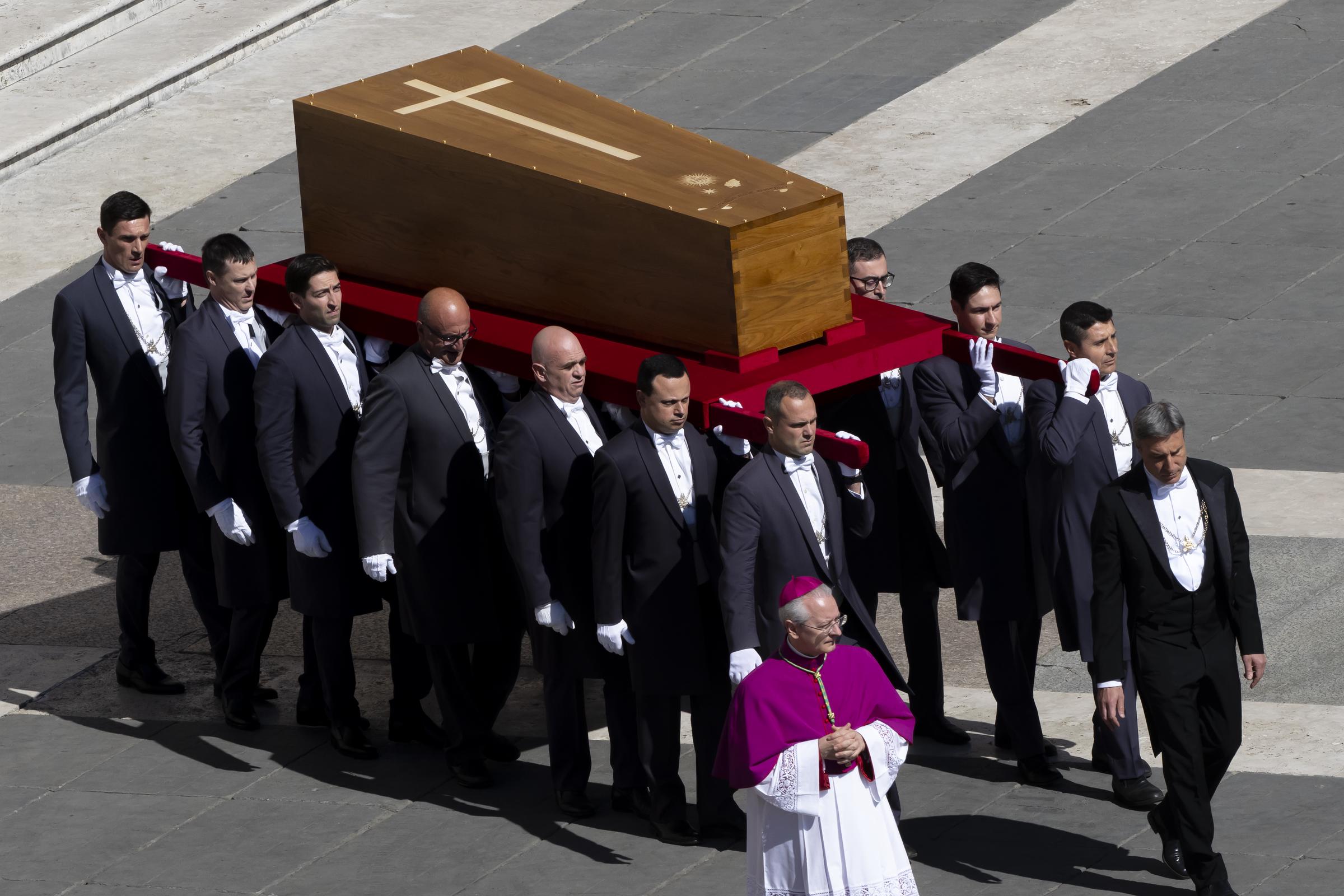
Pope Francis' coffin is carried into St. Peter's Square for his funeral on April 26, 2025, in Vatican City. | Source: Getty Images
As this process unfolds, the choice of a new pope will be influenced not only by the Church's current challenges, but also by those seen as capable of leading it forward. A closer look at the leading contenders offers insight into the possibilities ahead.
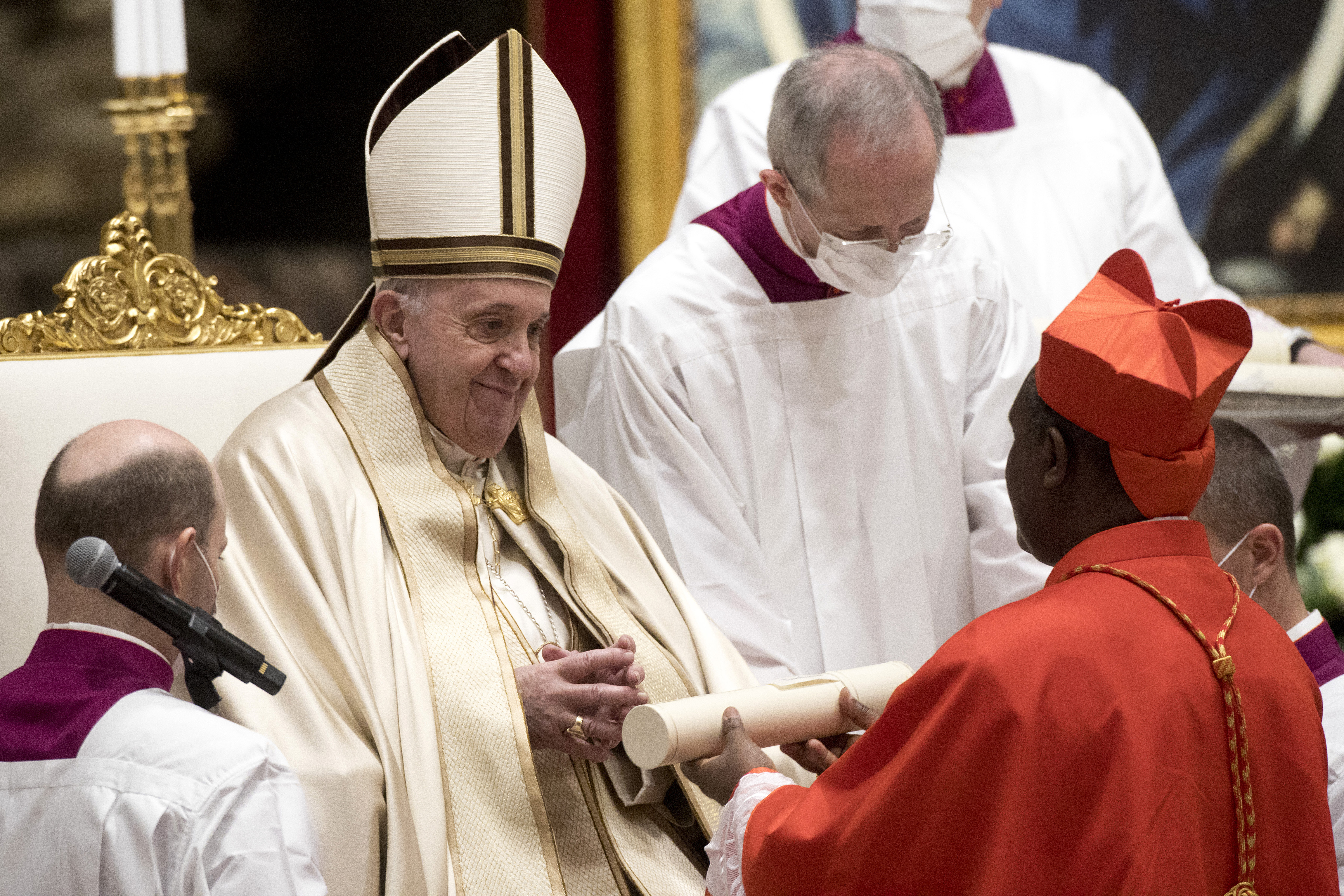
Pope Francis appoints Archbishop Antoine Kambanda of Kigali, Rwanda, as Cardinal during a Consistory at St. Peter's Basilica on November 28, 2020, in Vatican City. | Source: Getty Images
The Leading Contenders for the Papacy
As the College of Cardinals prepares to vote, 135 cardinals under the age of 80 are eligible to participate in the conclave. Among them, some potential successors have emerged, each bringing unique experience, theological perspective, and global representation.

The cardinals attend the funeral ceremony of Pope Francis at St. Peter's Square in Vatican City on April 26, 2025. | Source: Getty Images
Cardinal Peter Erdo – Hungary
Erdo, 72, is the Archbishop of Budapest and one of the most senior Catholic leaders in Central Europe. He is a canon lawyer and leads the Church in a country where most of the population identifies as Christian. Erdő is known for supporting the pope's efforts to build stronger ties with Orthodox Christians.
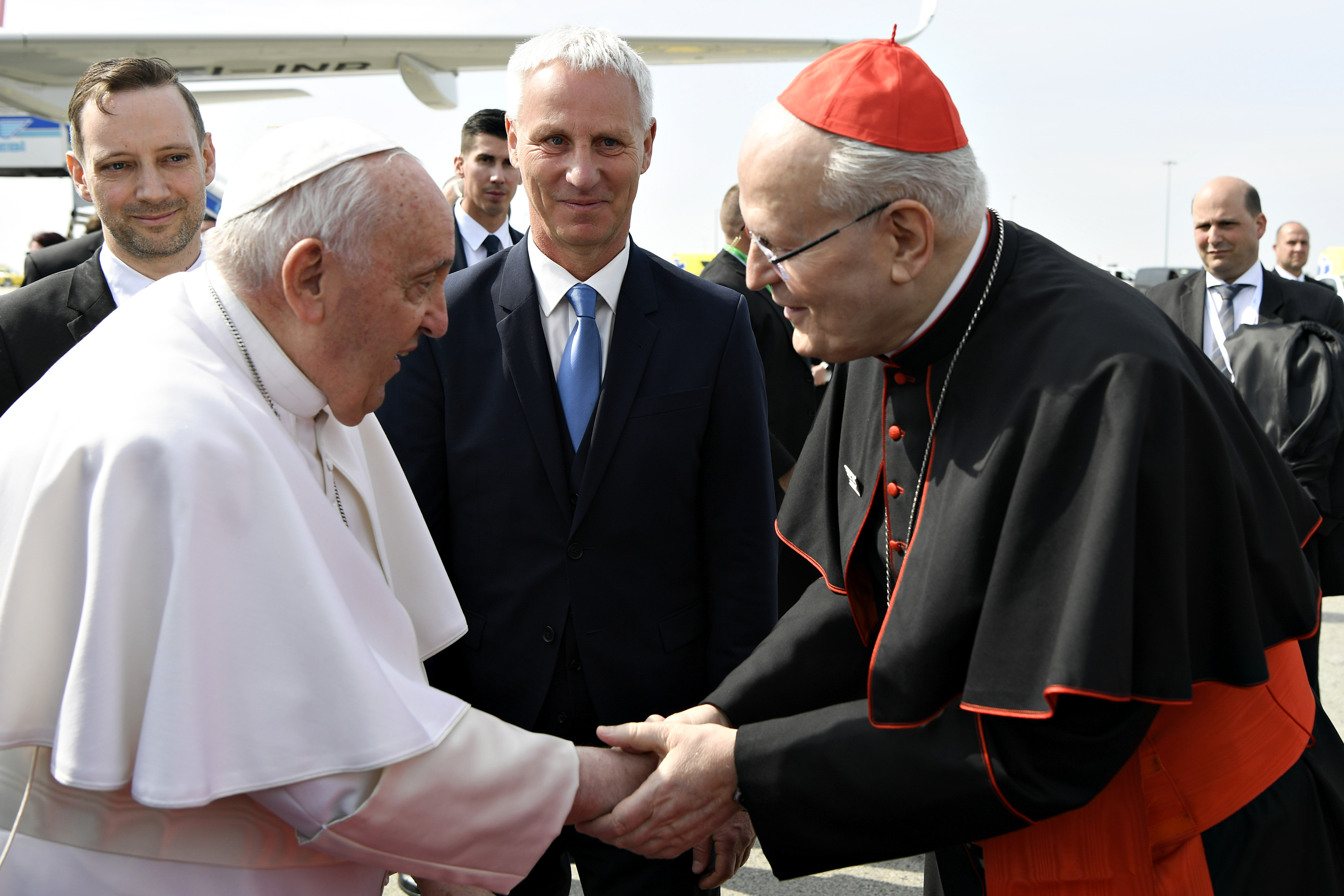
Pope Francis greets Cardinal Peter Erdo, the Archbishop of Budapest, upon his arrival at Budapest Airport on April 28, 2023, in Hungary. | Source: Getty Images
Cardinal Fridolin Ambongo – Democratic Republic of Congo
The Archbishop of Kinshasa and president of the Symposium of Episcopal Conferences of Africa and Madagascar, Ambongo, gained international attention by leading African bishops in unanimously rejecting Fiducia Supplicans, a 2023 Vatican declaration on blessings for same-sex couples.
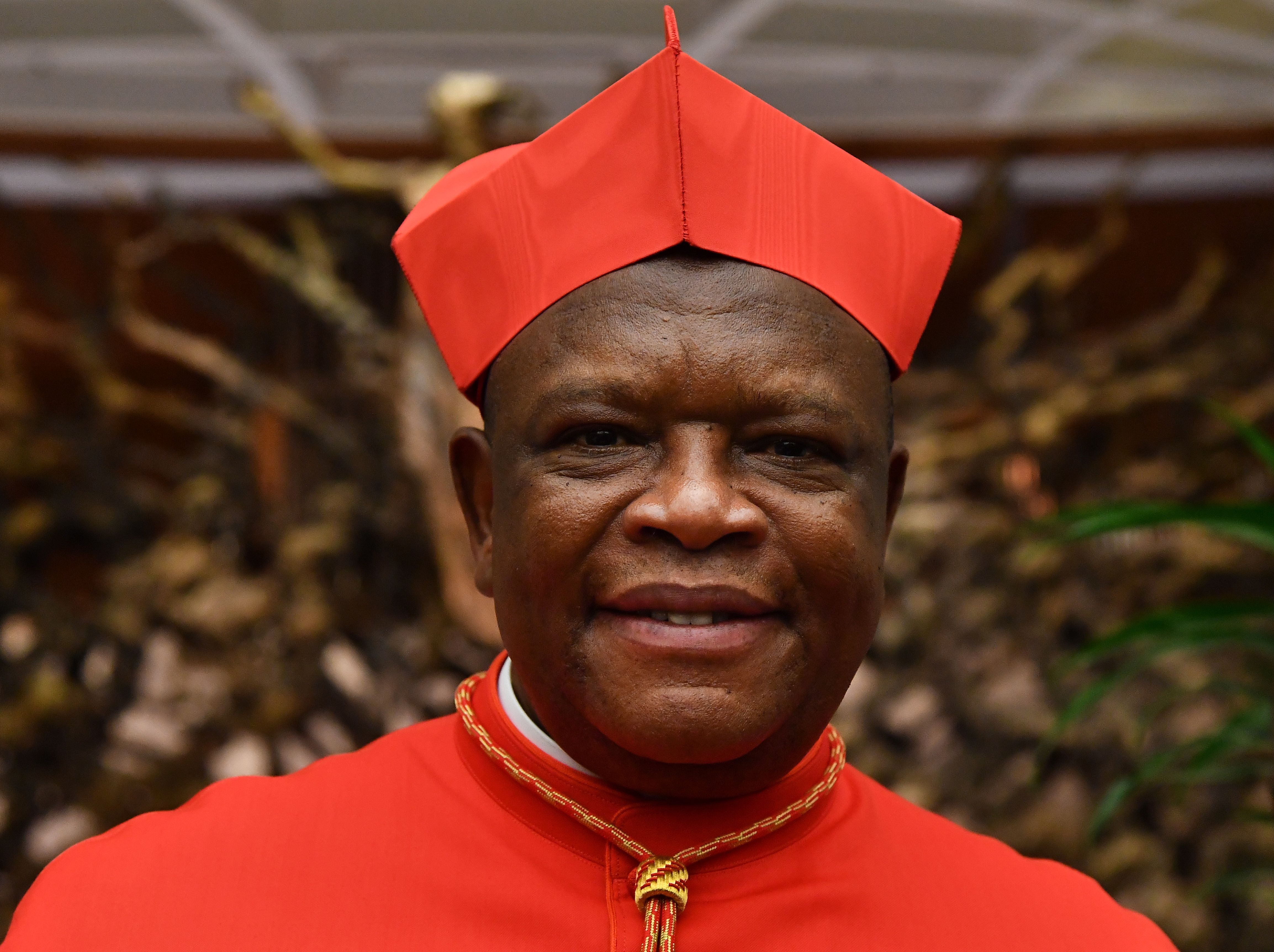
Cardinal Fridolin Ambongo Besungu meets with relatives and friends after his appointment by the Pope at the Ordinary Public Consistory on October 5, 2019, in the Vatican. | Source: Getty Images
Cardinal Mario Grech – Malta
Grech, 68, serves as Secretary General for the Synod of Bishops. A canon lawyer by training, he has played a central role in reshaping Church governance to be more consultative and inclusive, aligning with Francis' vision.
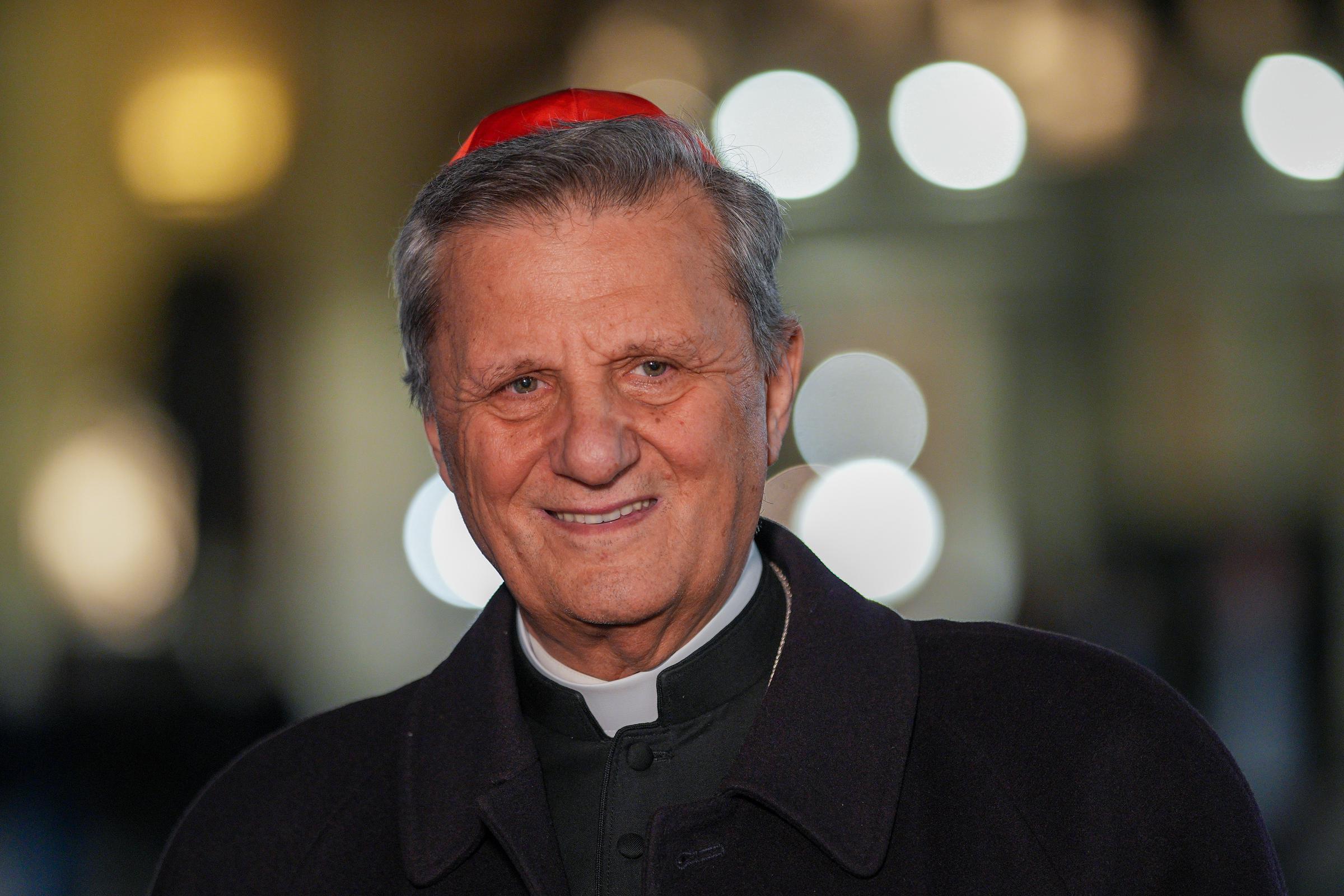
Cardinal Mario Grech takes part in a media interview on March 15, 2025, in St. Peter's Square in Vatican City. | Source: Getty Images
Cardinal Pietro Parolin – Italy
At 70, Parolin is the Vatican's Secretary of State and a seasoned diplomat. Often seen as the second-most powerful figure at the Holy See, he has remained a key presence throughout Francis's pontificate, though he lacks pastoral experience.
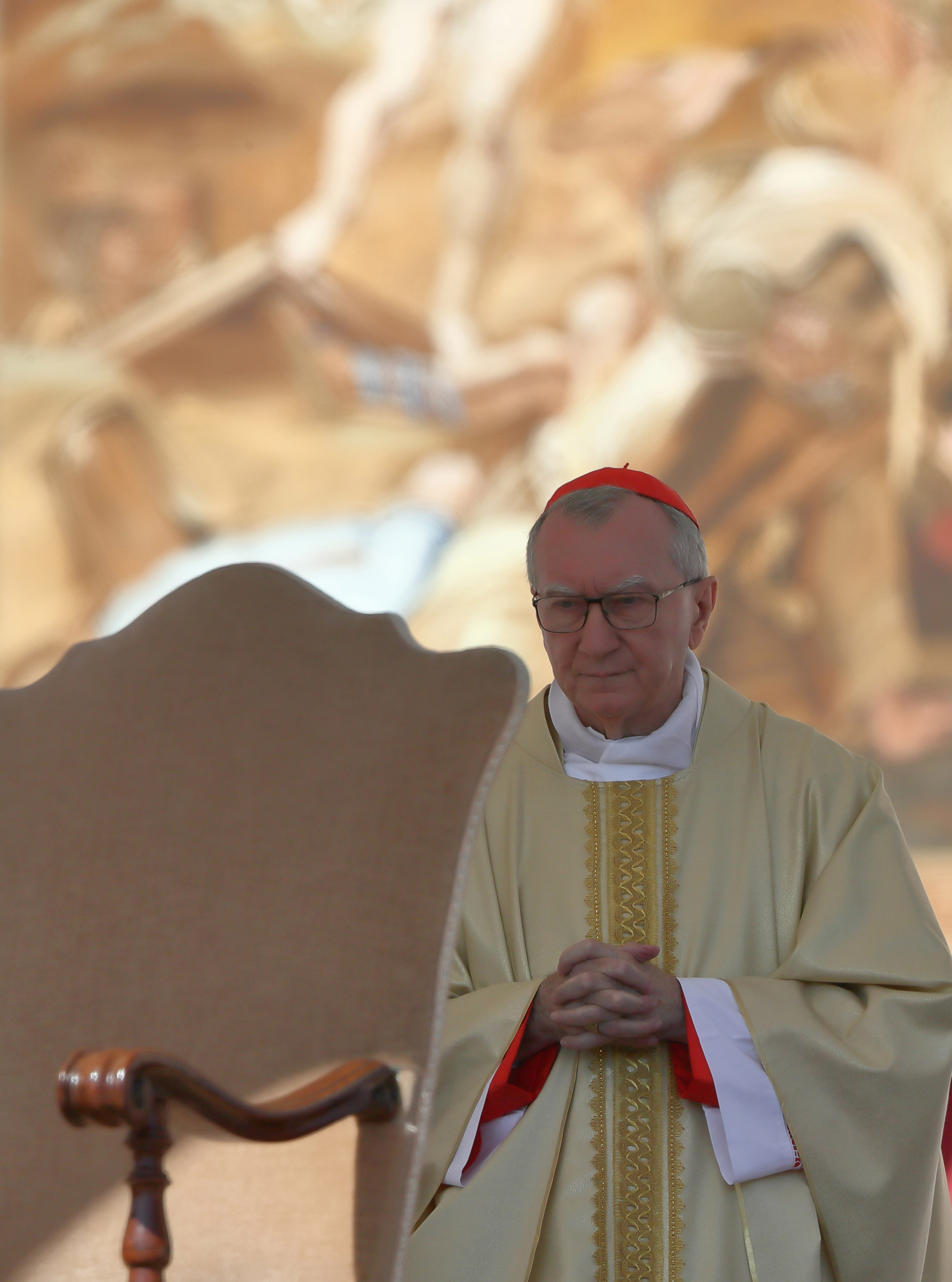
Cardinal Pietro Parolin leads a Holy Mass for the second day of Novendiali and the Jubilee of Teenagers on April 27, 2025, in St. Peter's Square in Vatican City. | Source: Getty Images
Cardinal Pierbattista Pizzaballa – Jerusalem
The 60-year-old Latin Patriarch of Jerusalem, Pizzaballa, has earned respect for his pastoral leadership and public engagement during the Israel-Hamas conflict, including visiting Gaza amid the violence.
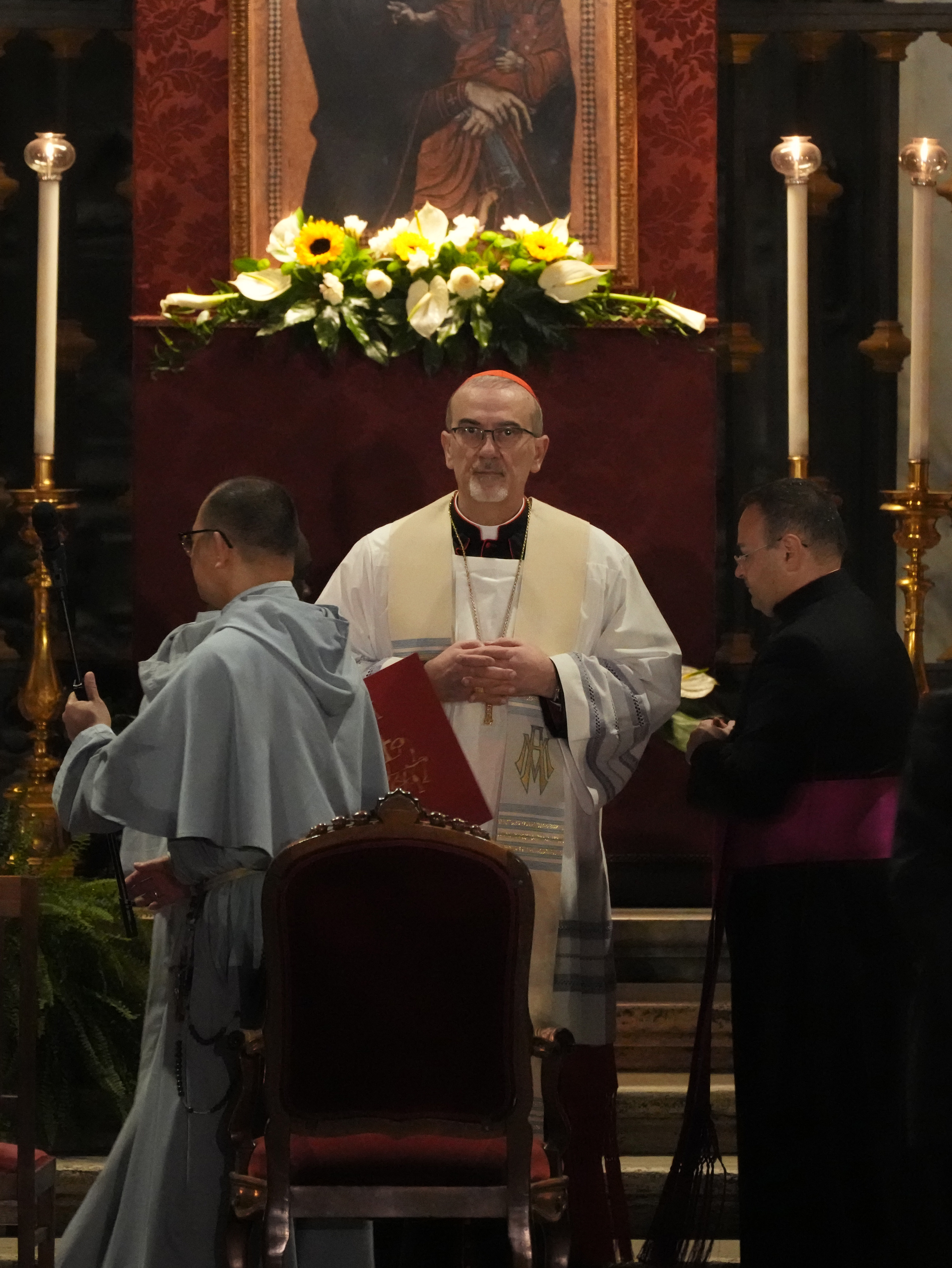
Cardinal Pierbattista Pizzaballa conducts a rosary service at Basilica di Santa Maria Maggiore on April 25, 2025, in Rome, Italy. | Source: Getty Images
Cardinal Luis Tagle – Philippines
Tagle, 67, is pro-prefect for the Congregation for the Evangelization of Peoples. Nicknamed the "Asian Francis," he is known for his missionary zeal, care for the marginalized, and inclusive approach to LGBTQ Catholics and those divorced and remarried.
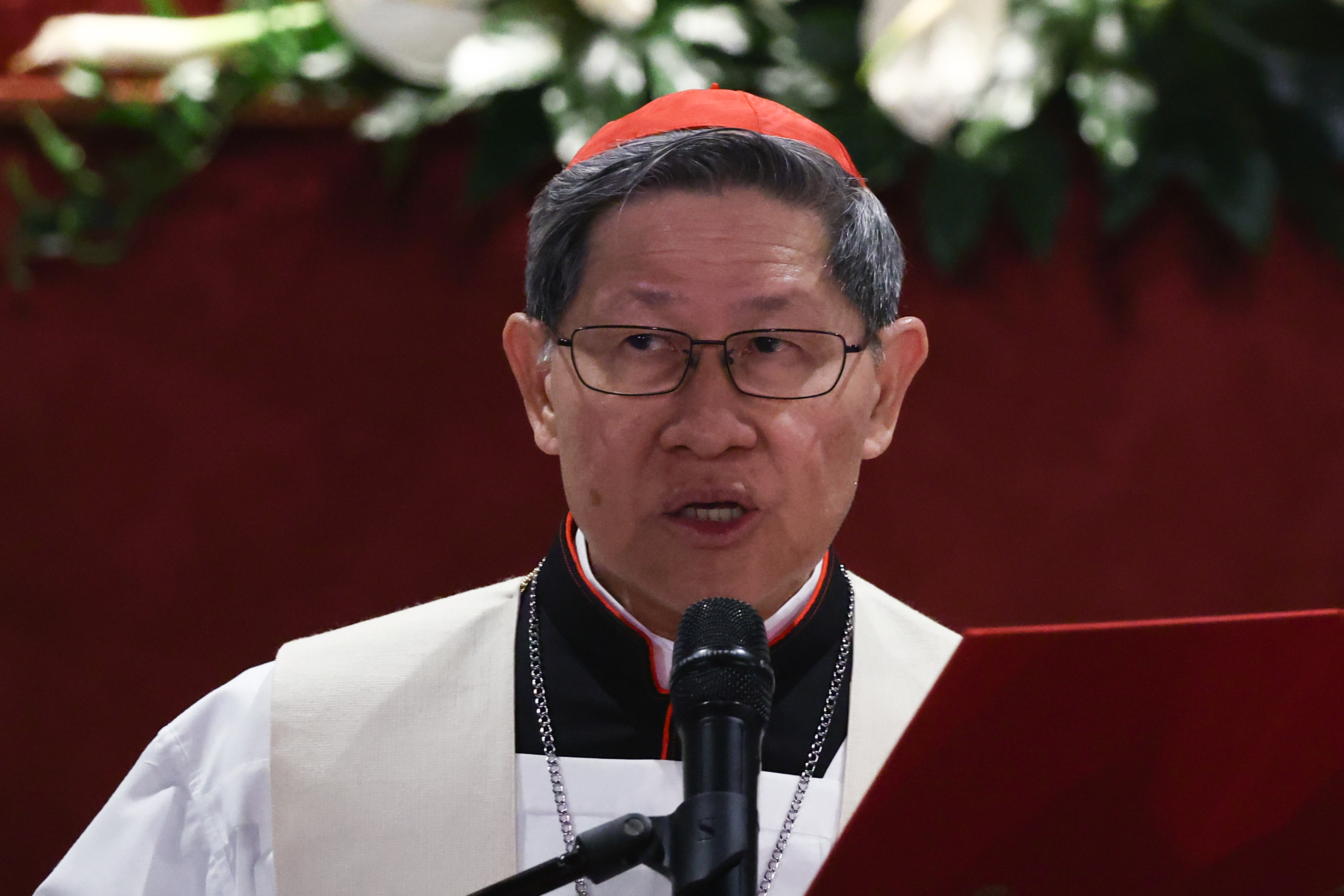
Cardinal Luis Antonio Tagle leads a rosary for Pope Francis on April 24, 2025, in the Santa Maria Maggiore Basilica in Vatican, Rome, Italy. | Source: Getty Images
Cardinal Matteo Zuppi – Italy
Zuppi, 69, is the Archbishop of Bologna and president of the Italian Bishops' Conference. Recognized for his work among the poor and his support for modernizing the Church, he is inclusive of same-sex couples and promotes interfaith dialogue.
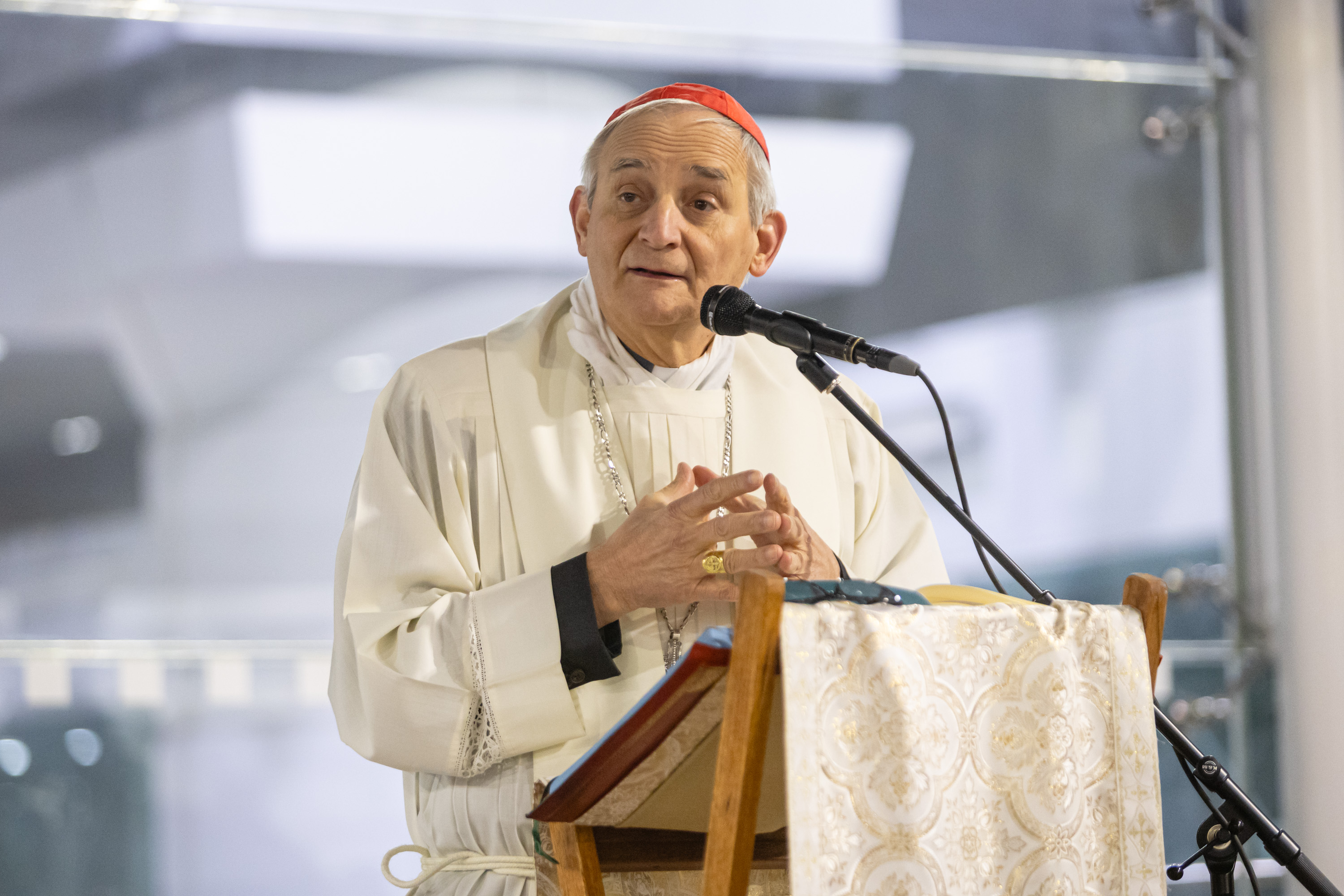
Cardinal Matteo Maria Zuppi, Archbishop of Bologna, celebrates Christmas Eve Mass in the train station hall on December 24, 2024, in Bologna, Italy. | Source: Getty Images
Cardinal Anders Arborelius – Sweden
At 75, Arborelius is the Archbishop of Stockholm and the first cardinal from Scandinavia. A convert from Lutheranism, he is a traditionalist on issues of gender and sexuality, and advocates for environmental stewardship.
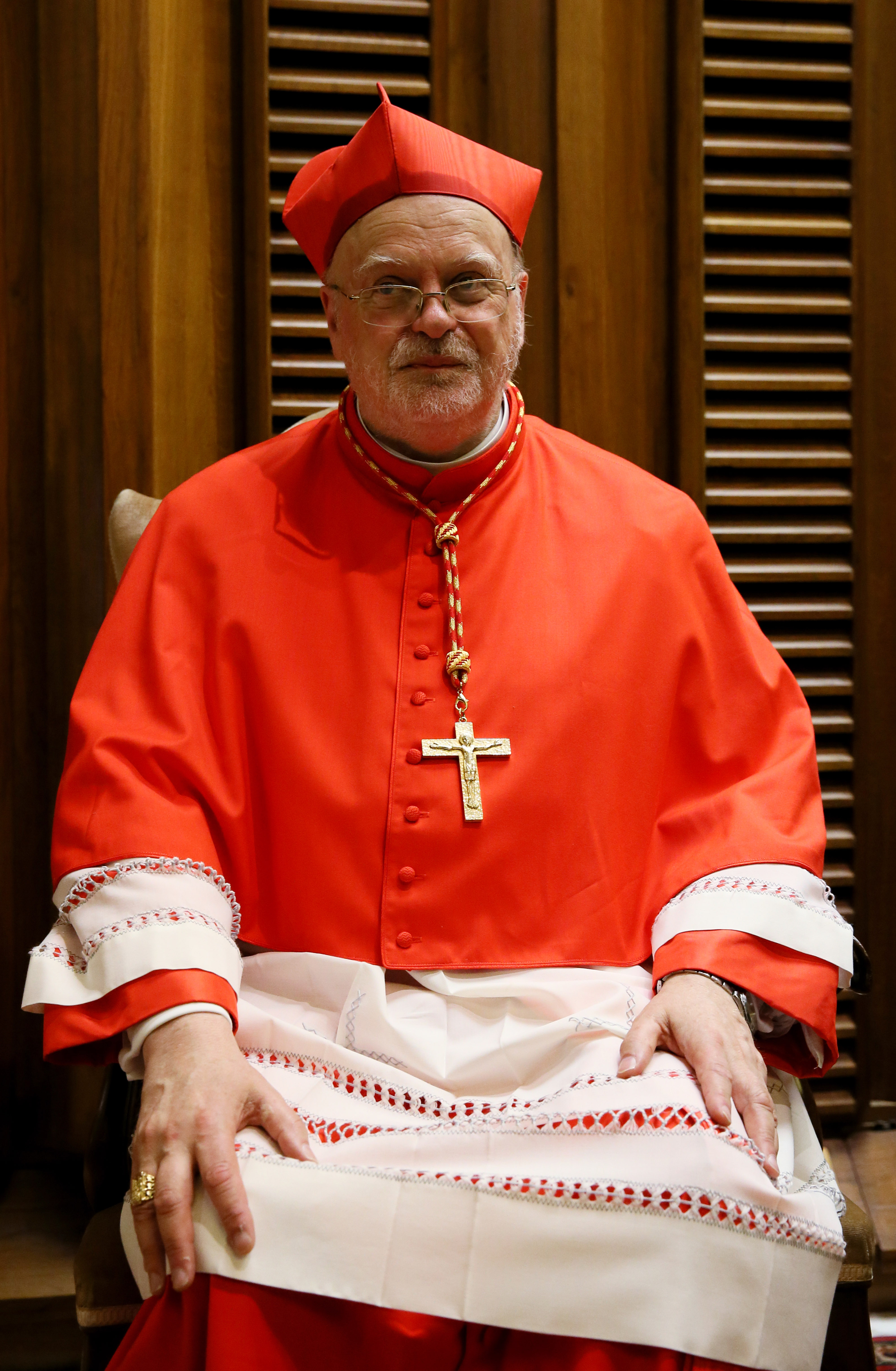
Cardinal Anders Arborelius attends the consistory for the creation of five new cardinals, led by Pope Francis, on June 28, 2017, in Vatican City. | Source: Getty Images
Cardinal Gérald Cyprien Lacroix – Canada
The 67-year-old Archbishop of Quebec has a background in missionary work and seminary education in Colombia. He is considered a strong pastoral leader with solid managerial experience.
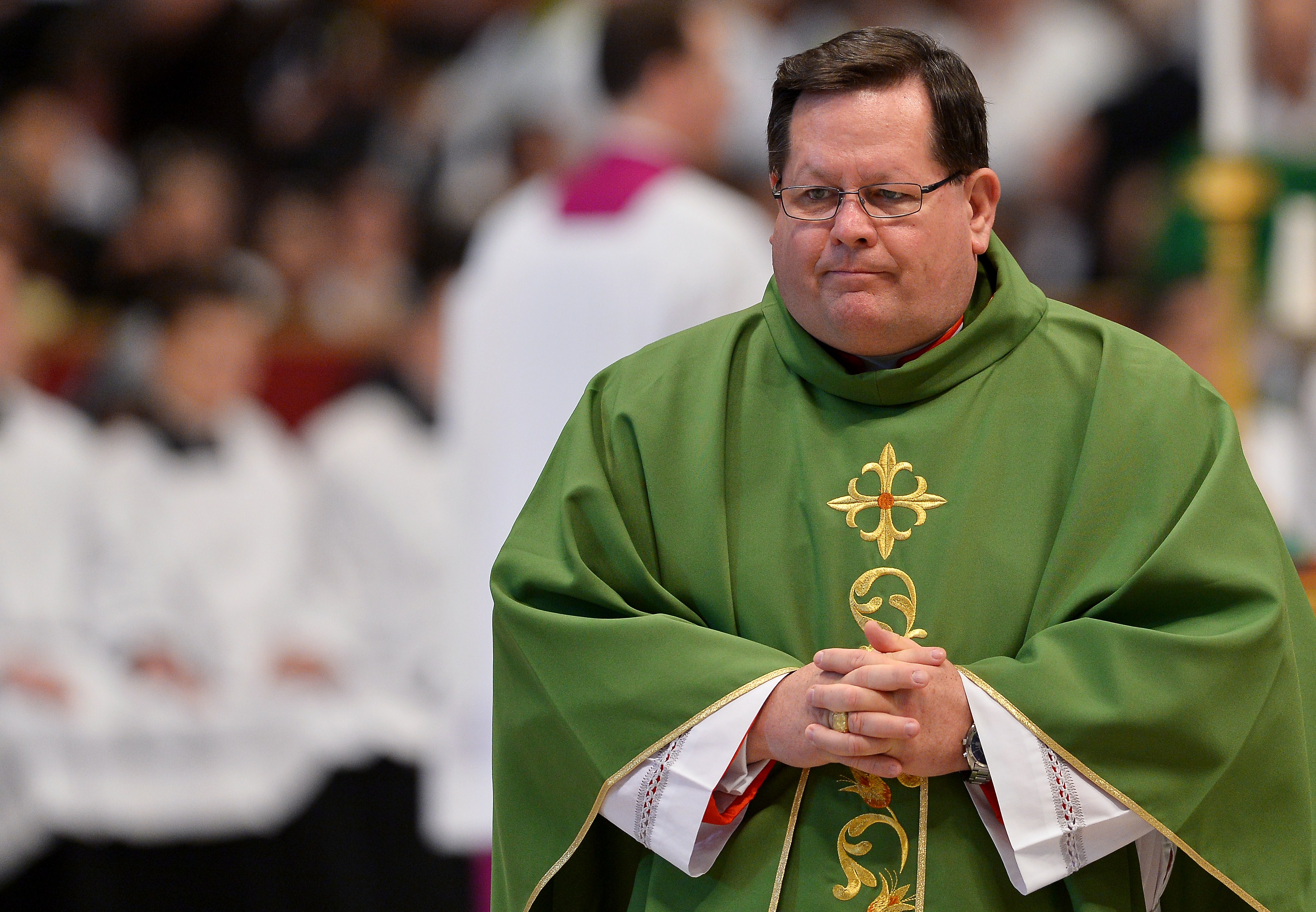
Cardinal Gérald Cyprien Lacroix is seen during the Holy Mass presided over by Pope Francis on February 23, 2014, in St. Peter's Basilica at the Vatican. | Source: Getty Images
The diversity of profiles among these men reflects a wide spectrum of priorities within the Church. Their names have prompted reflection and analysis from those closely observing this transition.
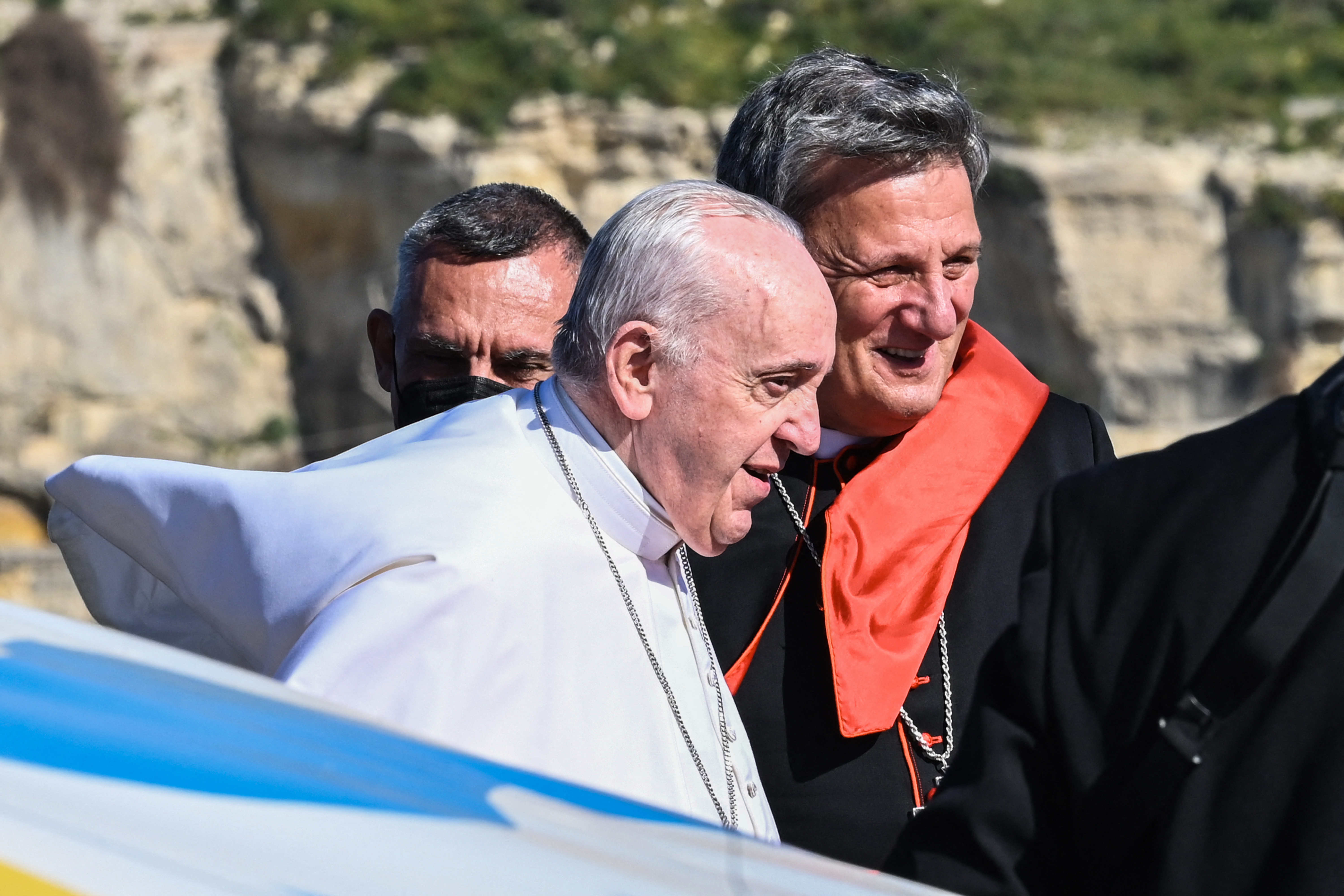
Pope Francis and Cardinal Mario Grech board a ferry at Valletta's port on April 2, 2022, heading to the island of Gozo on the first day of his two-day trip. | Source: Getty Images
What Analysts Are Watching
Beyond résumés and reputations, Vatican analysts closely observe the ideological and strategic forces shaping this election. Senior Vatican analyst George Weigel described this conclave as unusually open.
"This is gonna be a very open process, it seems to me," he said. "Two things are most important — one, does this man communicate a vibrant, energizing face? And secondly, can he govern?"
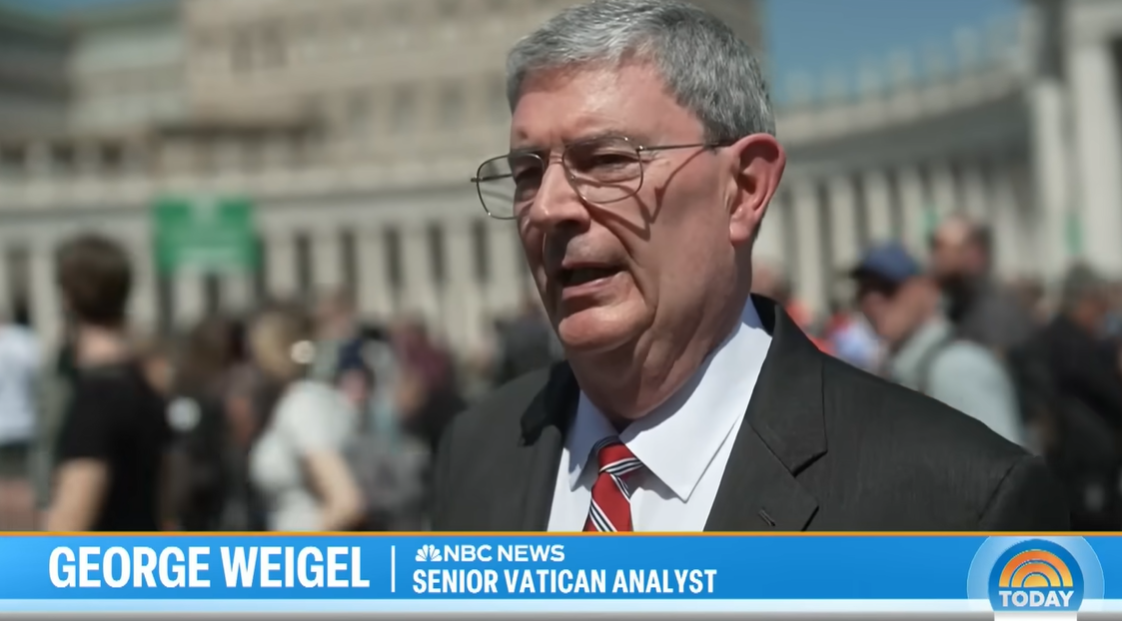
George Weigel, Senior Vatican Analyst, shares insights on potential papal candidates, posted on April 22, 2025 | Source: YouTube/TODAY
Christopher White, a Vatican analyst, said the Church is facing a crucial decision. "I think it's fair to say the Church is at a crossroads right now," he explained. The cardinals must decide whether to continue with the reforms Pope Francis began — "opening the Catholic Church up to the modern world" — or take a different direction. "That's the big question the cardinals will face when they have the backdoor meetings in the coming weeks," he said.
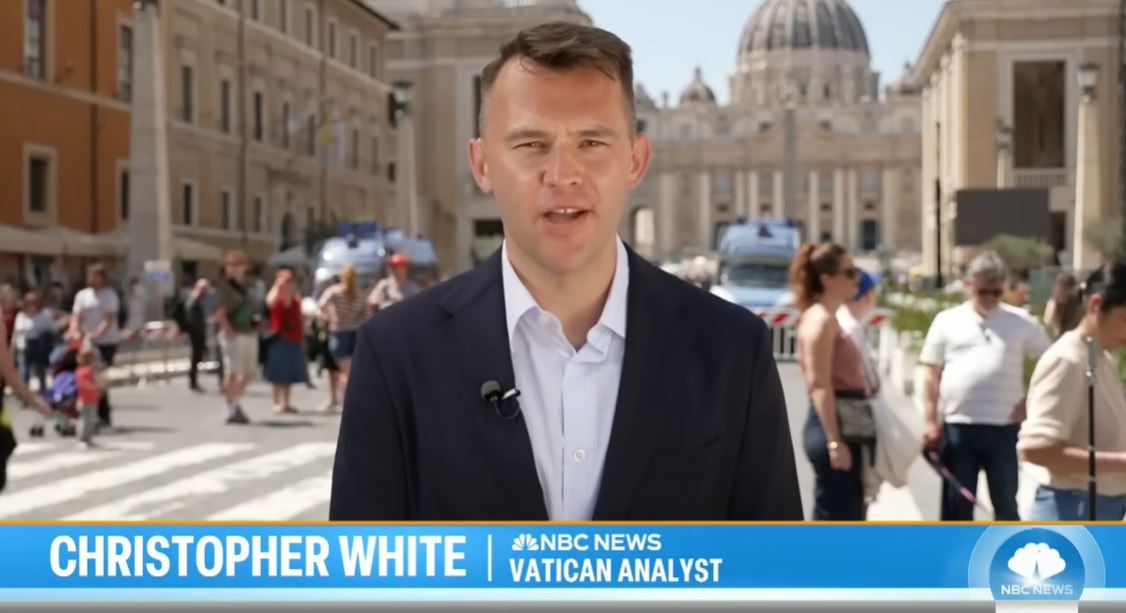
Christopher White, Vatican Analyst for NBC News, reporting from St. Peter’s Square during the lead-up to the papal conclave, posted on April 22, 2025 | Source: YouTube/TODAY
White pointed out that Francis named around 80% of the men who will elect the next pope. "Because of that, it's fair to share they mostly share his same priorities," he added.
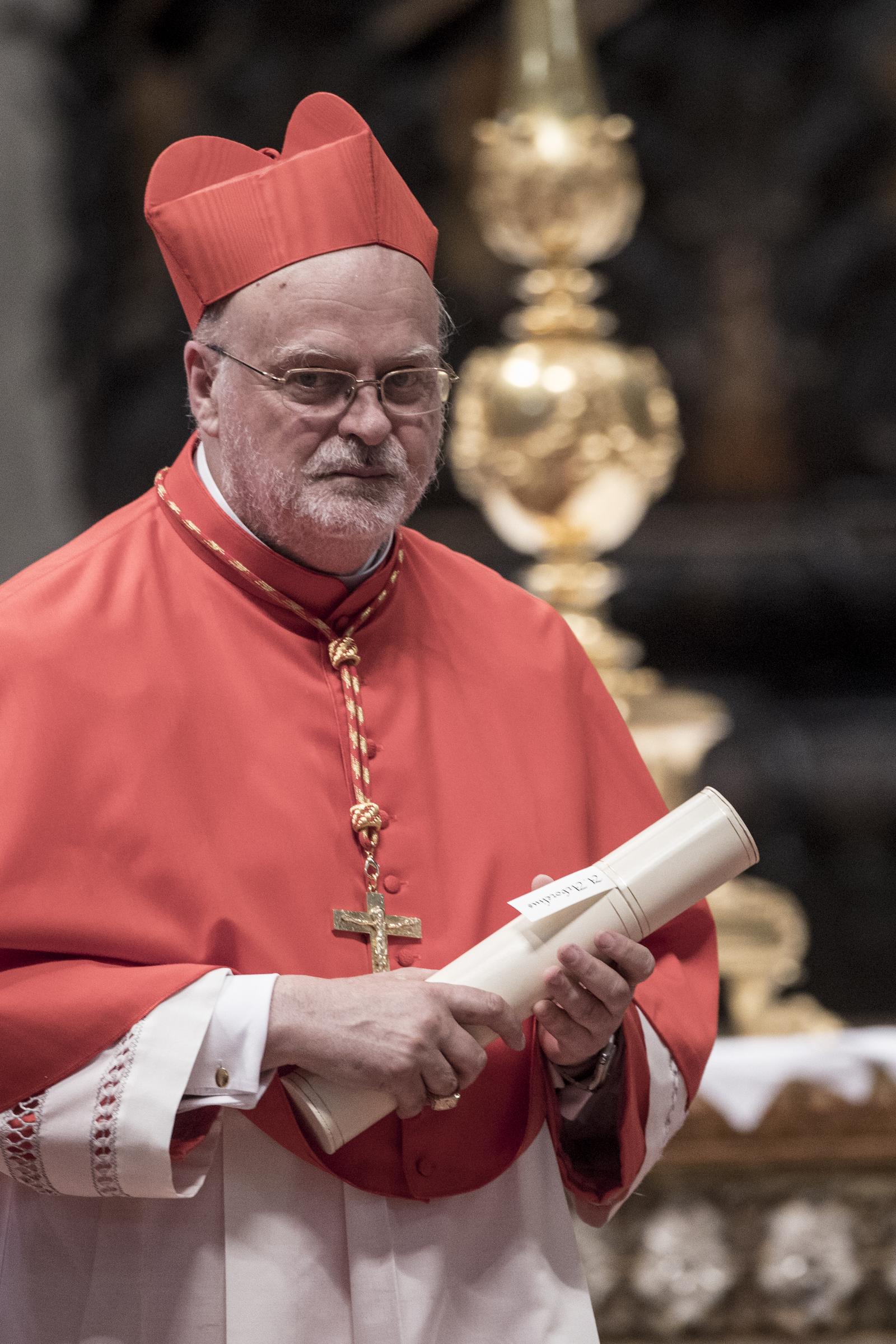
Pope Francis appoints Cardinal Anders Arborelius of Sweden during a Consistory Ceremony on June 28, 2017, in Vatican City. | Source: Getty Images
When asked about Italian contenders, White said, "For a long time, there's been an appetite to resist giving the papacy back to the Italians. We have a Polish pope, a German pope, and then an Argentinian pope. Is this a moment for the Italians?"

Pope Francis greets Cardinal Matteo Maria Zuppi during a Mass for the conclusion of the 50th Italian Catholic Social Week on July 7, 2024, in Trieste, Italy. | Source: Getty Images
He noted that if an Italian is chosen, "I think Cardinal Pietro Parolin, who is Pope Francis' Secretary of State, his top diplomat — he is a contender. He has name recognition, and so he has to be taken seriously." But he cautioned that Parolin does not have pastoral experience. "For Pope Francis, he said he wants leaders to have the smell of the sheep, to be with the people — and so it's hard to square that vision with Parolin's résumé," White remarked.
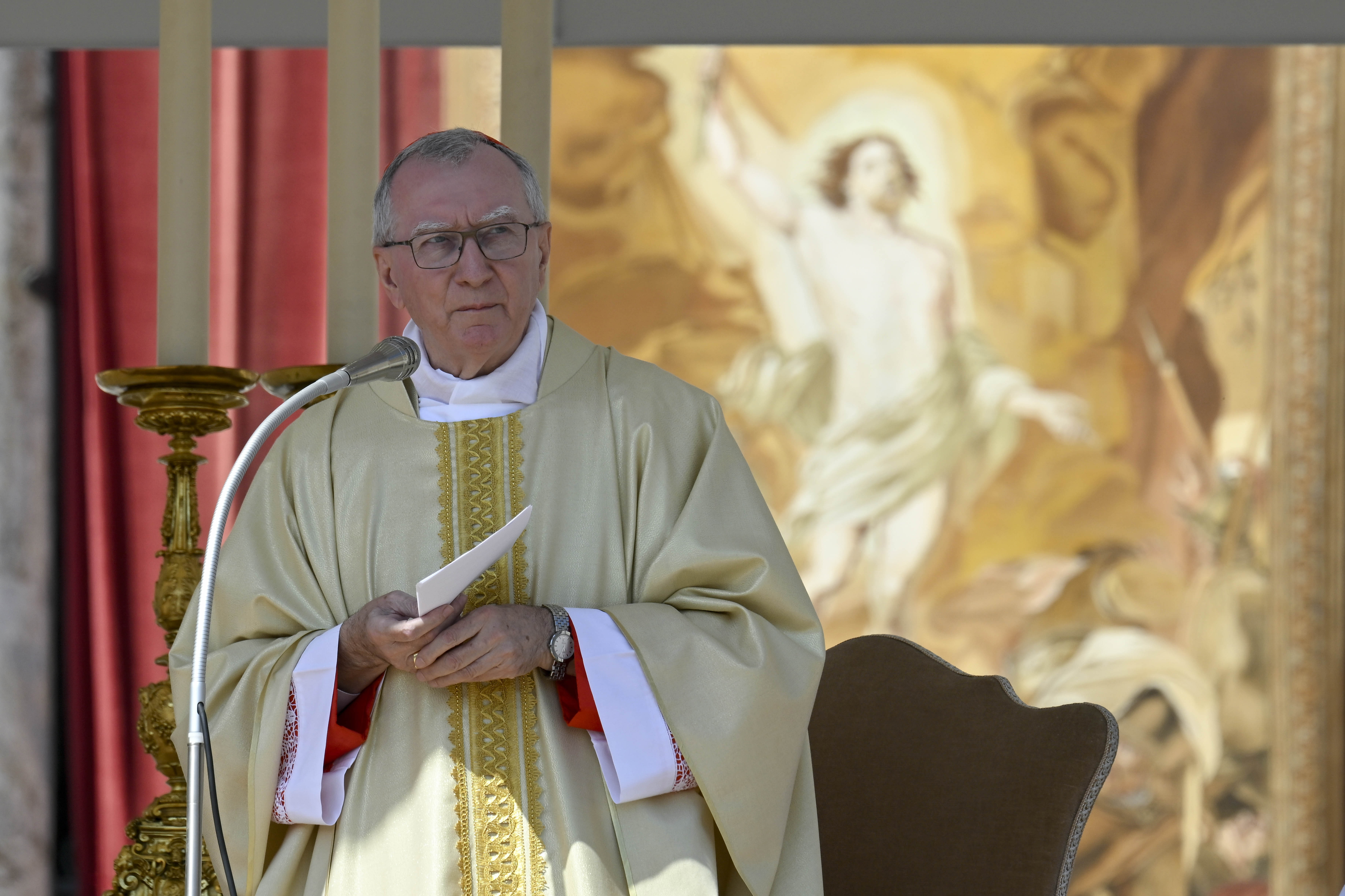
Cardinal Pietro Parolin celebrates Mass on Divine Mercy Sunday in suffrage for Pope Francis on April 27, 2025, in St. Peter's Square in Vatican City. | Source: Getty Images
White also commented on Pizzaballa, saying his name has surfaced because "he is very well aware of the geopolitical circumstances of the moment."
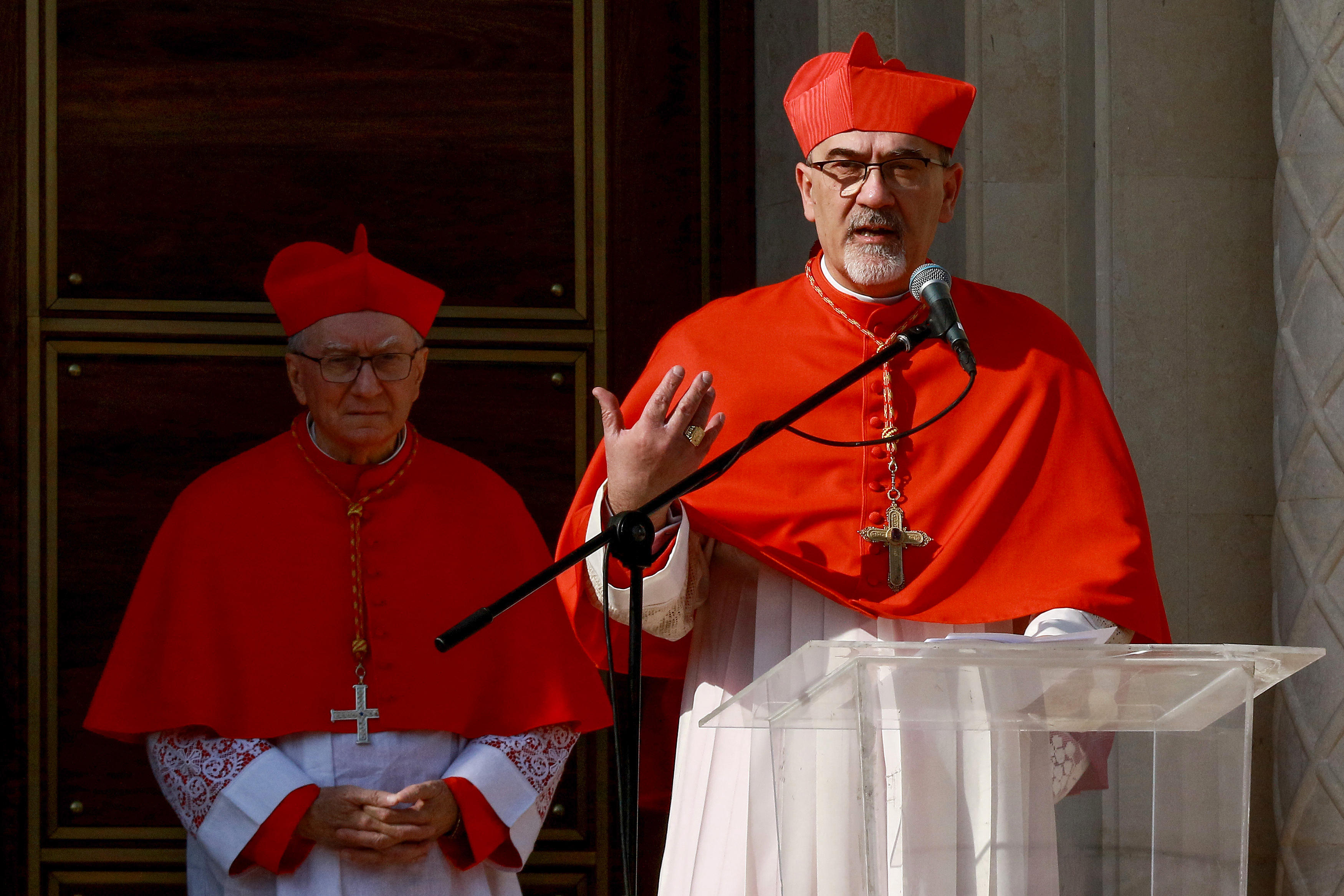
Cardinal Pierbattista Pizzaballa delivers a speech as Cardinal Pietro Parolin looks on before the Church of the Baptism of the Lord is dedicated on January 10, 2025, at Al-Maghtas on the Jordan River’s eastern bank, near Amman. | Source: Getty Images
Turning to Tagle, White responded, "Cardinal Tagle was a frontrunner in 2013. In recent years, he's been referred to as an Asian Pope Francis because of his concern for the poor, his own sort of emphasis on humility. He's got the charisma, the wow factor that some people are really looking for in the next pope."
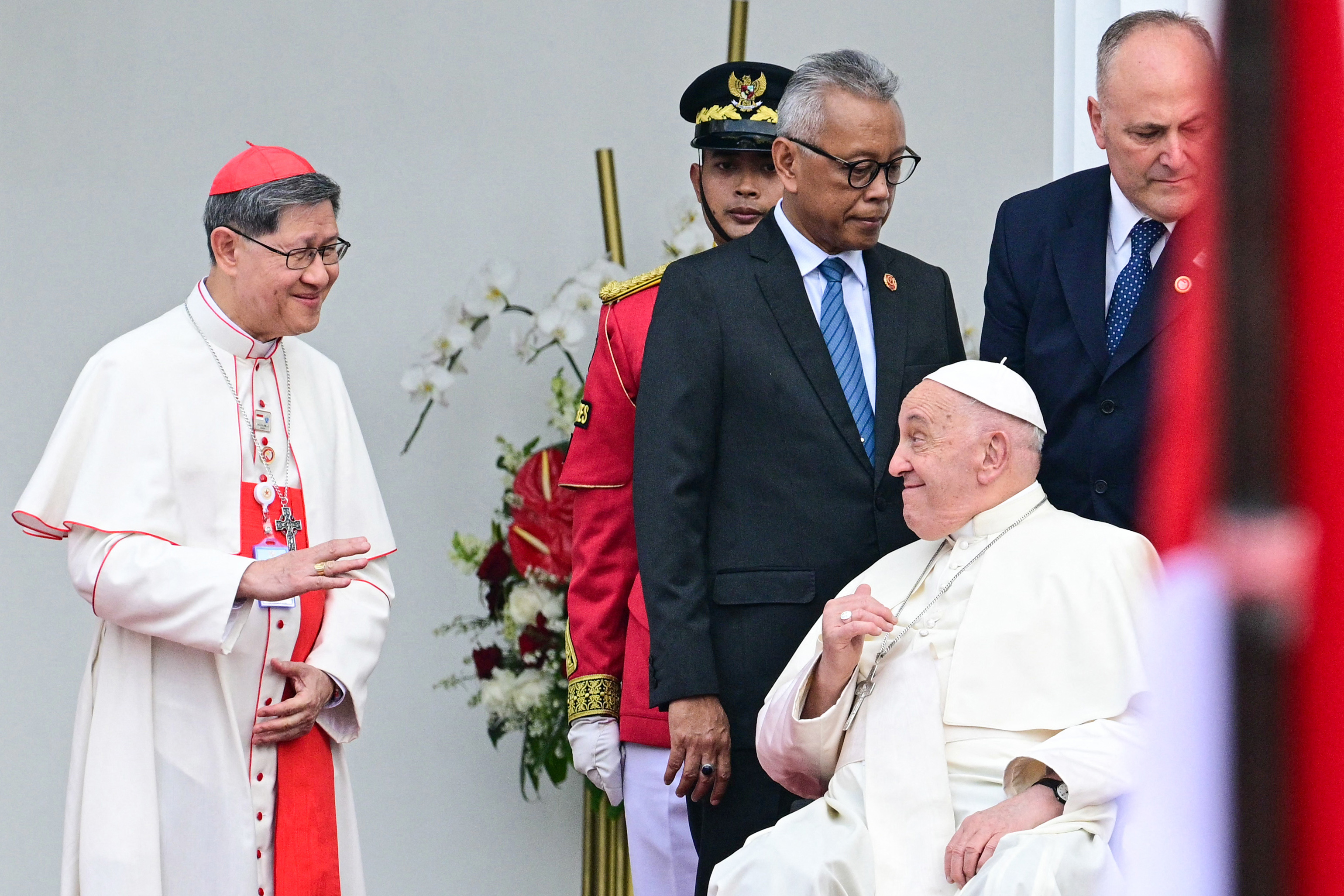
Pope Francis waves at Cardinal Luis Antonio Tagle during a ceremonial welcome on September 4, 2024, at the Presidential Palace in Jakarta. | Source: Getty Images
White noted that while Tagle is admired for his charisma and pastoral strengths, some cardinals are expected to examine his management record during the selection process.
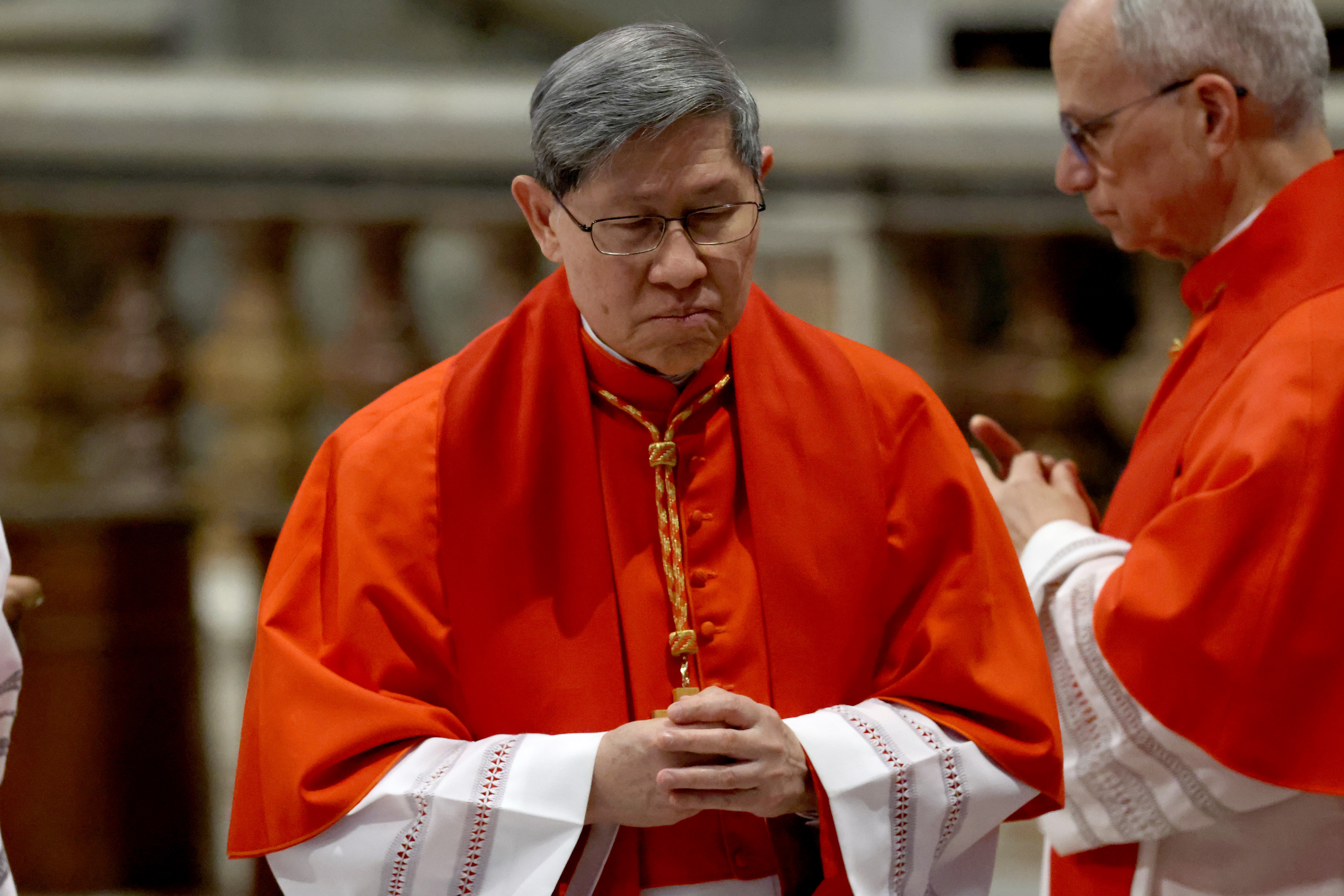
Cardinal Luis Antonio Tagle attends the solemn liturgy of the Lord's Passion on Good Friday, April 18, 2025, in St. Peter's Basilica, Vatican City. | Source: Getty Images
When asked about North American candidates, White mentioned two. "Cardinal Robert Prevost, who's the head of the Vatican's office looking for bishops around the world — he's Chicago-born but spent most of his life outside of the United States. I think that makes him someone who knows how the Vatican works from the inside. He's not really viewed as an American, which makes him an intriguing possibility," he stated.

Cardinal Robert Francis Prevost attends the funeral of Pope Francis in St. Peter's Square on April 26, 2025, in Vatican City. | Source: Getty Images
He also referred to Cardinal Lacroix, saying he "is seen as a real manager, who sort of shares the pope's vision and pastoral priorities but more emphasis on government."
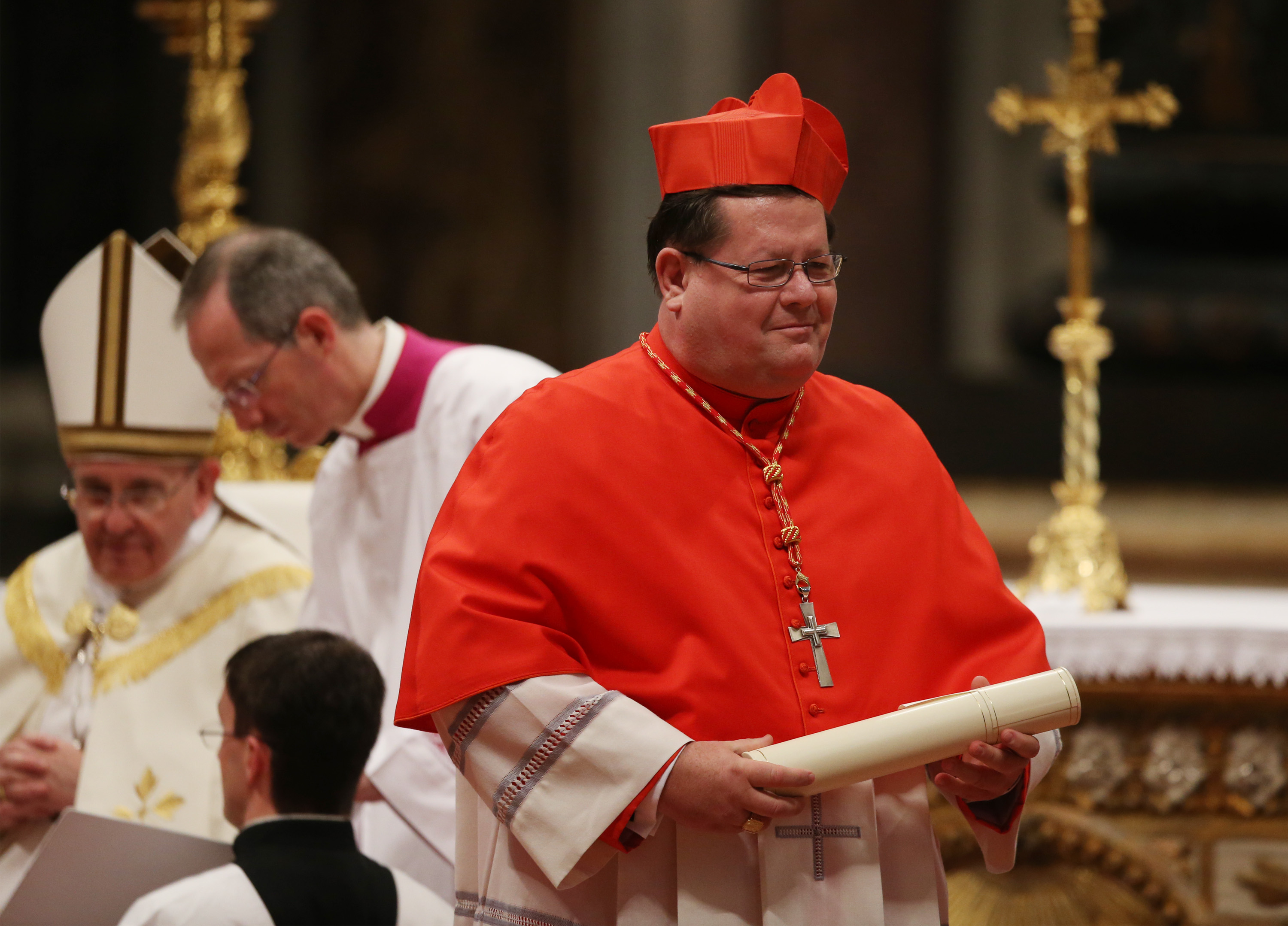
Cardinal Gerald Cyprien Lacroix attends the Consistory at St. Peter's Basilica on February 22, 2014, in Vatican City. | Source: Getty Images
According to a report by "Today," Cardinal Erdo is seen as a leading conservative voice and reportedly enjoys strong support among European cardinals. He is also considered politically connected, maintaining close ties with Hungarian Prime Minister Viktor Orbán.
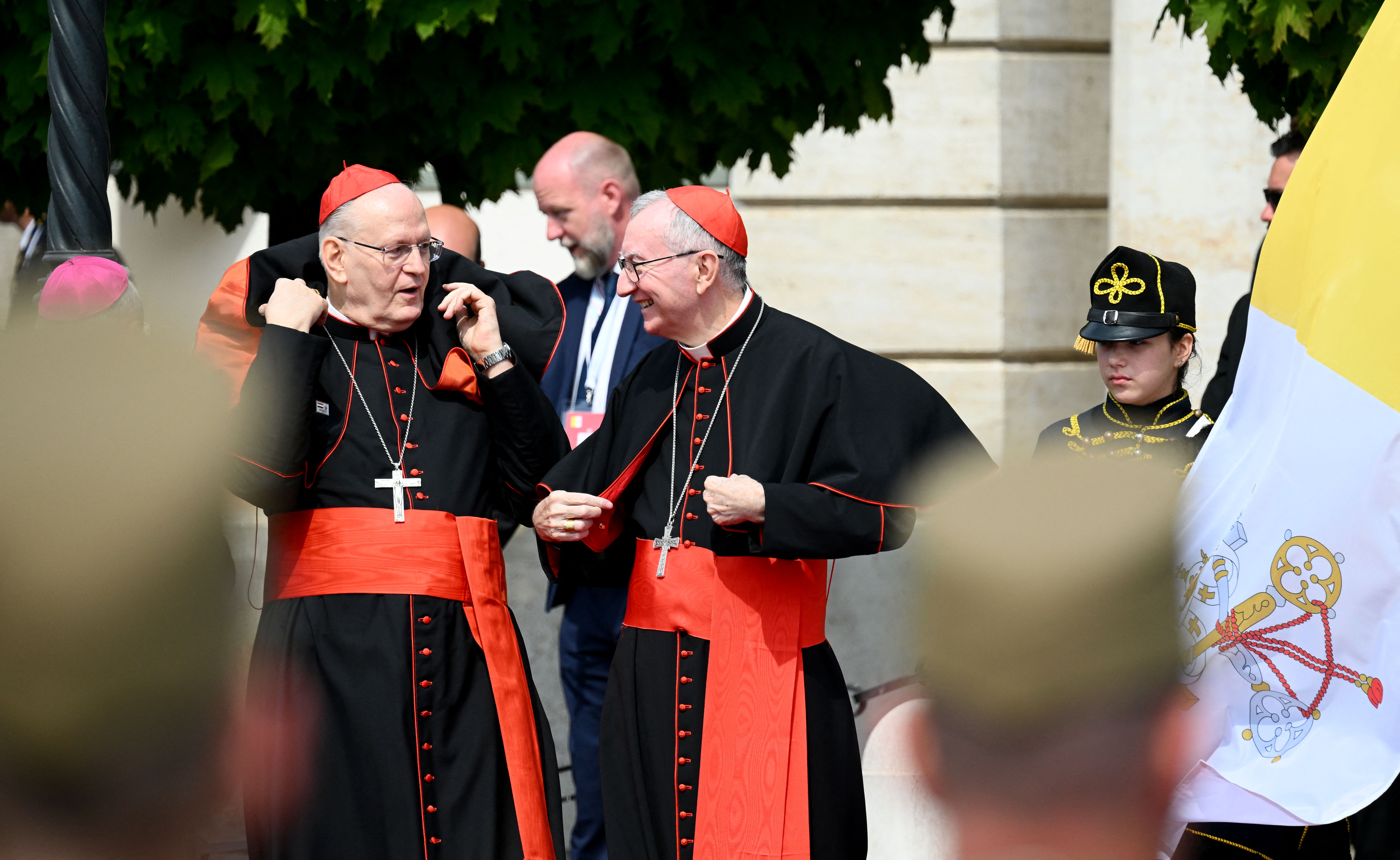
Cardinals Peter Erdo and Pietro Parolin wait for the arrival of Pope Francis at Sandor Palace on April 28, 2023, in Budapest, Hungary. | Source: Getty Images
News in the same category


The Incredible Story of a British Airways Pilot Who Survived Being Ejected from a Plane for 20 Minutes
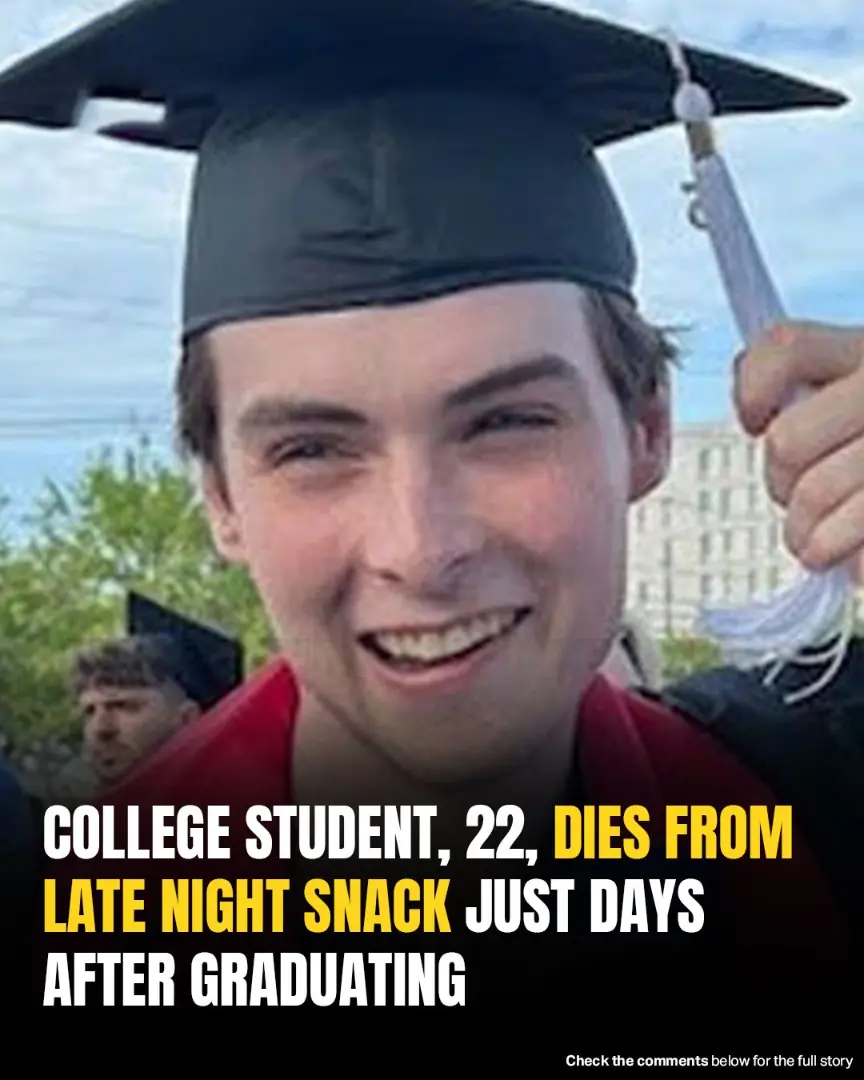
University Of Rhode Island Graduate, 22, Dies Hours After Eating Peanut-Contaminated Snack
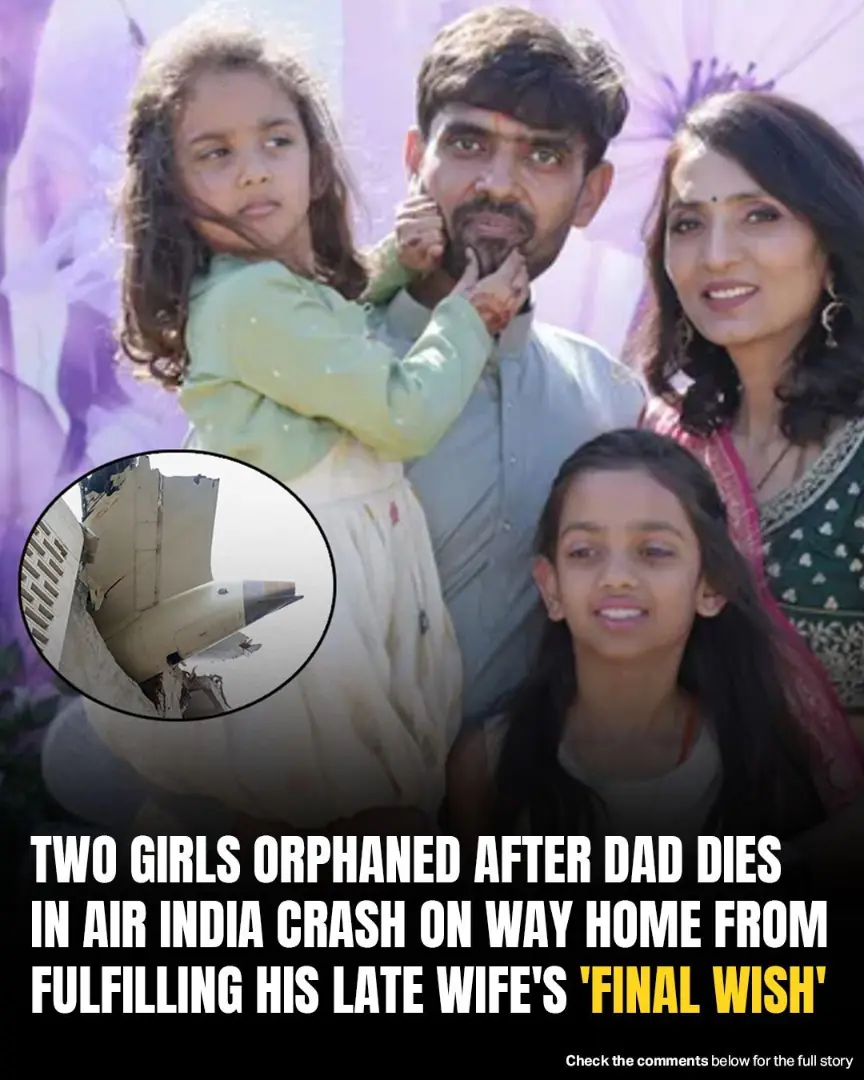
Airline Tragedy Followed Cancer Loss: Sisters Orphaned In Catastrophic Week
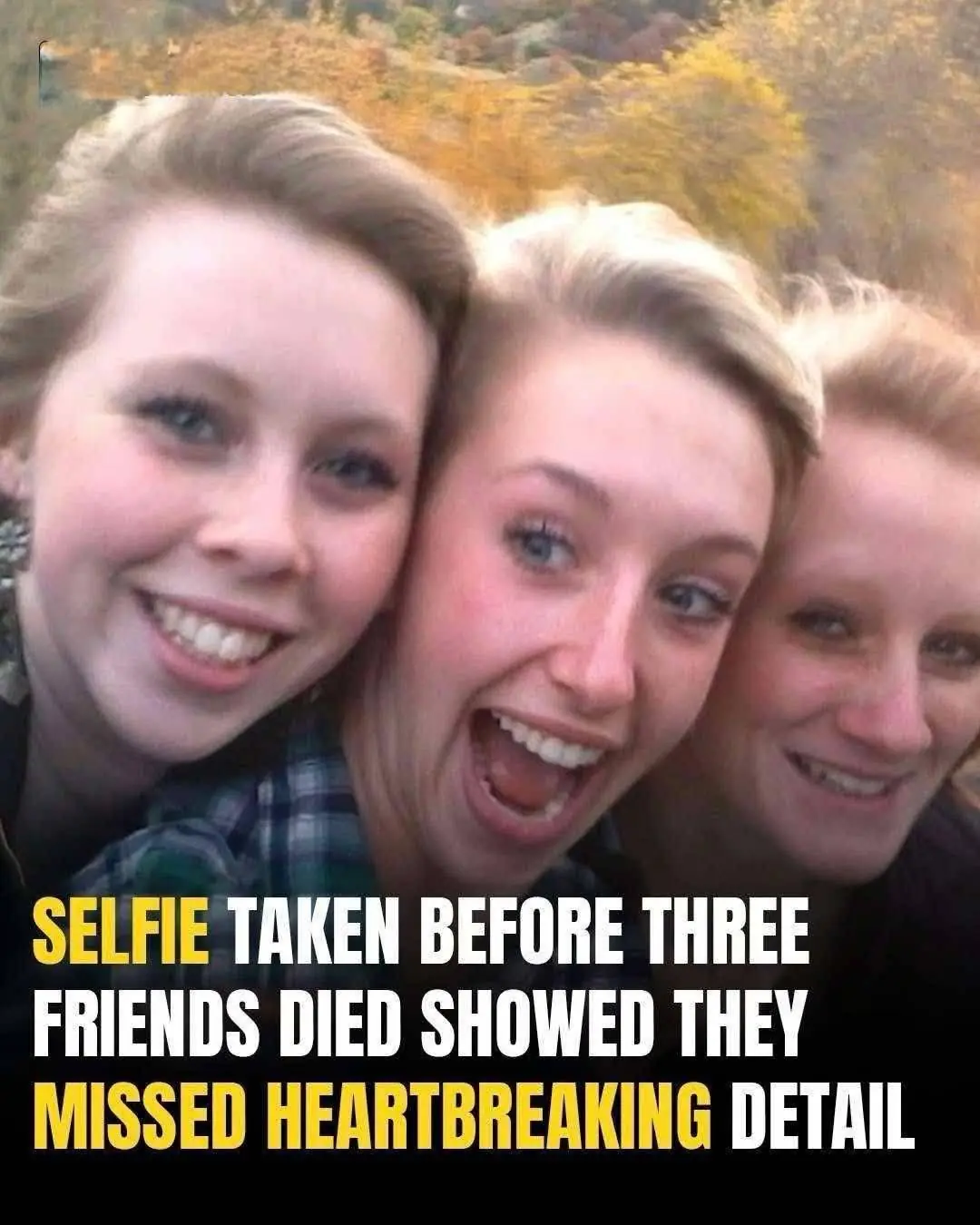
Tragic selfie reveals hidden danger that took three young lives
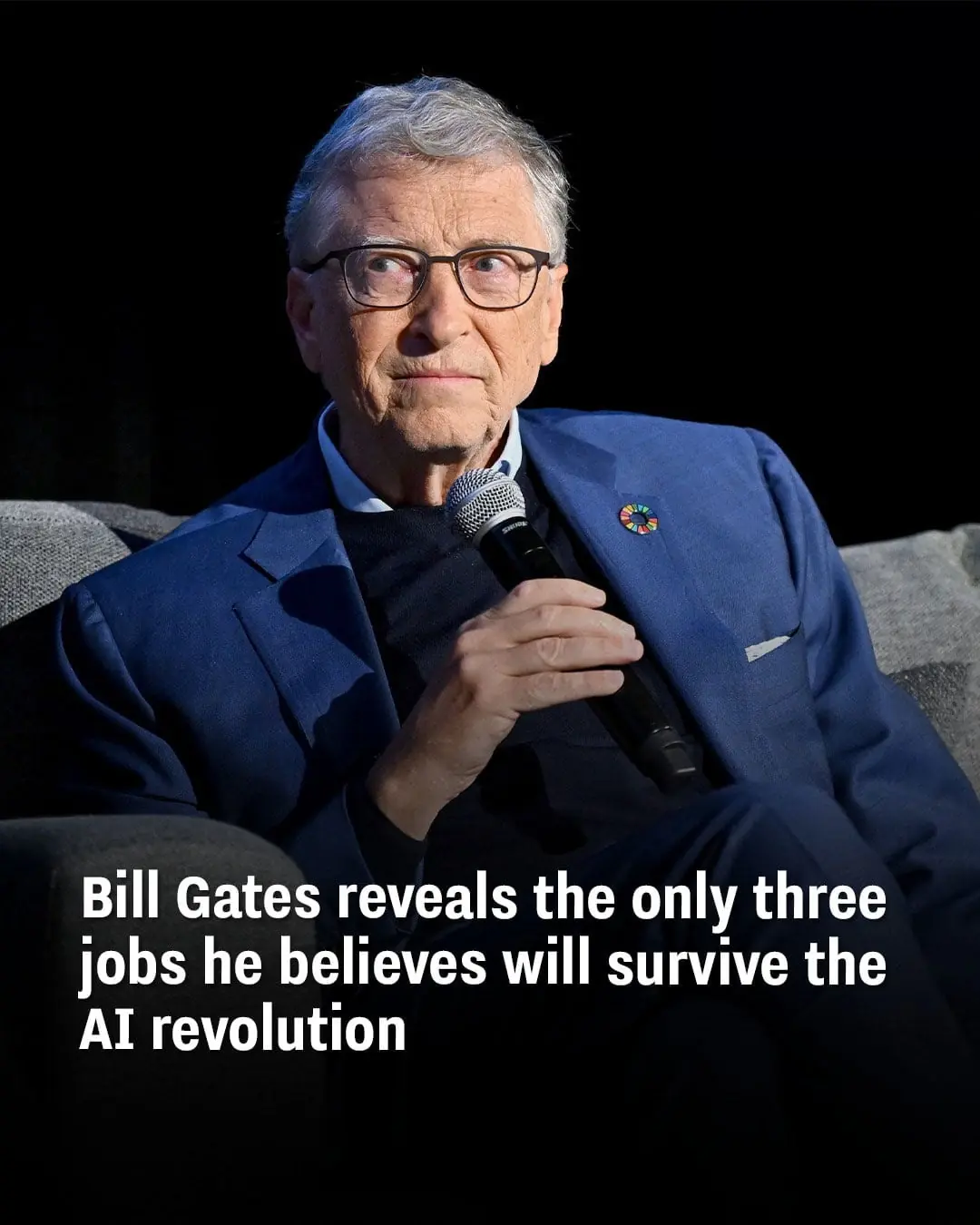
Bill Gates Predicts the Only Three Jobs He Believes Will Not Get Replaced by AI
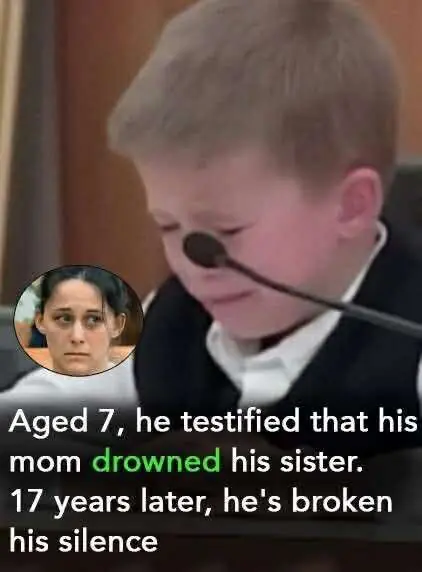
Child who testified against mother in sister’s death speaks out 17 years later
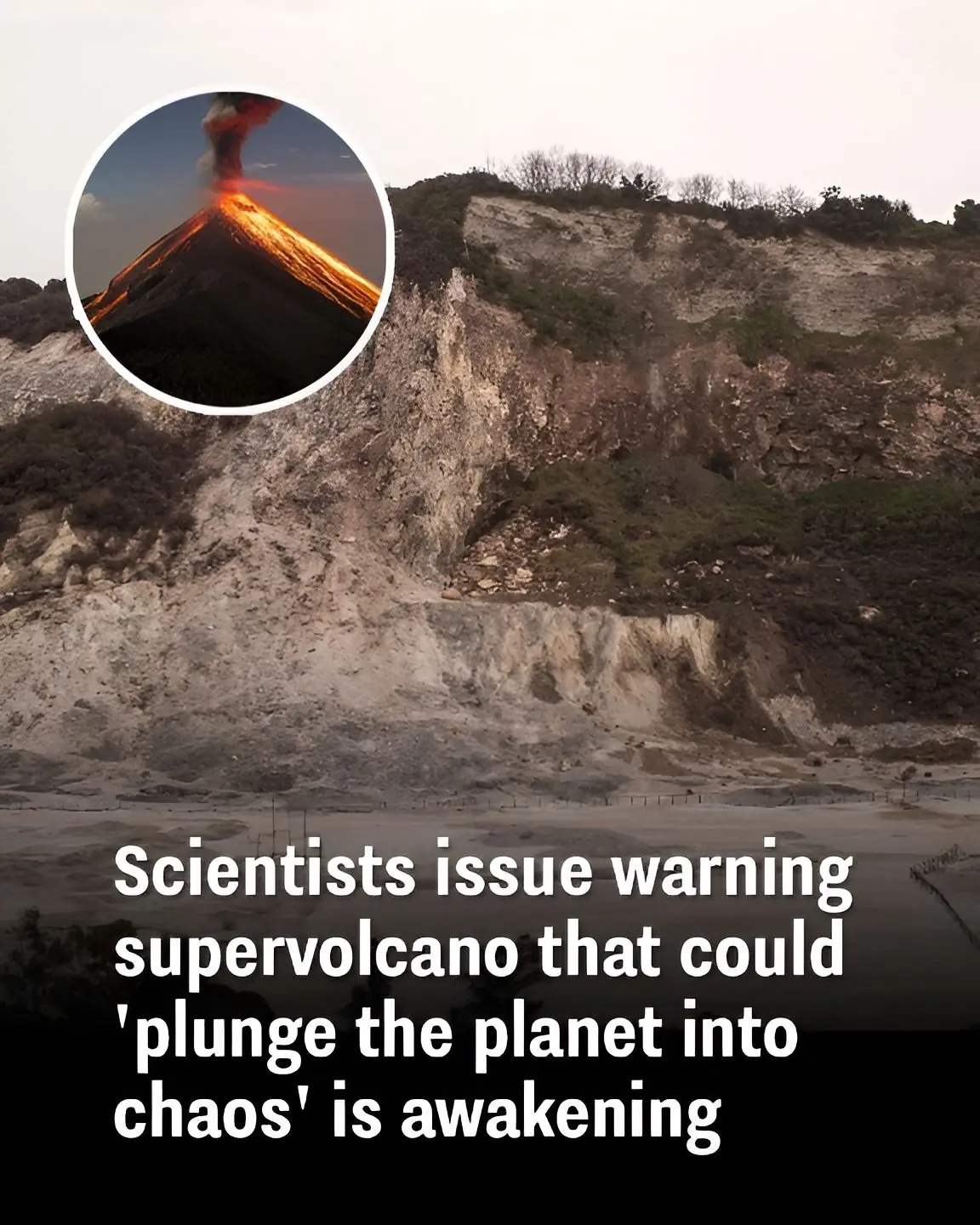
Supervolcano Shows Signs of Waking, Scientists Say It Could Affect Entire Planet
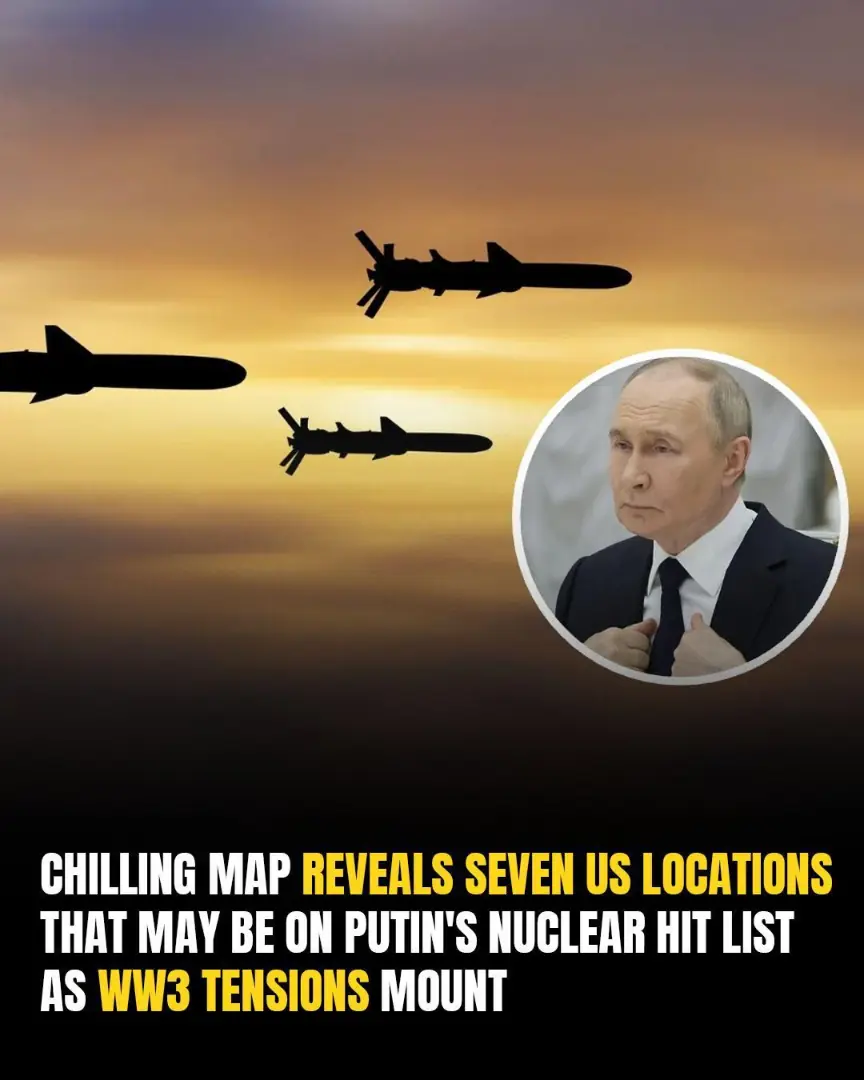
Leaked Russian Map Pinpoints Seven U.S. Strategic Sites That Could Be First Hit In Nuclear War
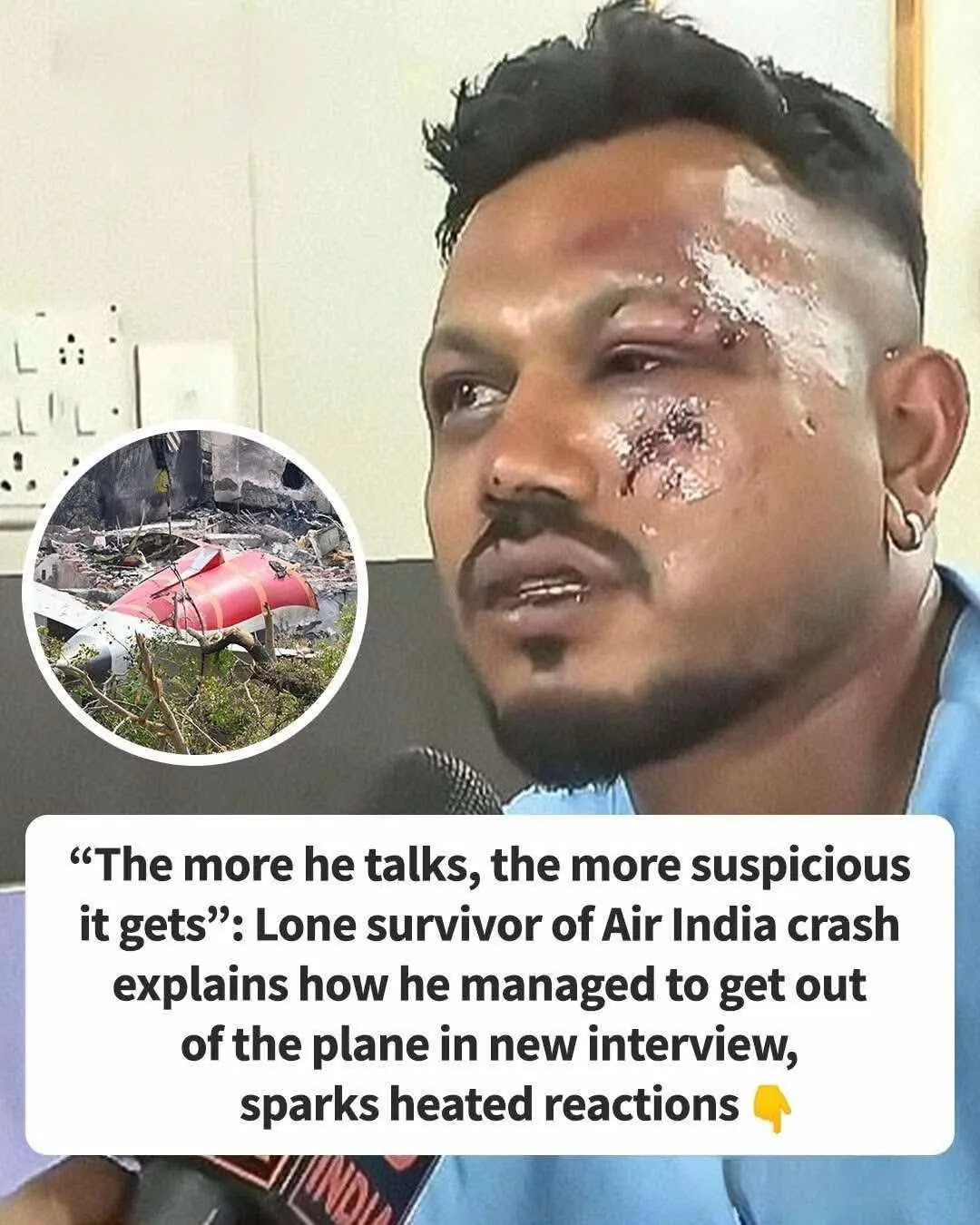
The detailed escape story of the Air India crash survivor met with skepticism
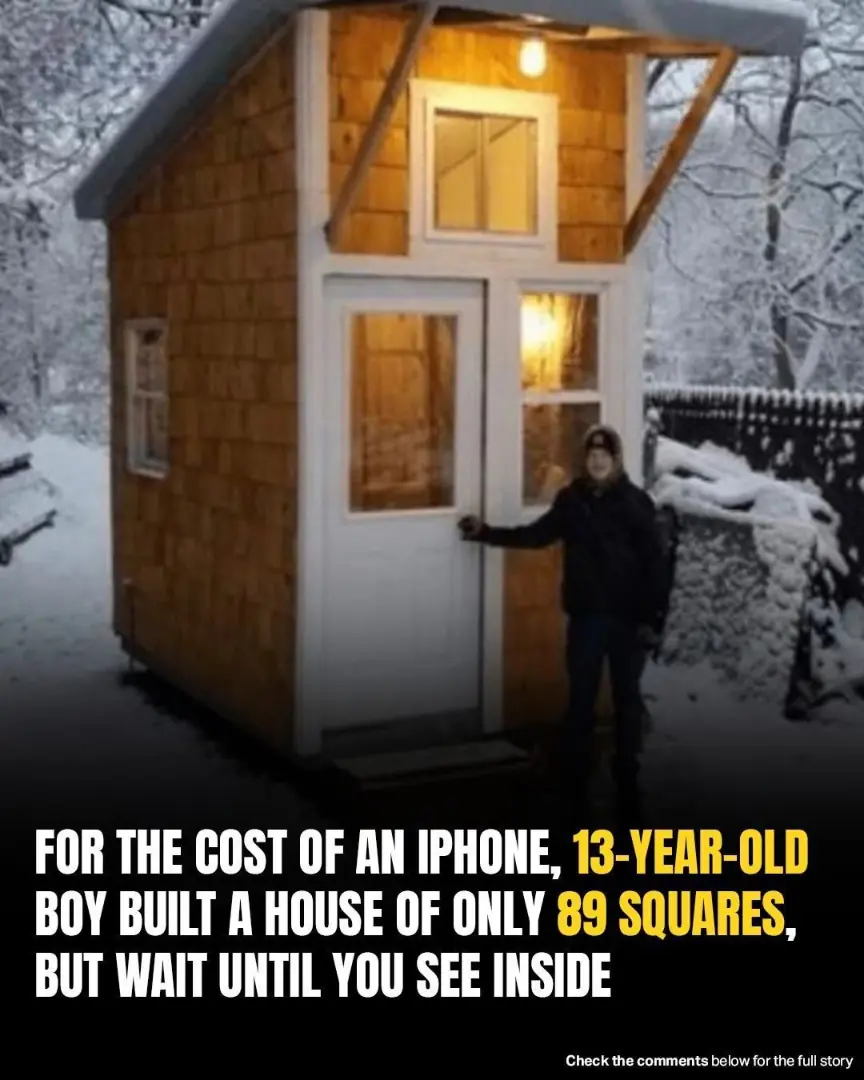
For the Cost of an Iphone He made a House of only 89 Squares, but Wait Until you See Inside
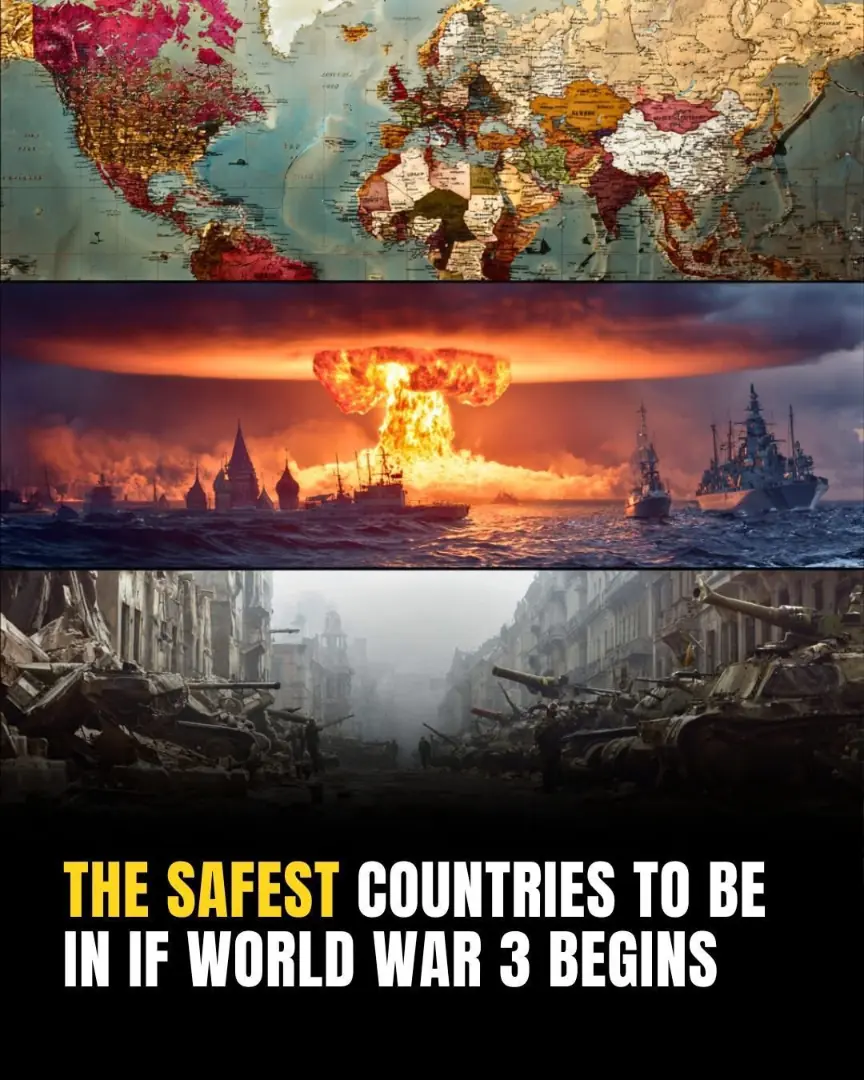
The Safest Countries To Be In If World War 3 Begins
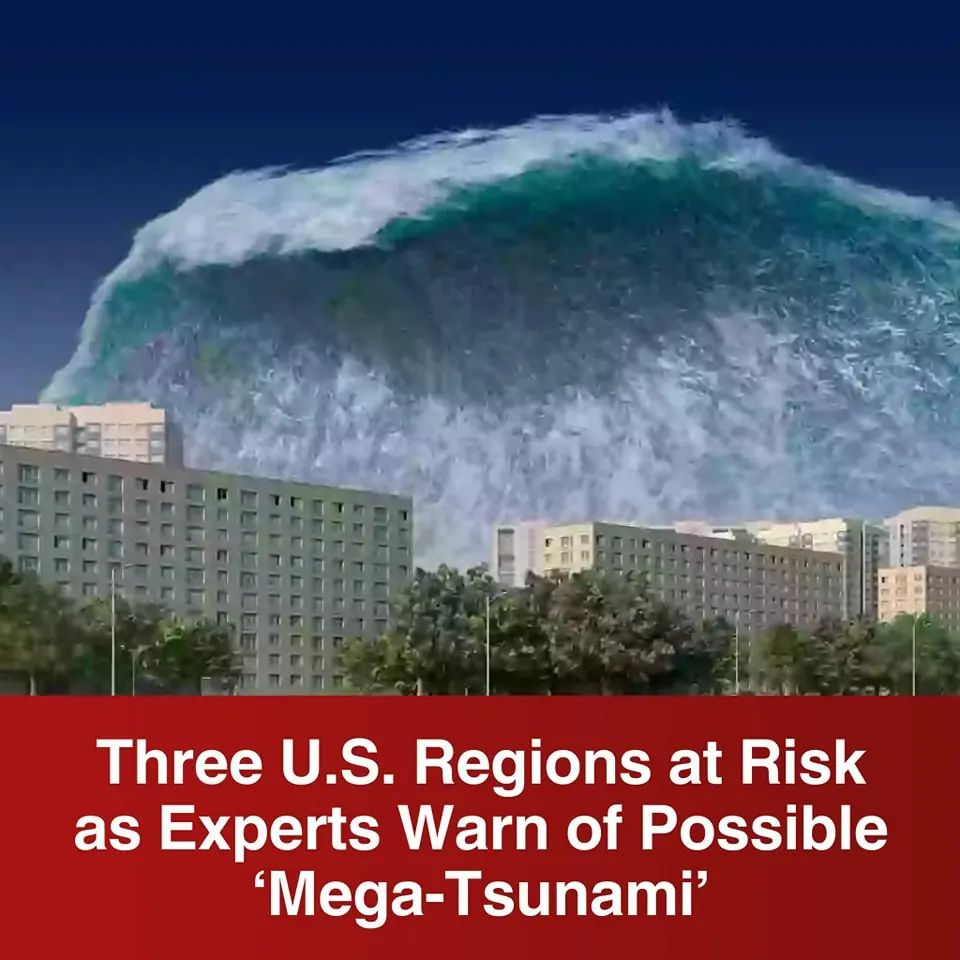
Experts Say 3 Major U.S. Regions Face Risk of Tsunamis and Flooding
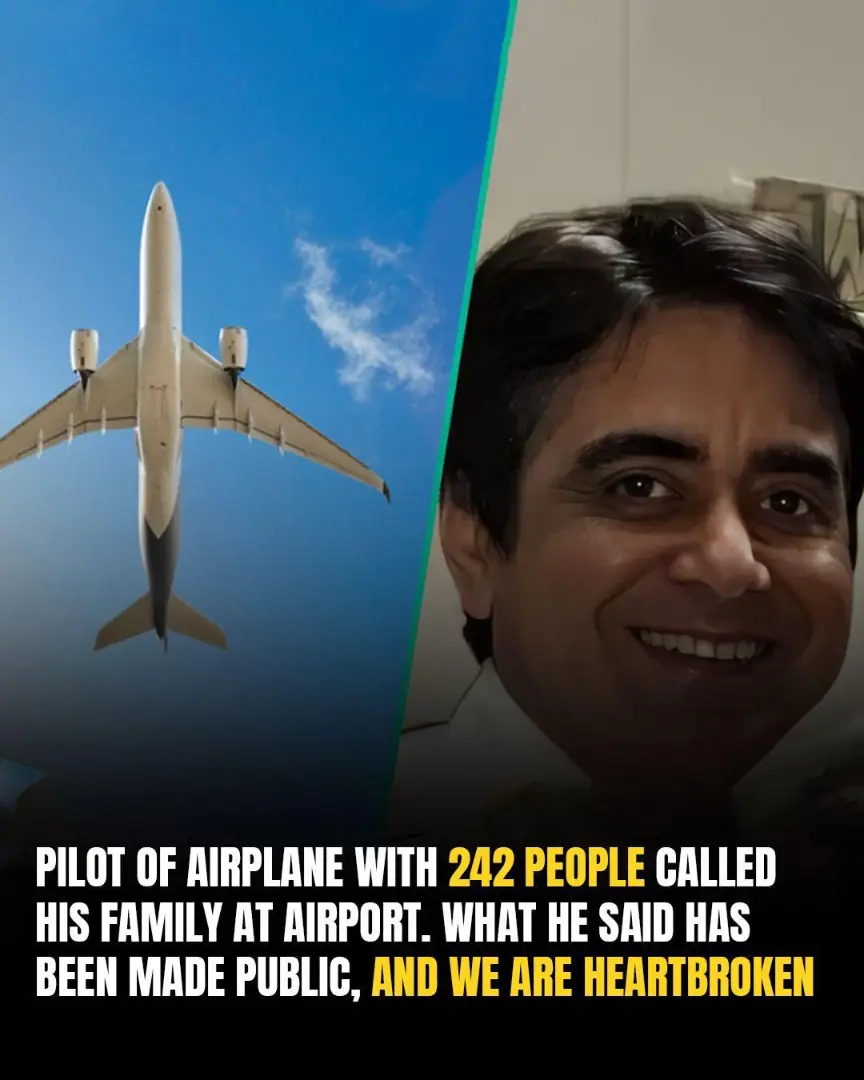
Heartbreaking Voice Message From Pilot Before Crash Goes Viral — Here’s What He Said
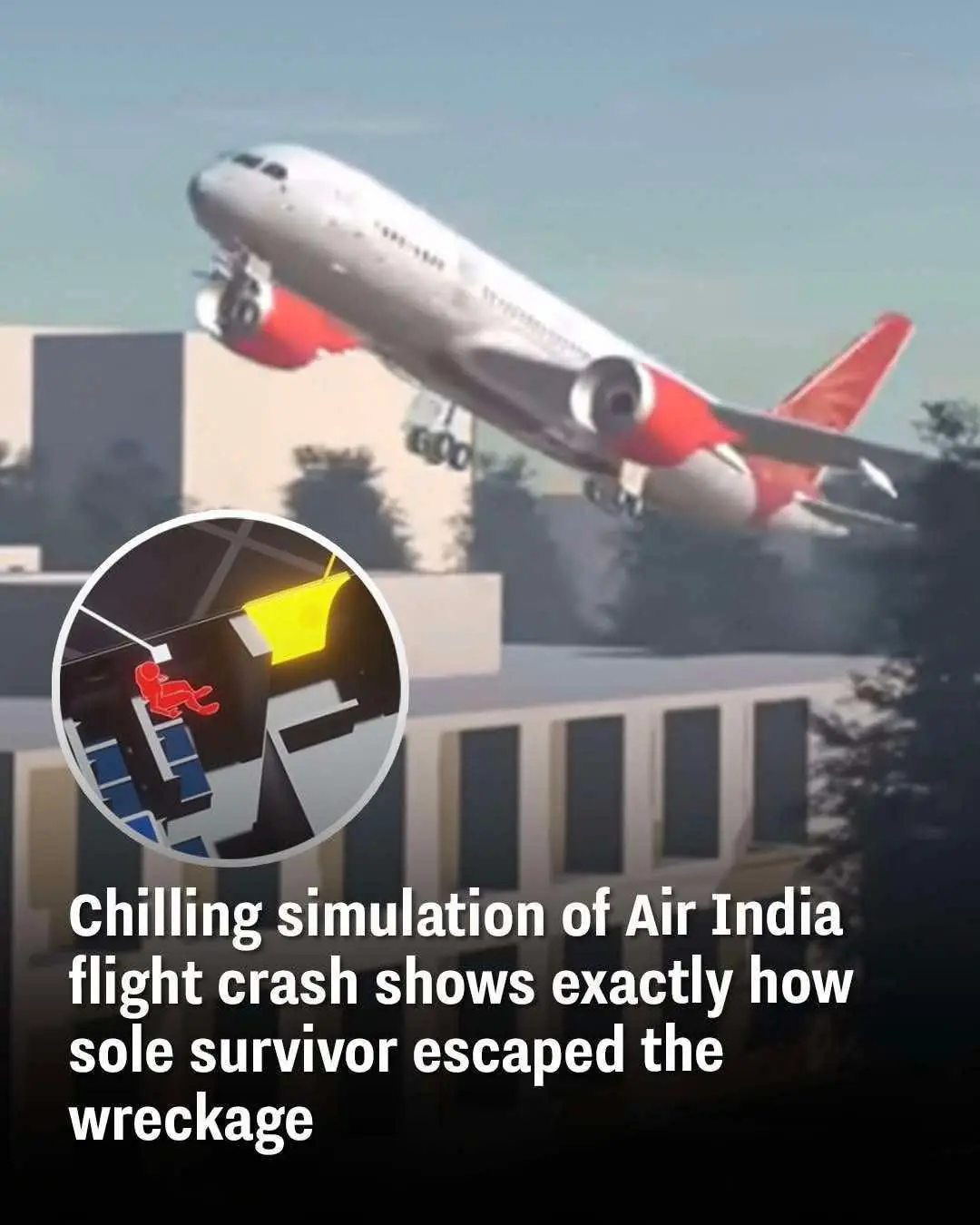
Air India crash simulation reveals how sole survivor escaped death
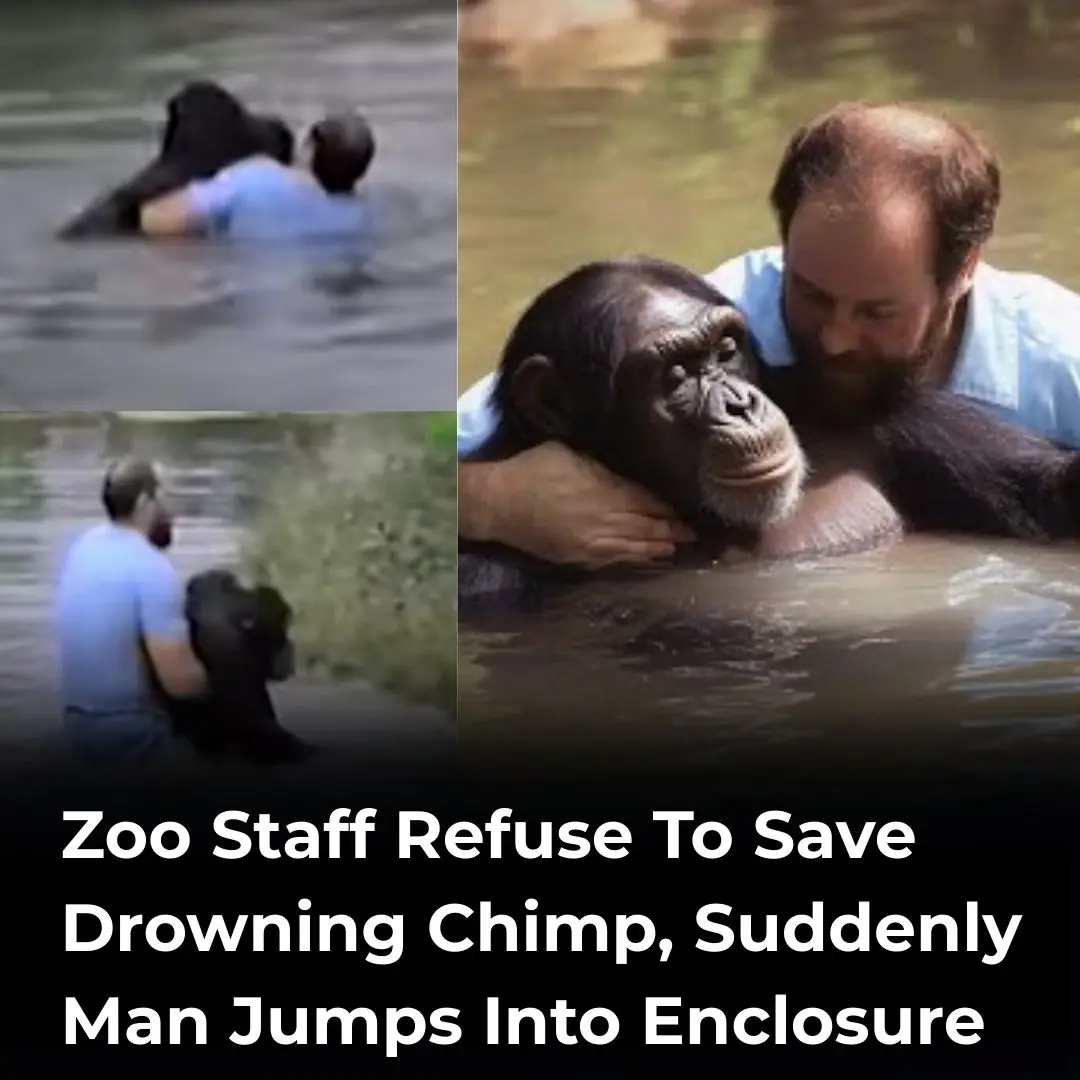
Truck driver jumped into forbidden zoo enclosure to rescue a drowning Chimp when no one else would
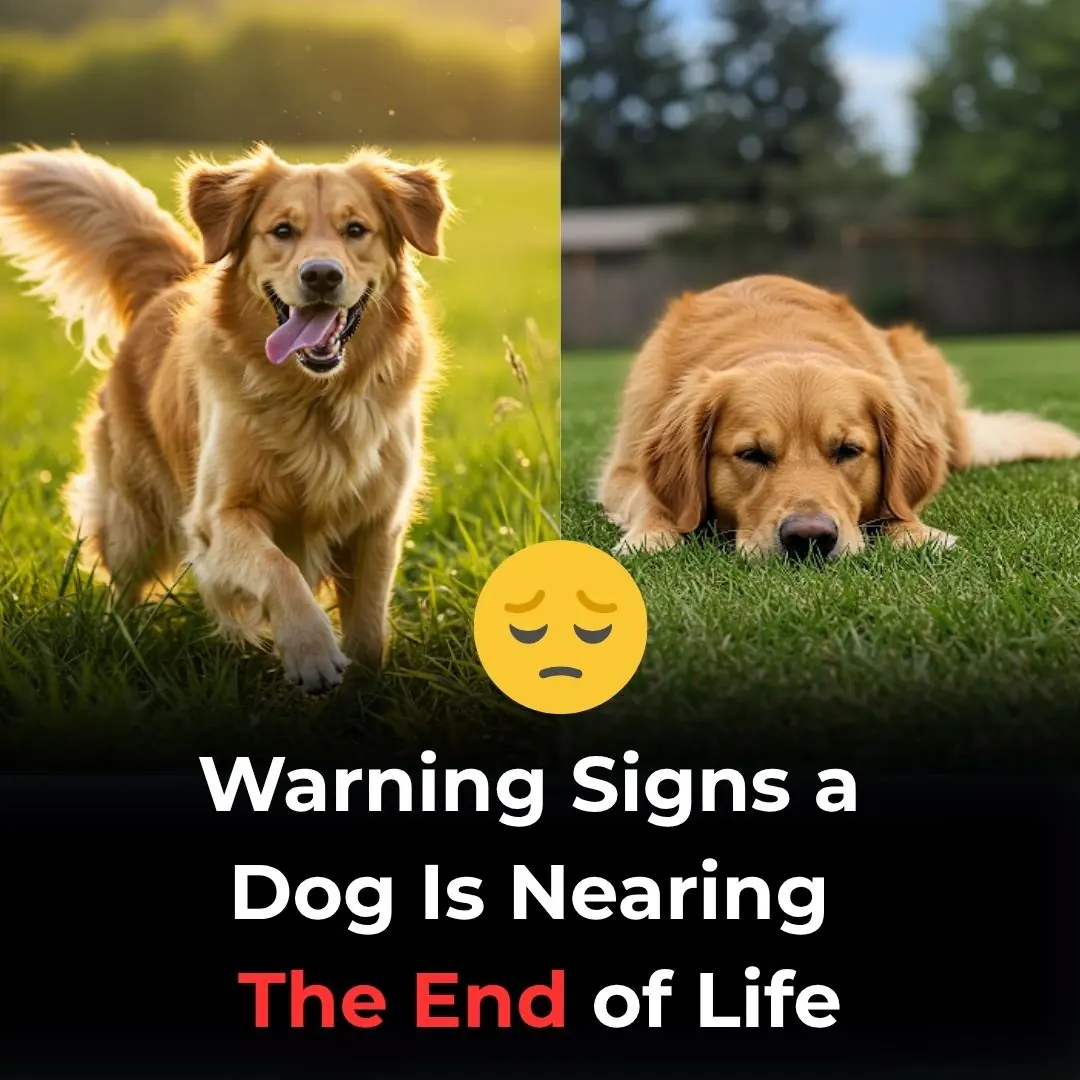
11 Heartbreaking Signs Your Dog May Be Nearing the End
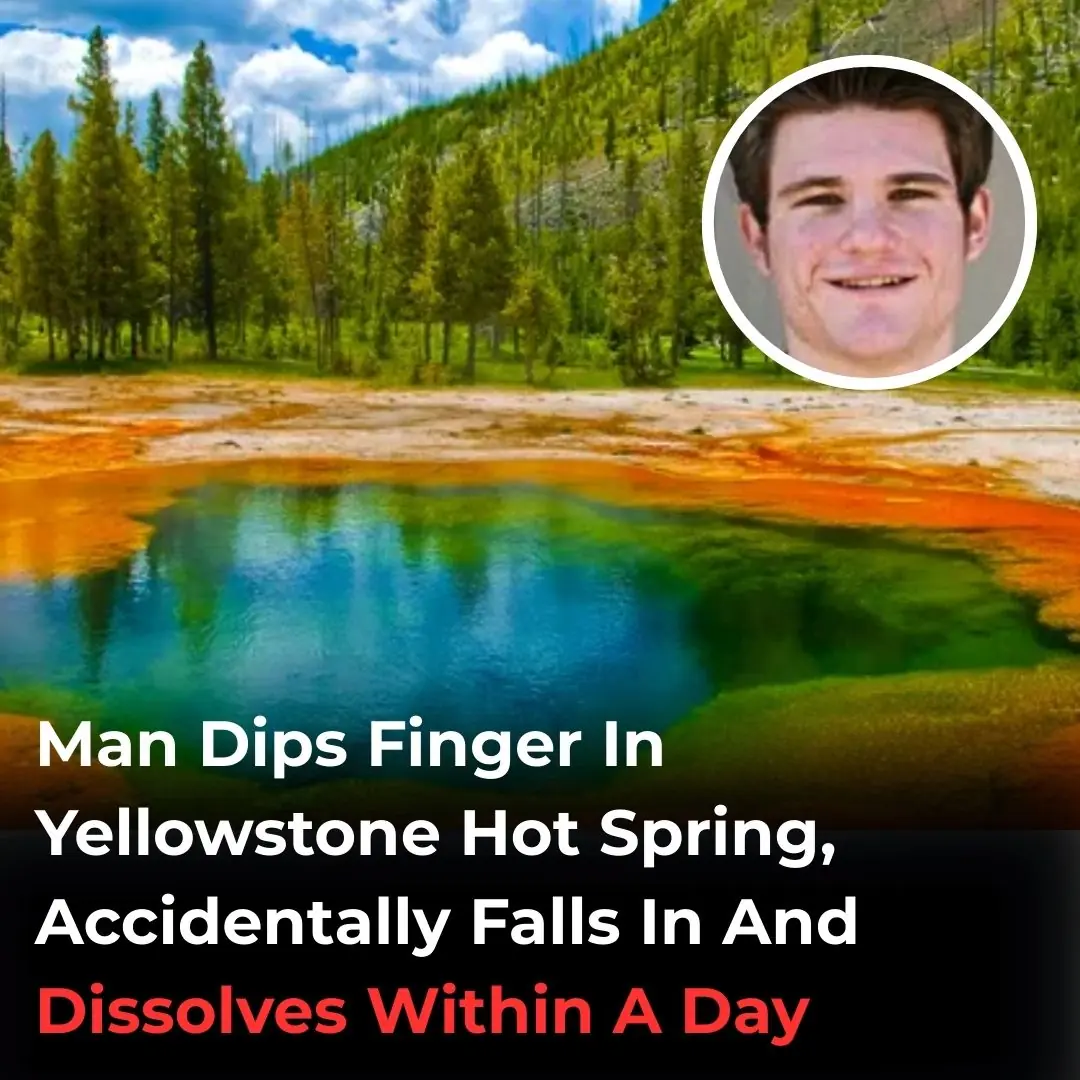
Man Dips Finger In Yellowstone Hot Spring, Accidentally Falls In And Dissolves Within A Day
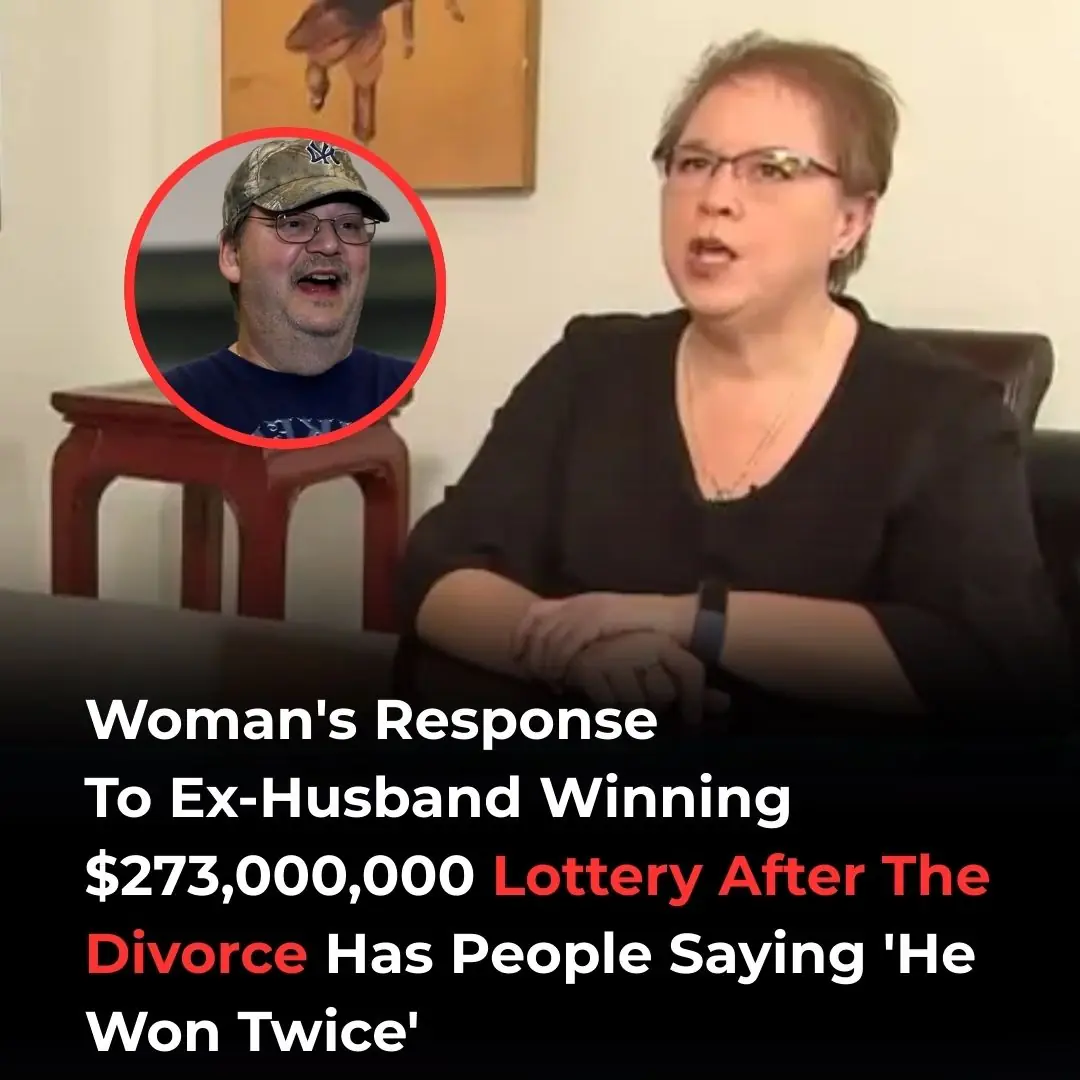
Ex-Wife’s Reaction To Her Ex-Husband Winning $273m Lottery Post-Divorce Sparks Heated Debate
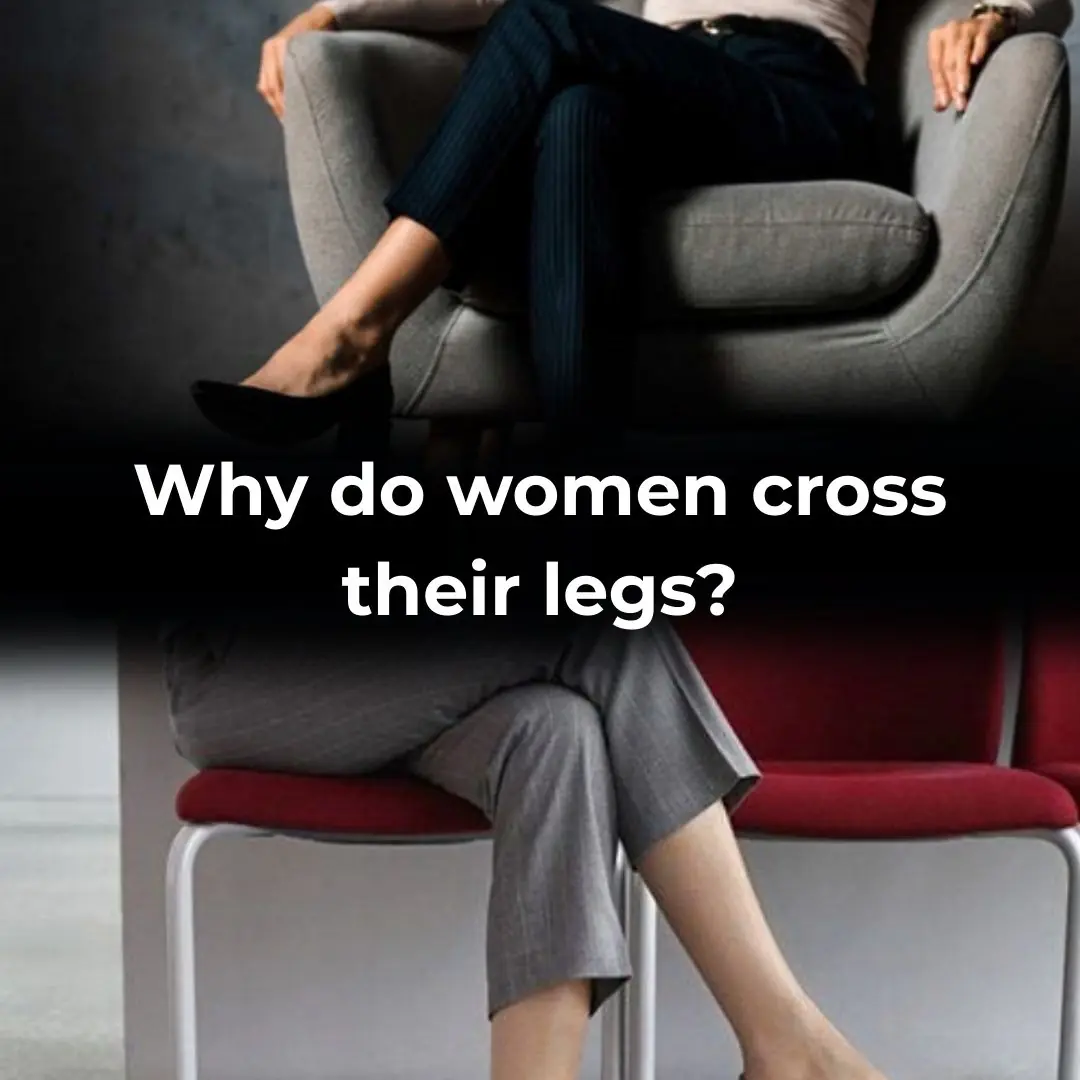
Why do women cross their legs when sitting?
News Post
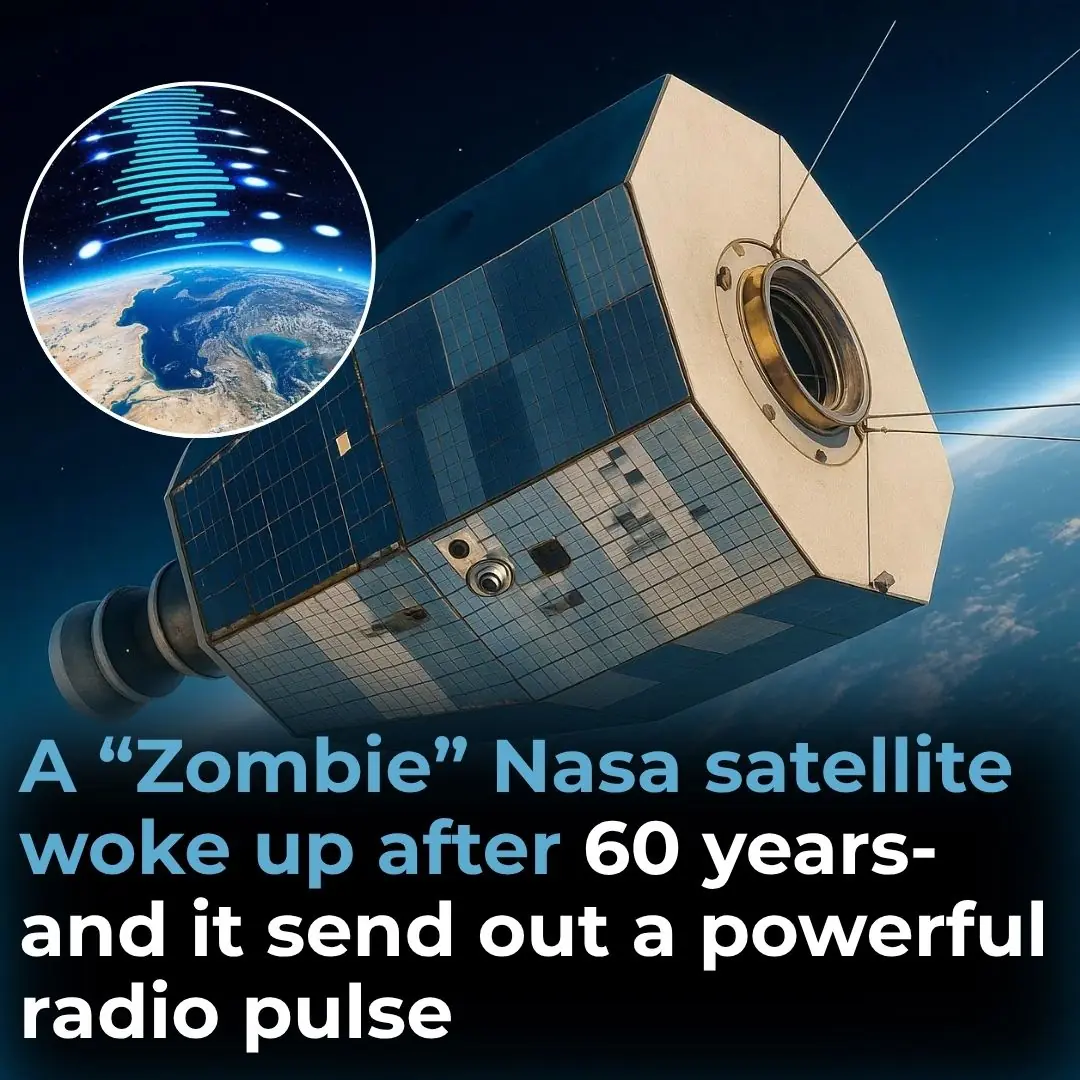
A ‘Zombie’ NASA Satellite Woke Up After 60 Years—And It Sent Out A Powerful Radio Pulse
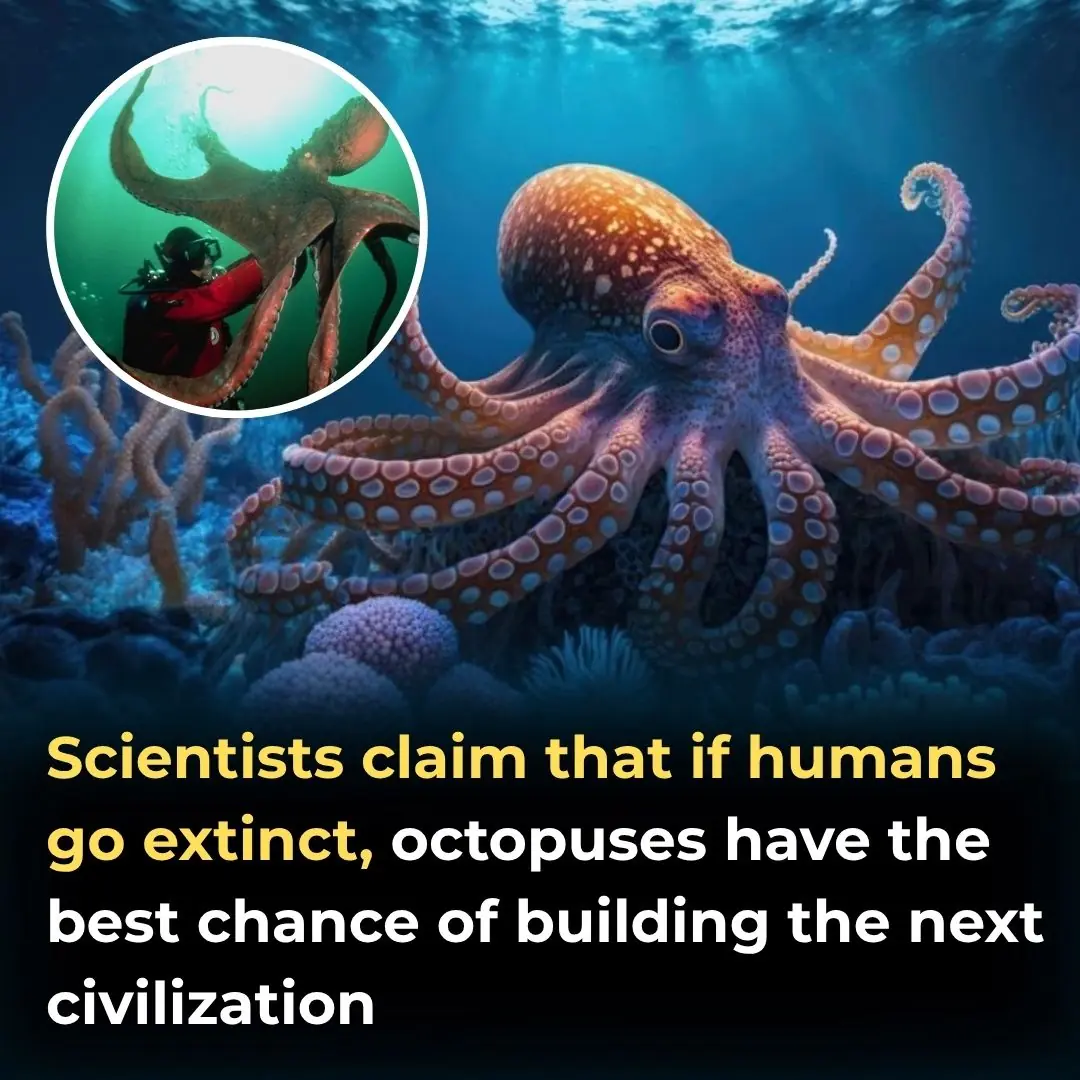
Scientists Claim That If Humans Go Extinct, Octopuses Have The Best Chance Of Building The Next Civilization
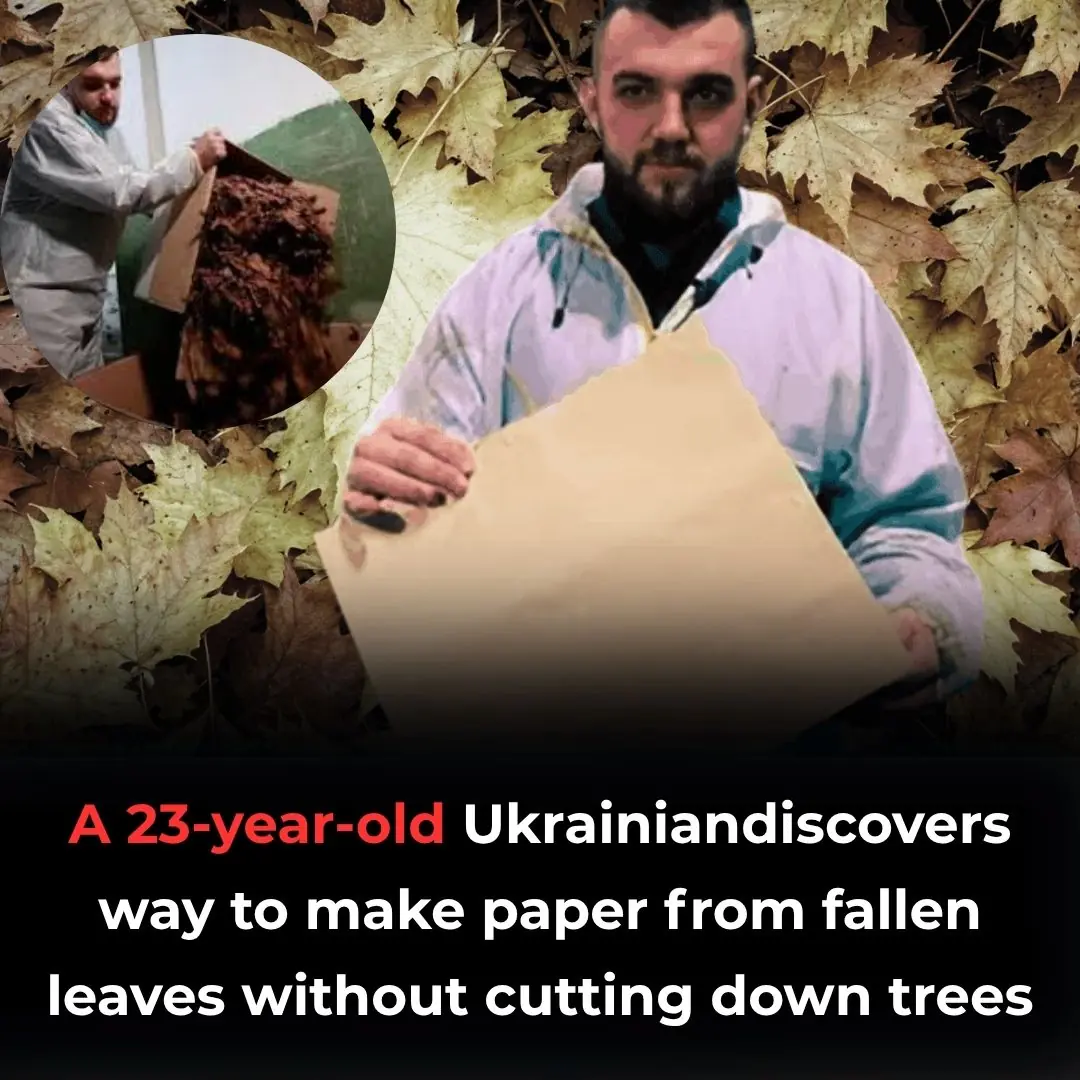
23-Year-Old Ukranian Discovers Way To Make Paper From Fallen Leaves Without Cutting Down Trees
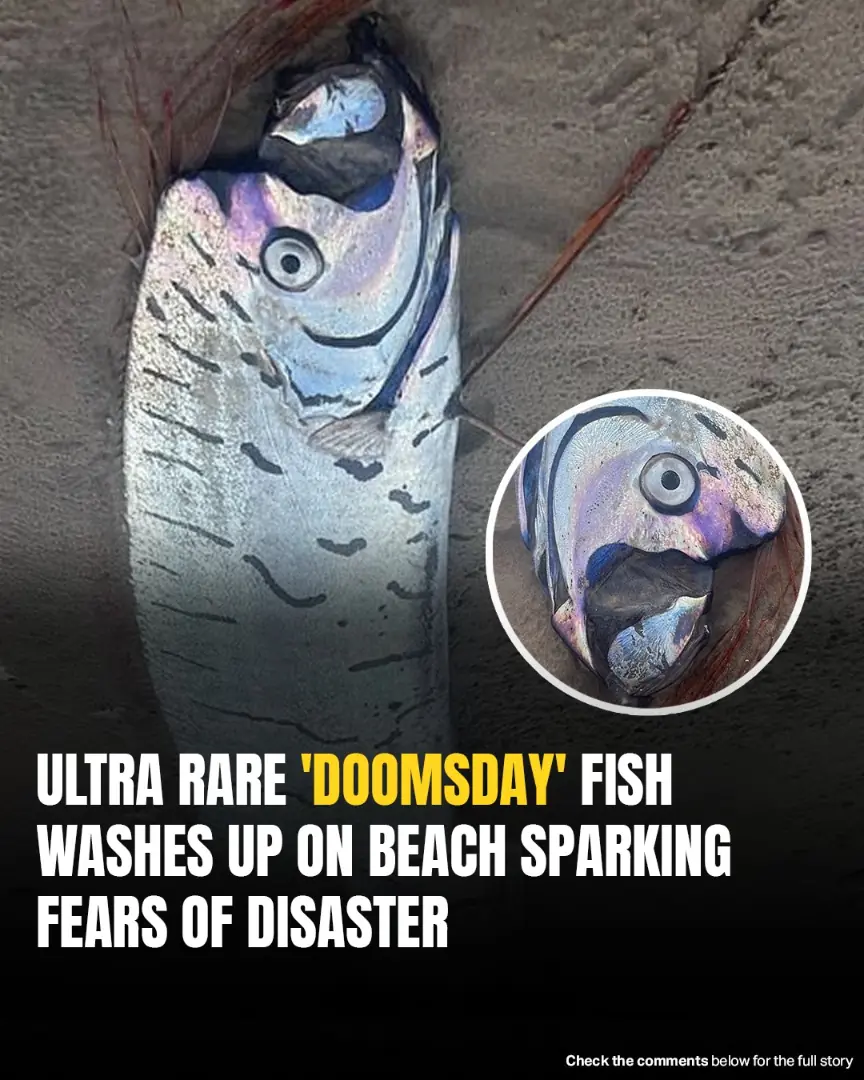
Rare ‘Doomsday’ Oarfish Washes Ashore In Tasmania, Igniting Superstitions Of Impending Disaster
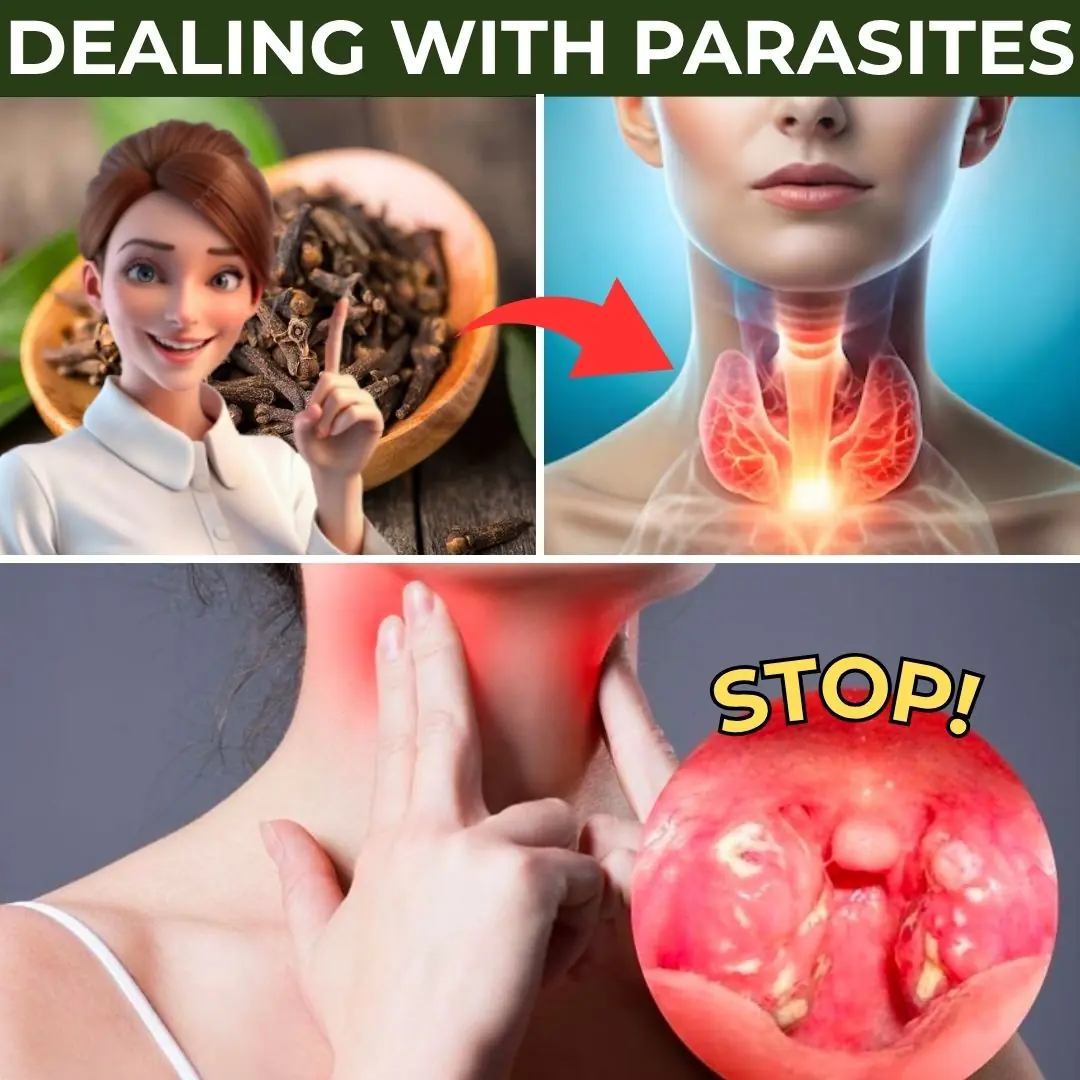
Sore Throat Relief: How Ginger Can Soothe Your Throat Naturally

If You Know These 11 Benefits of Tamarind, You'll Want to Eat It More Often

No one knows why 13 trucks are blocking the highway, when the truth is revealed, tears flow
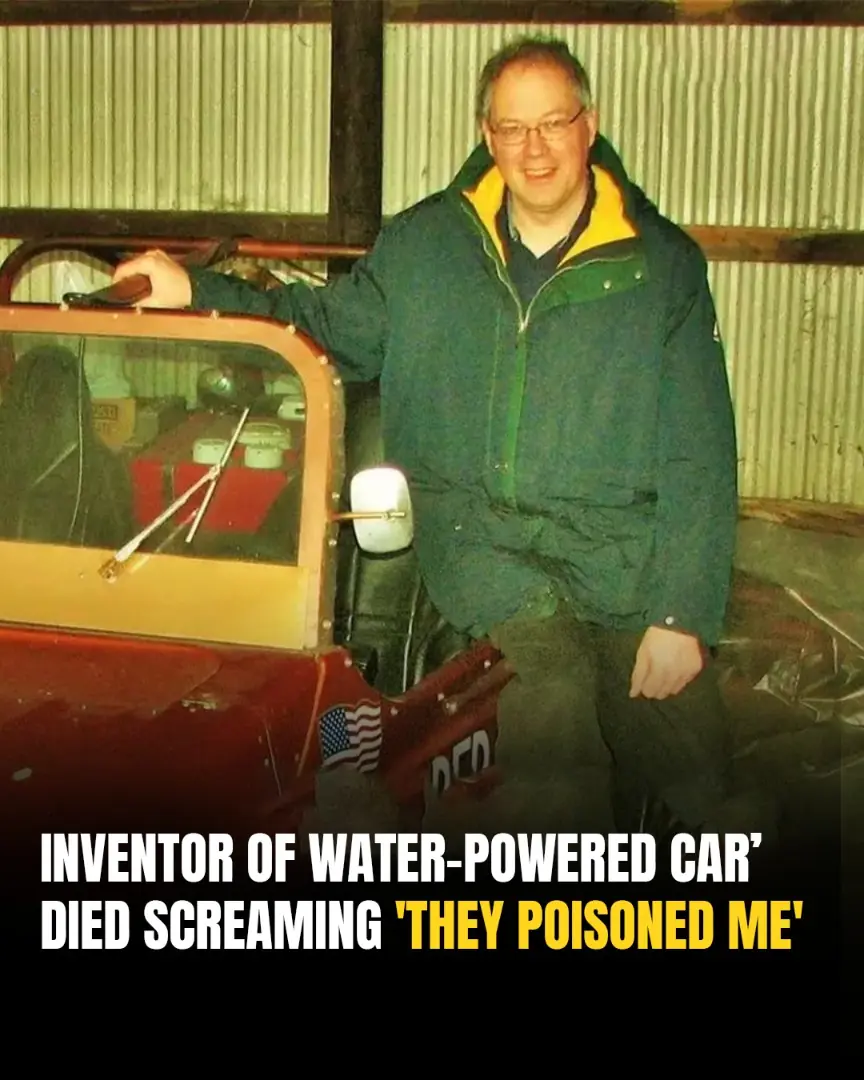
Controversial Inventor’s Mysterious Death Sparks Debate Over Alternative Energy Suppression

Nuclear Strike Survival Guide: The First 10 Minutes Could Save Your Life
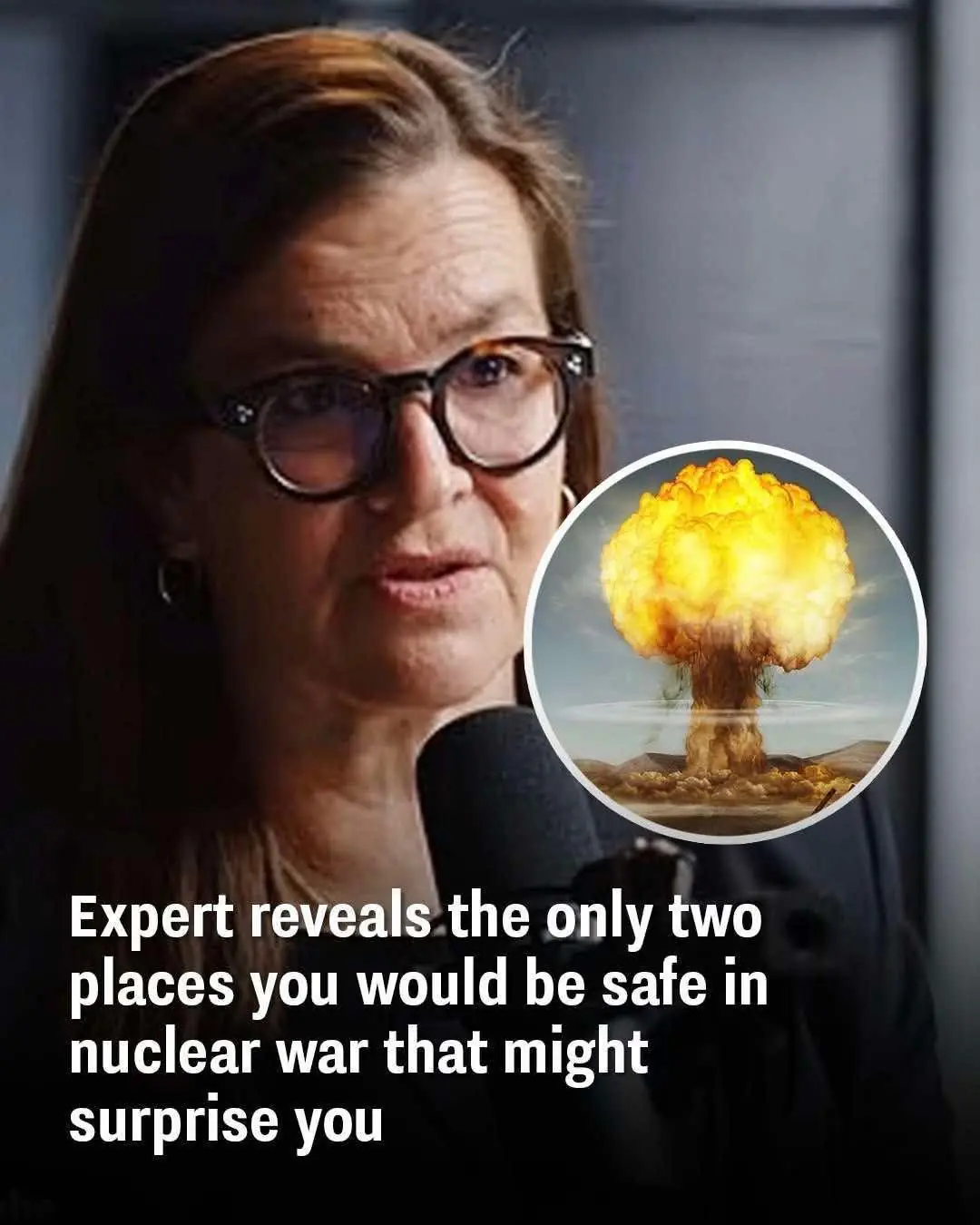
Only two places are safe in a nuclear war, expert says
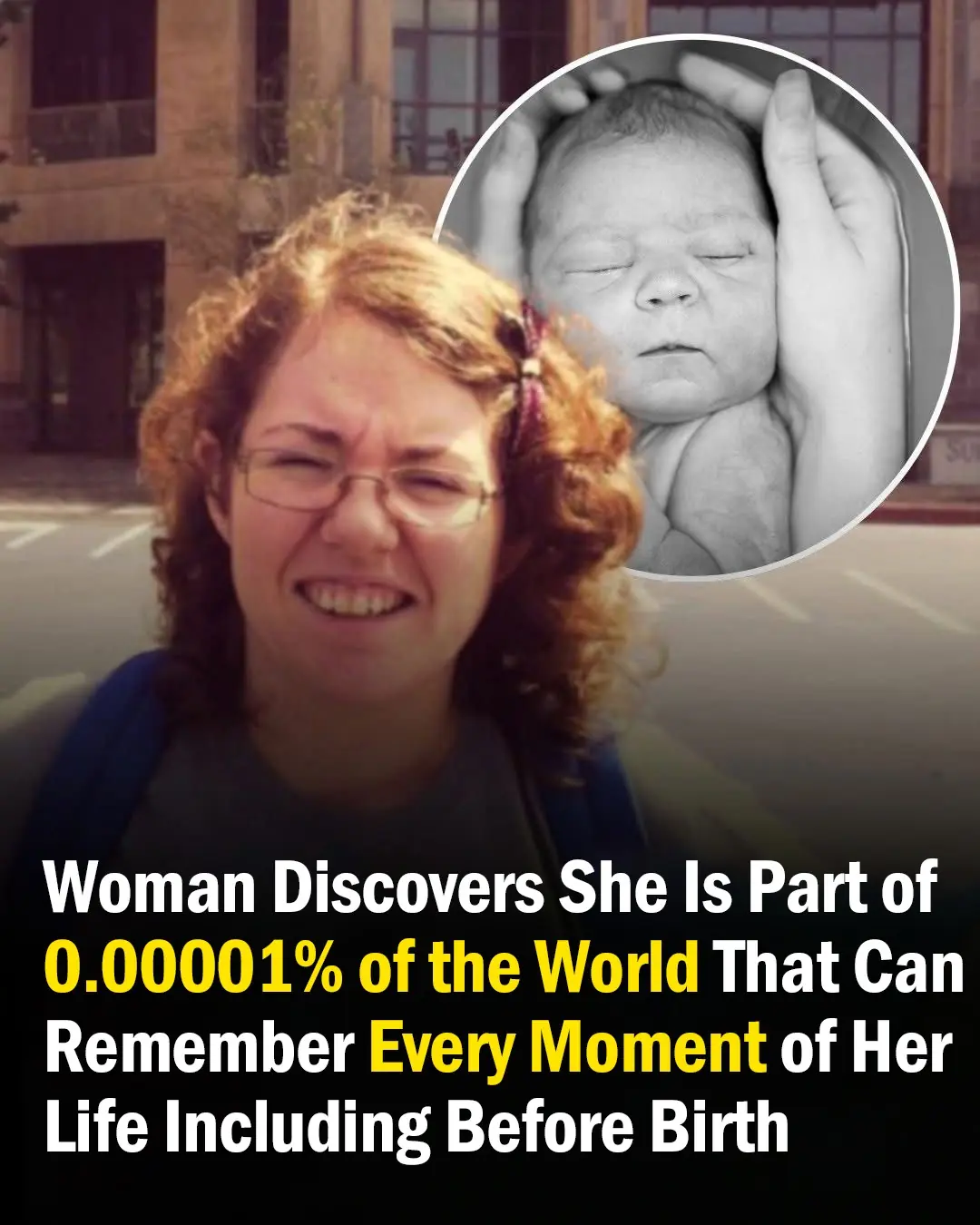
Woman Claims to Be Part of the 0.00001% Who Remembers Every Moment of Her Life—Including Before Birth

Say Goodbye to Varicose Veins Forever with This Simple Natural Oil!

Avocado After 50: Here’s What Happens After 7 Days of Use
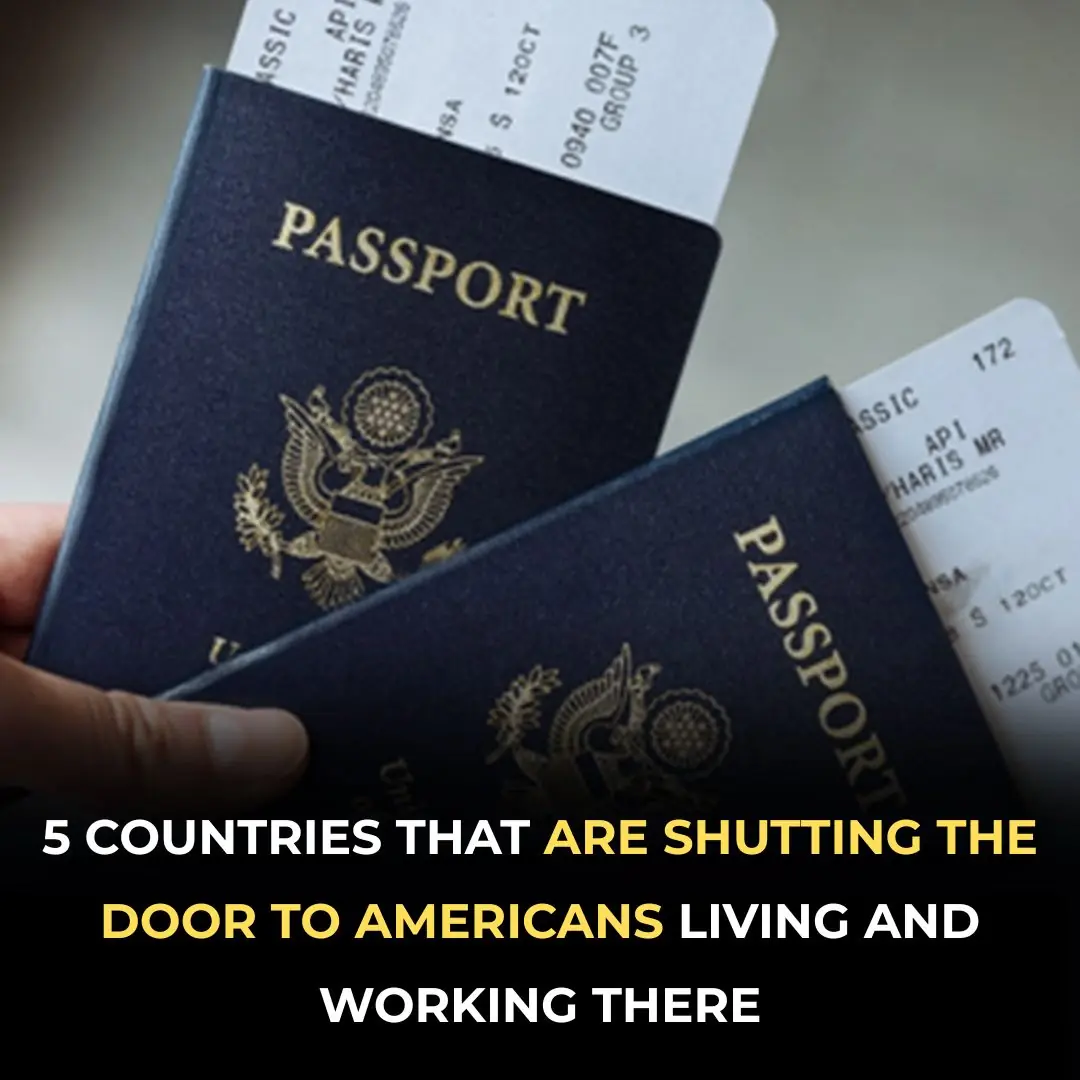
5 Countries Tighten Immigration Rules, Making It Tougher For Americans To Move Abroad
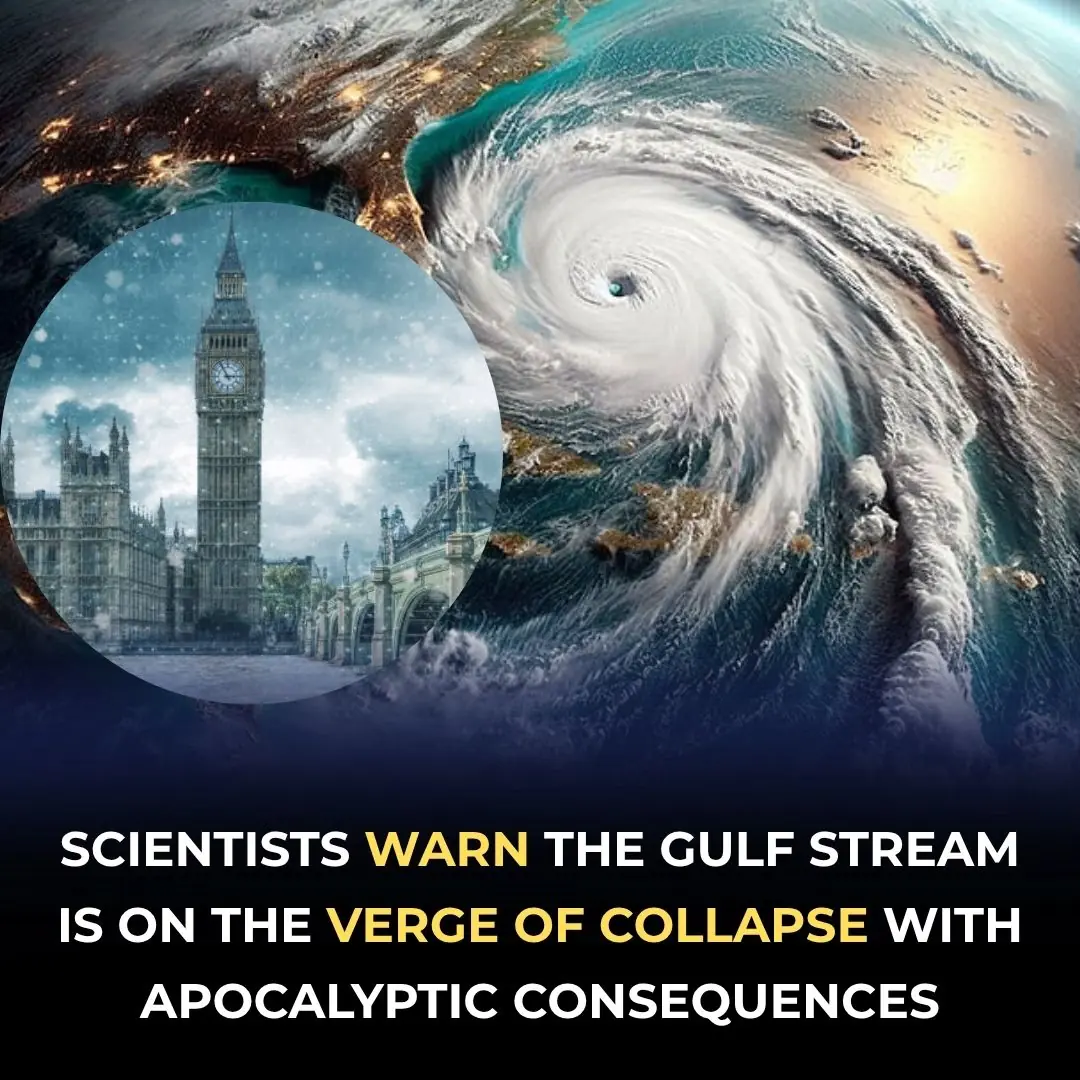
Gulf Stream On The Brink Of Collapse — Scientists Warn Of Global Catastrophe

Astonishing Cancer-Fighting Power of One Juice — Even Doctors Are Surprised
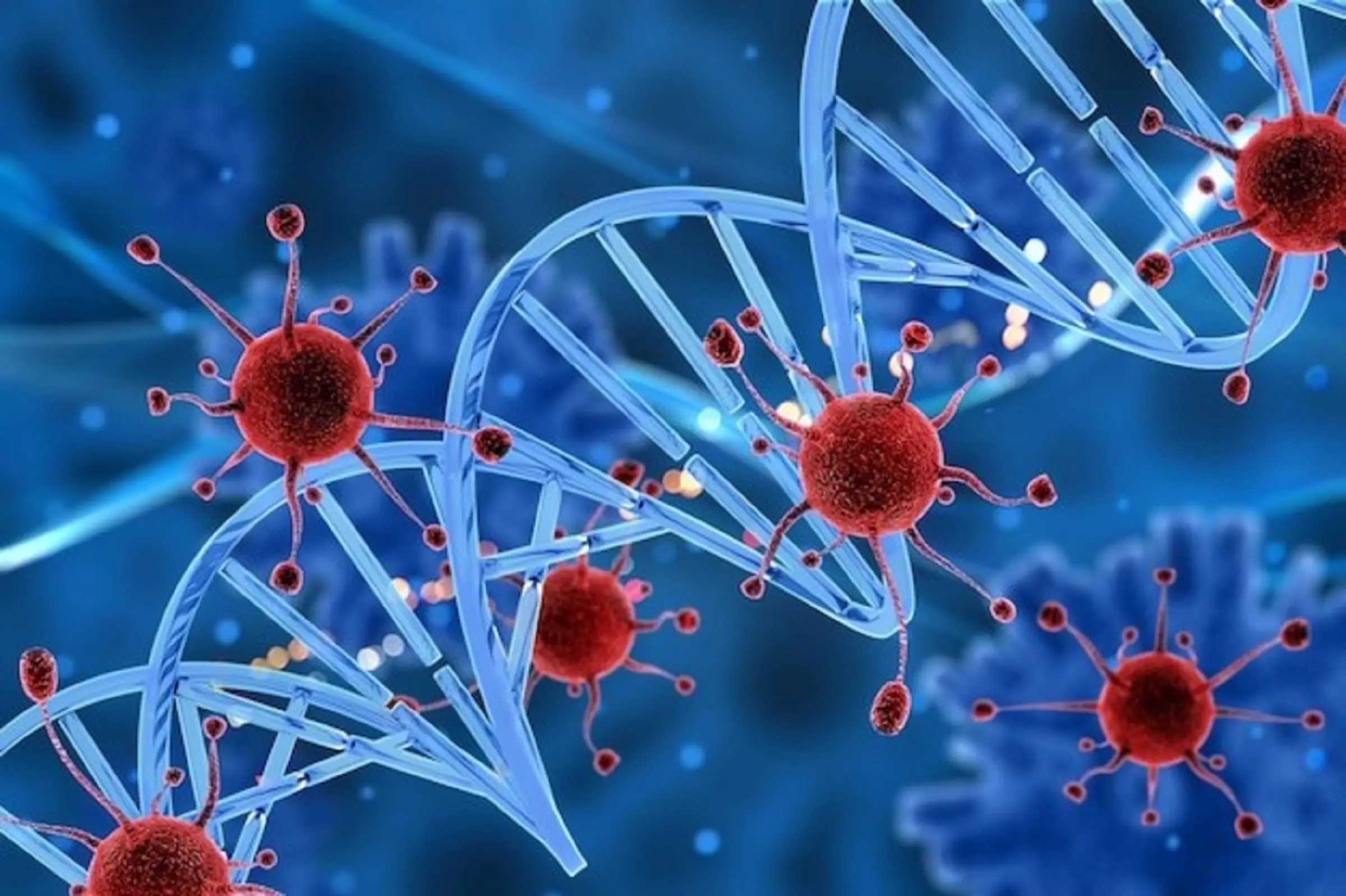
5 Types of Cancer with Over 90% Cure Rate: Early Signs Everyone Should Pay Attention To

Doctor's Advice: Whether You're Rich or Poor, Never Eat These 3 Foods for Breakfast – They Can Lead to Aggressive Cancer
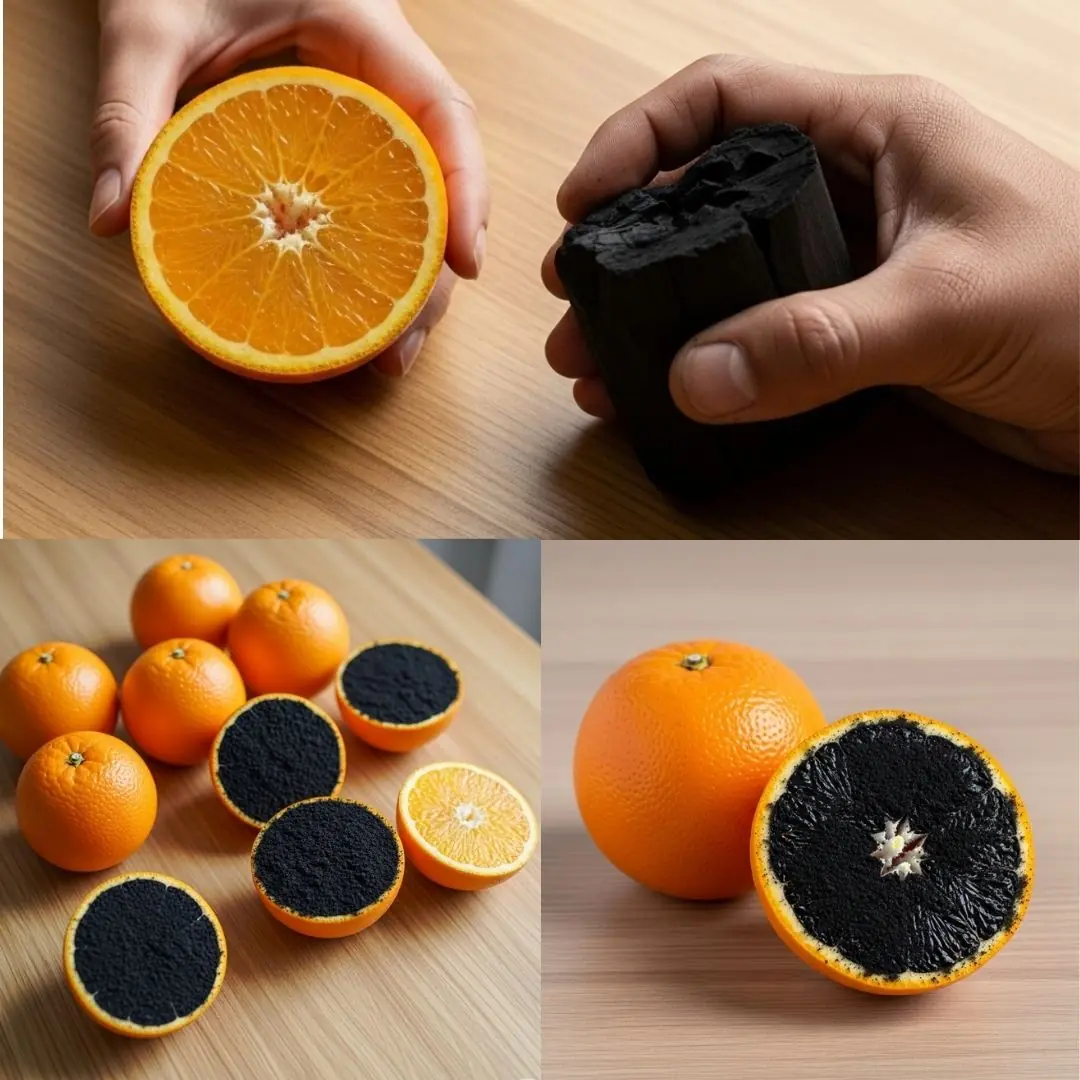
Lemon and Charcoal: A Natural Skin Care Secret to Save Money and Glow
